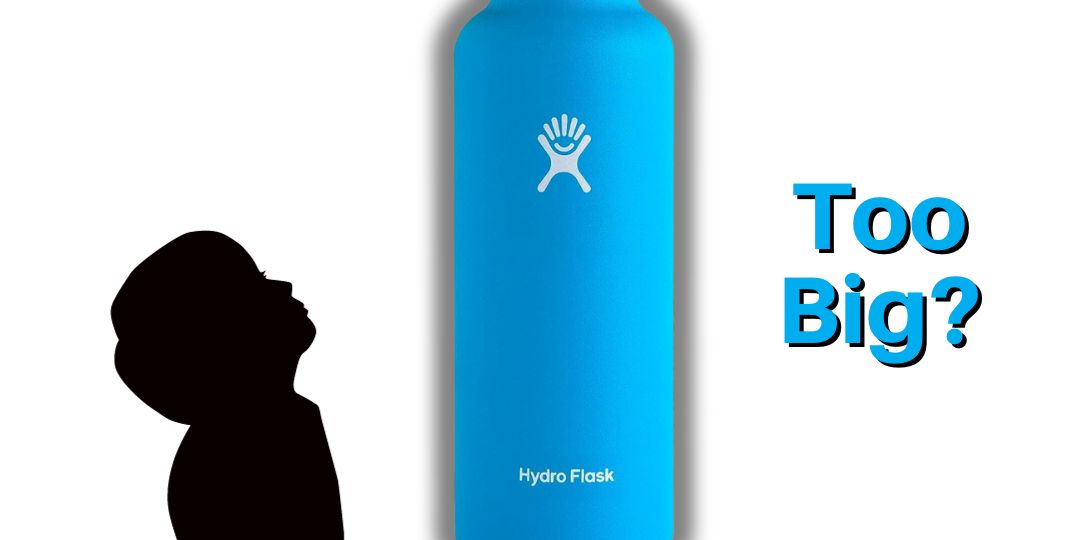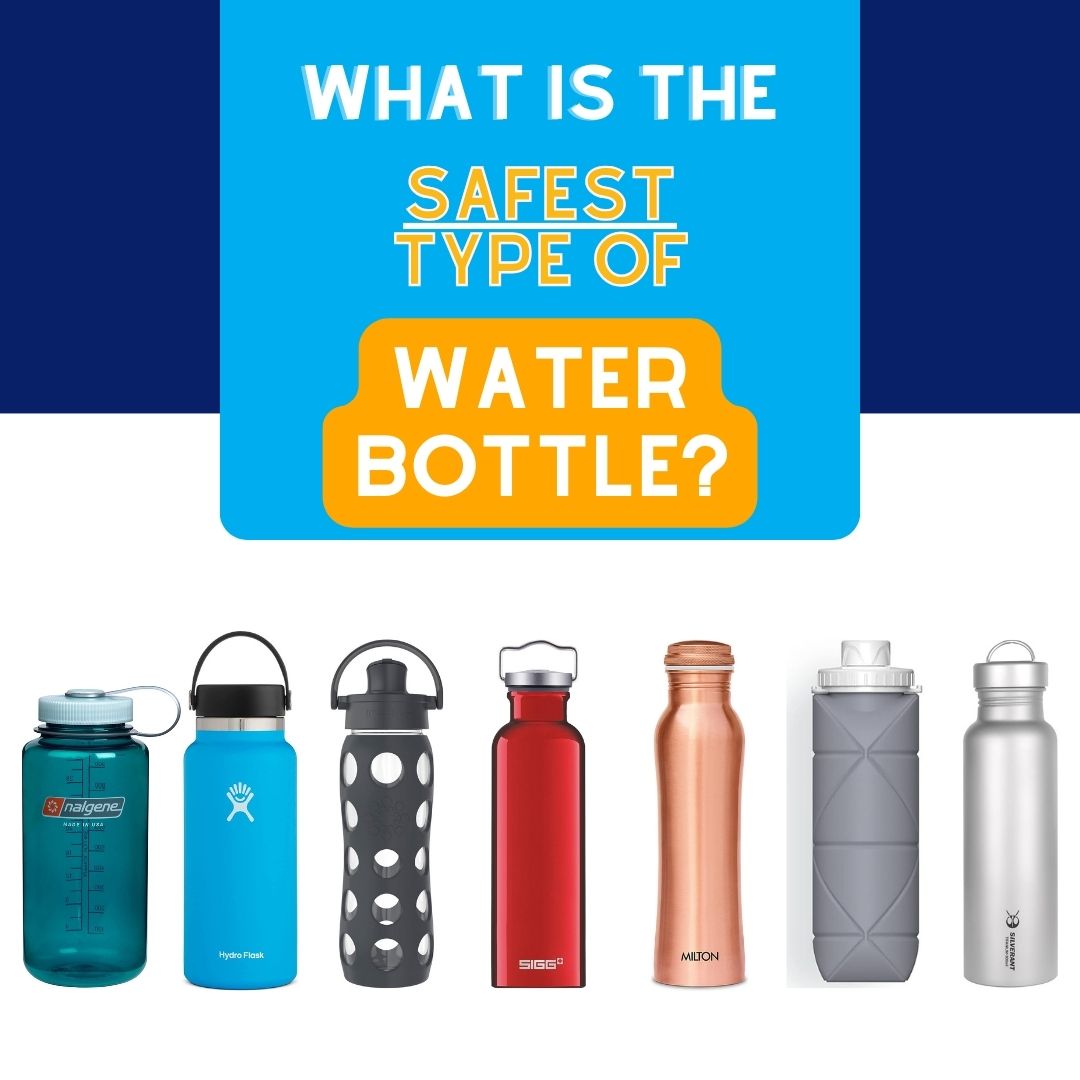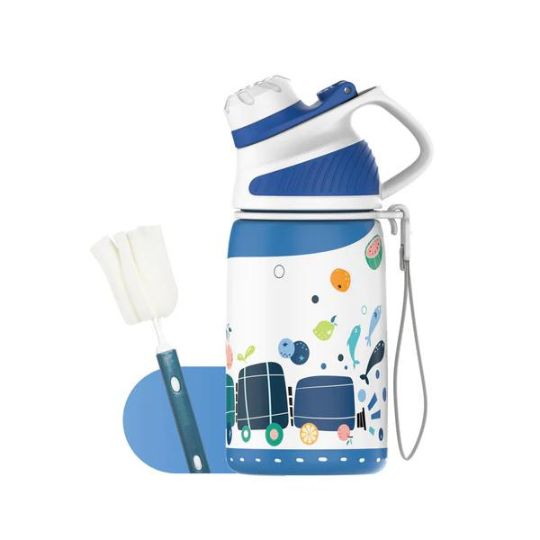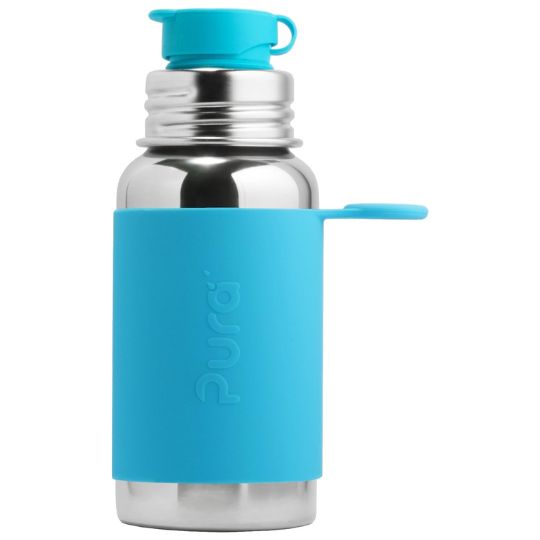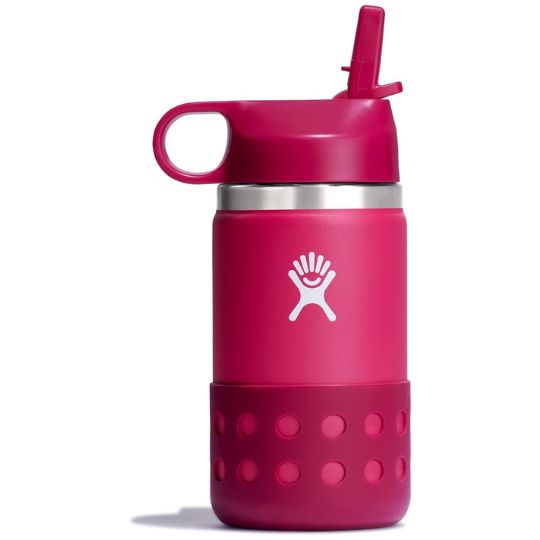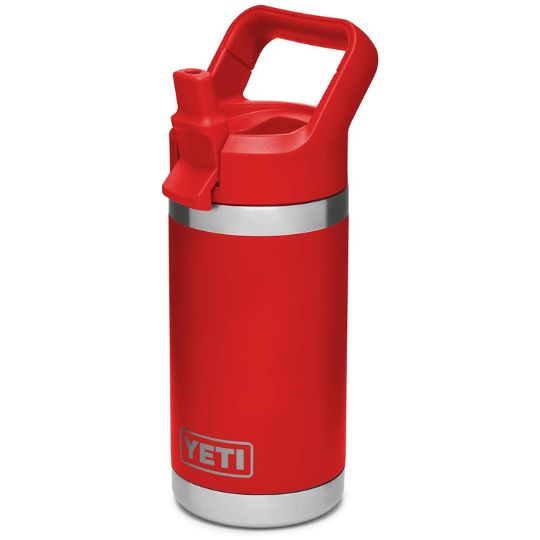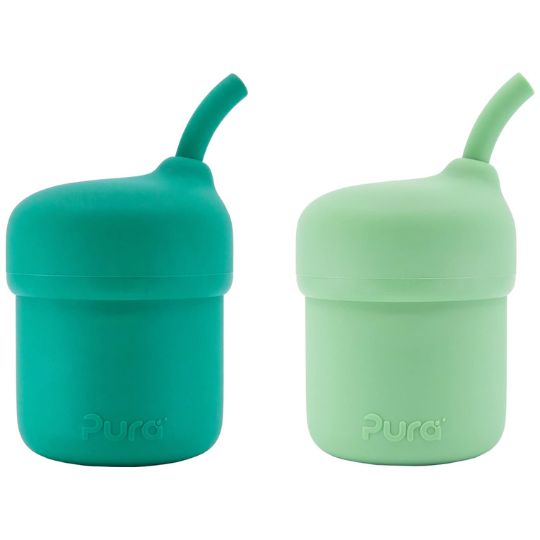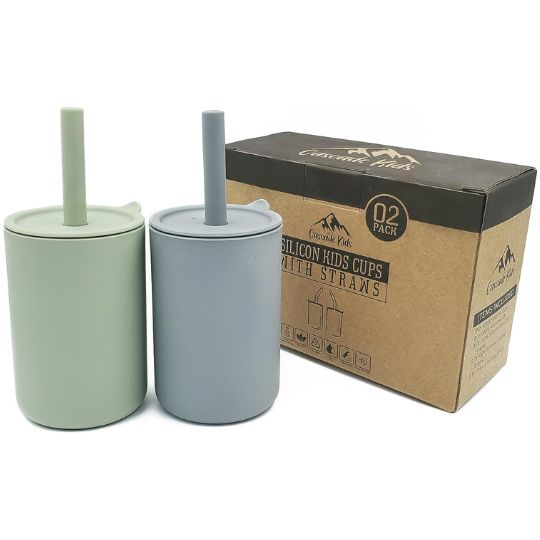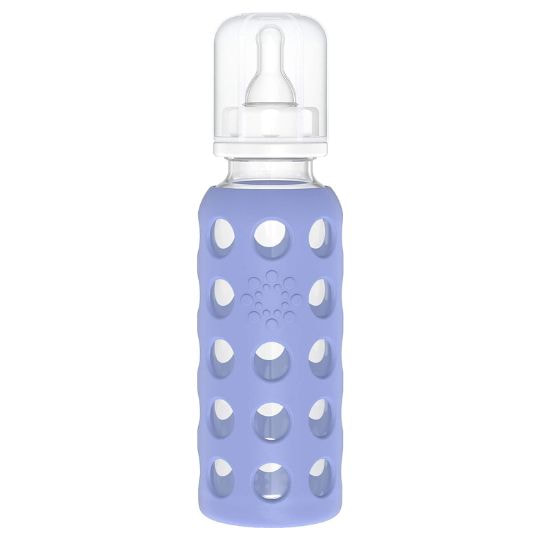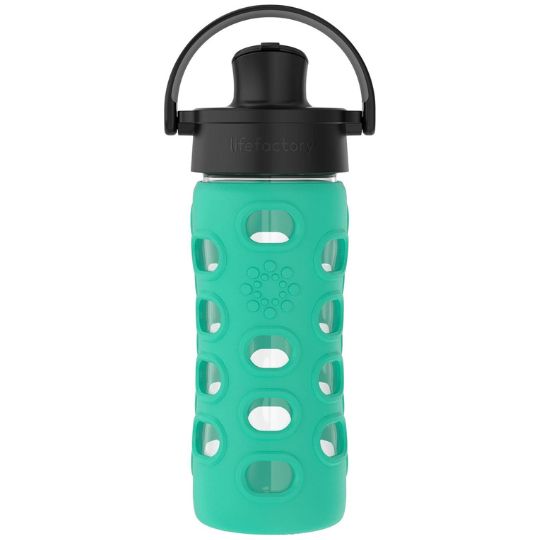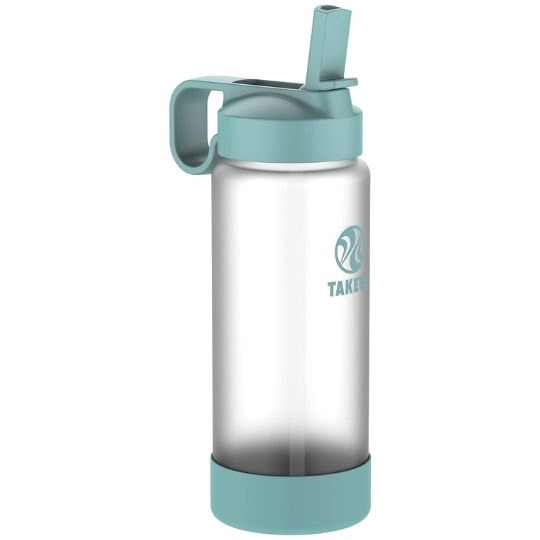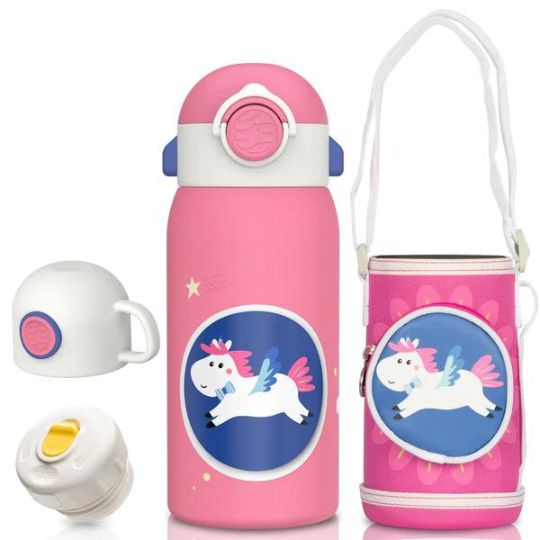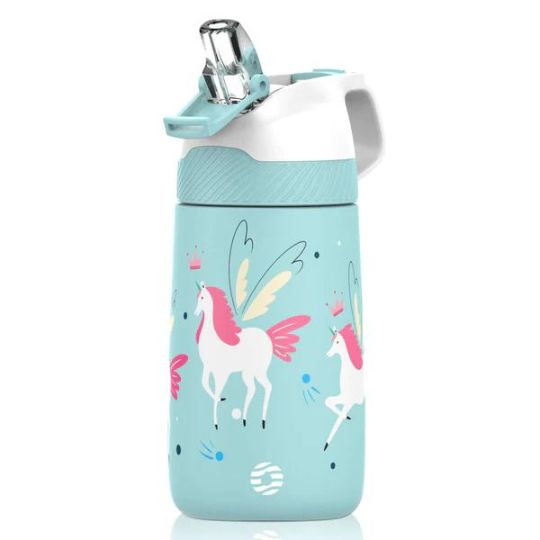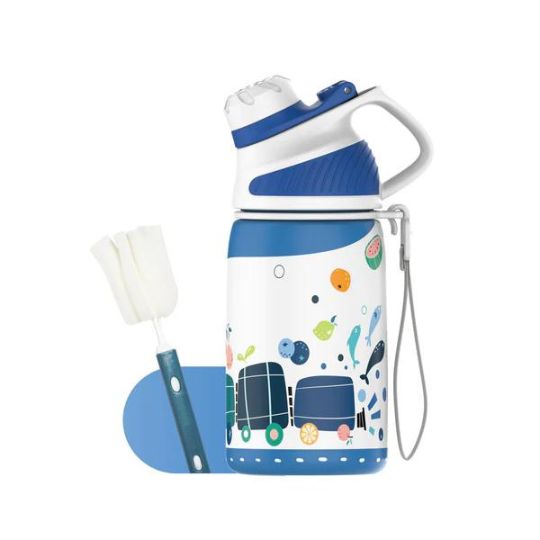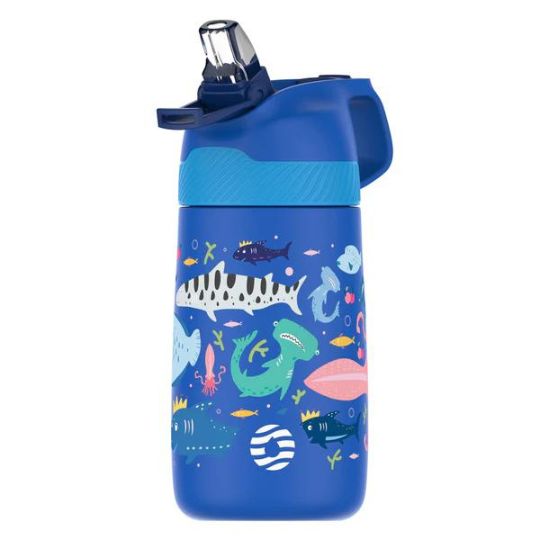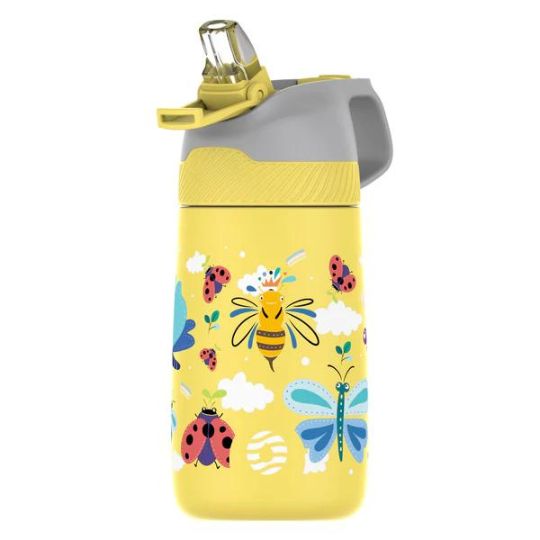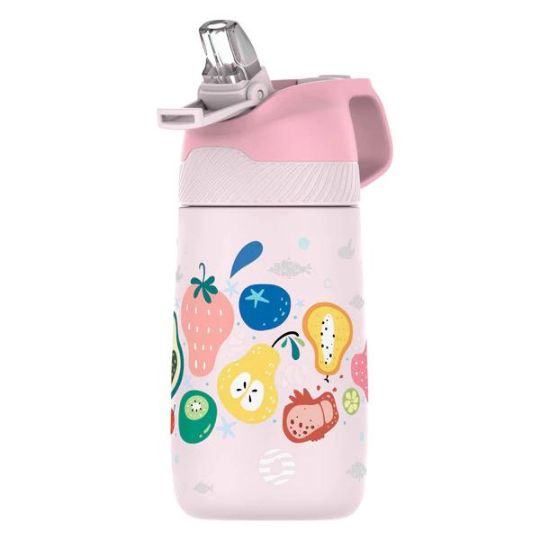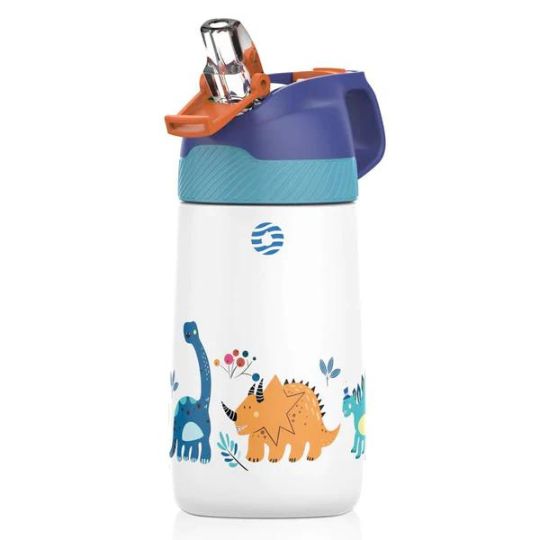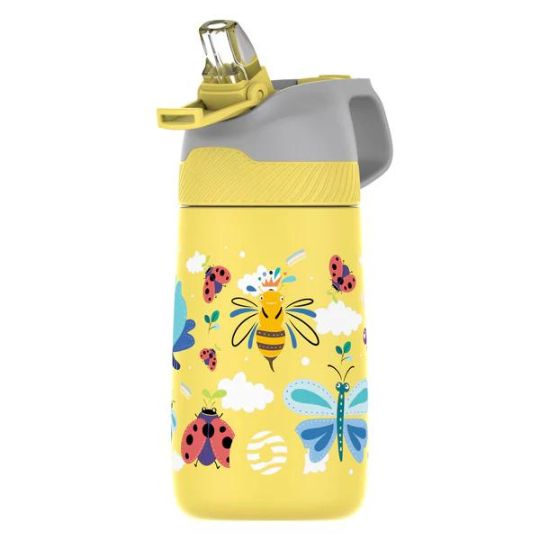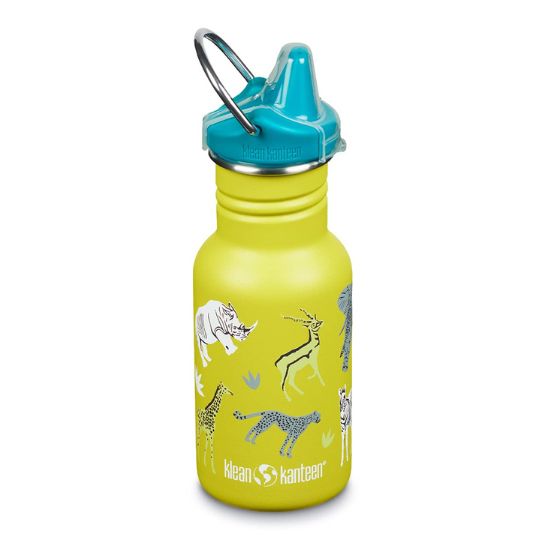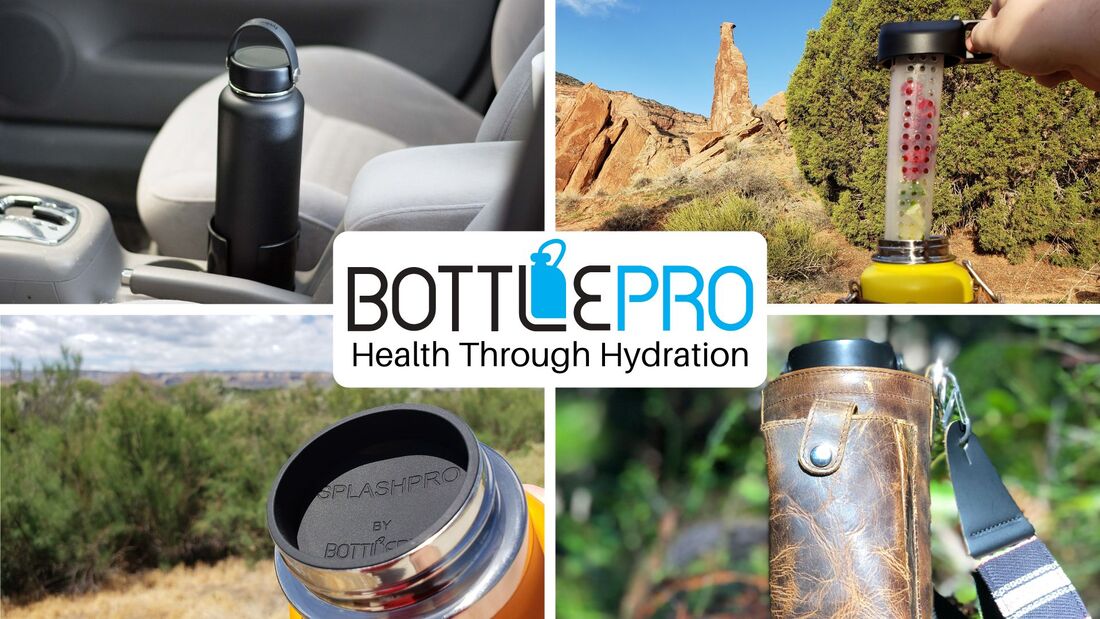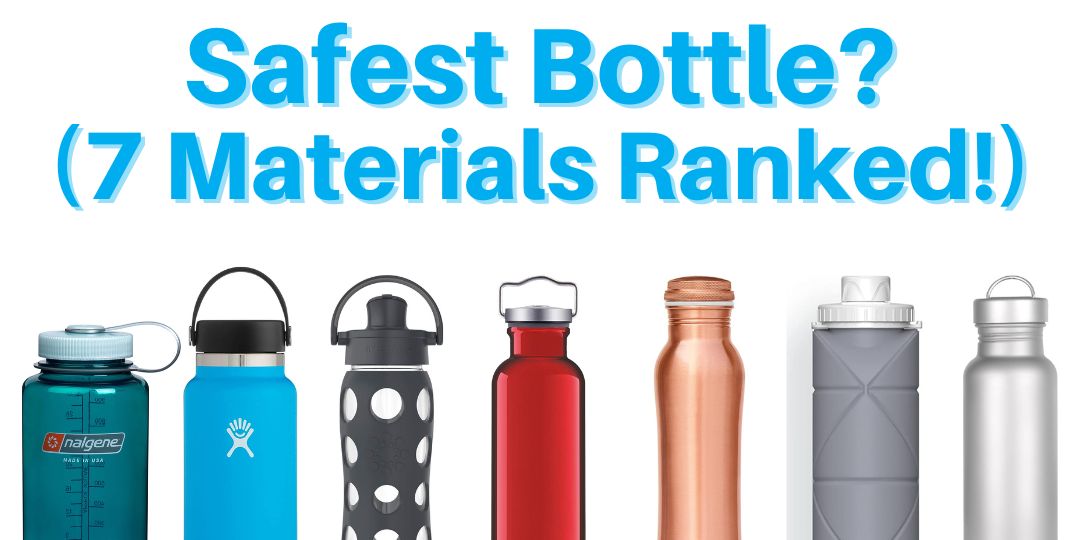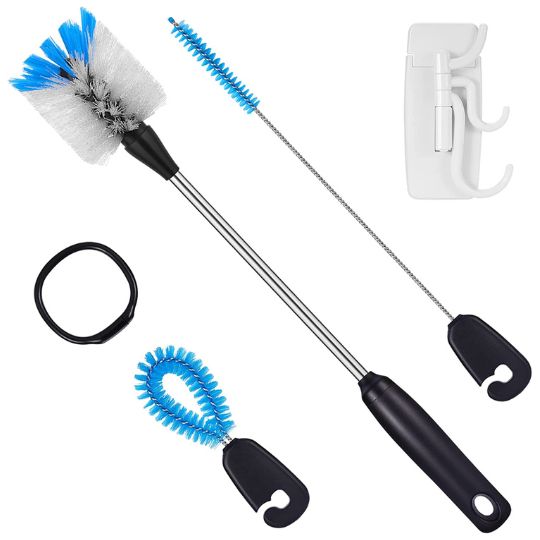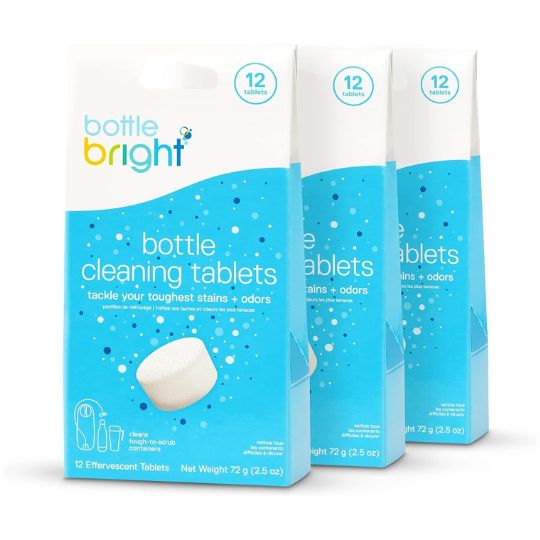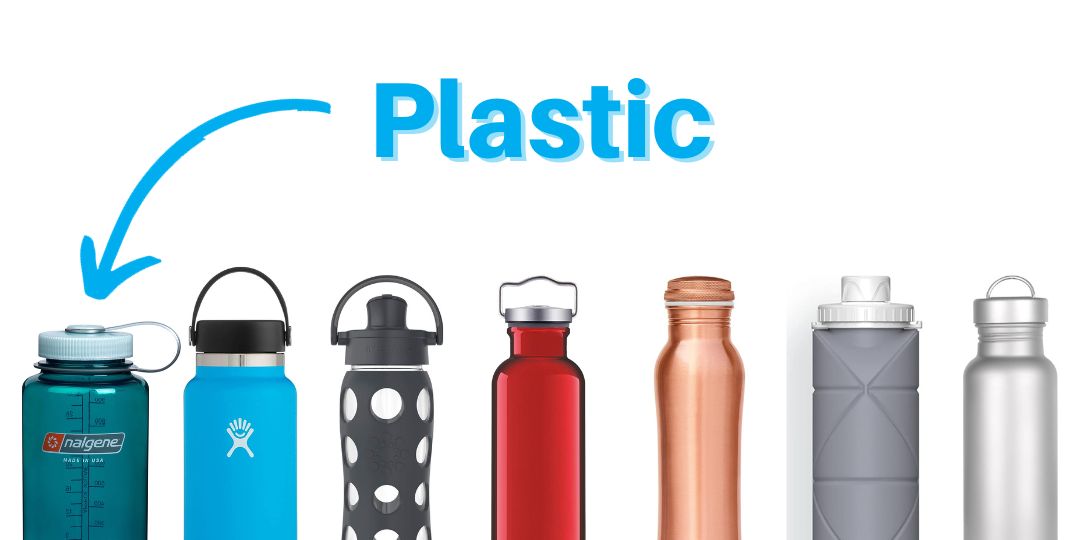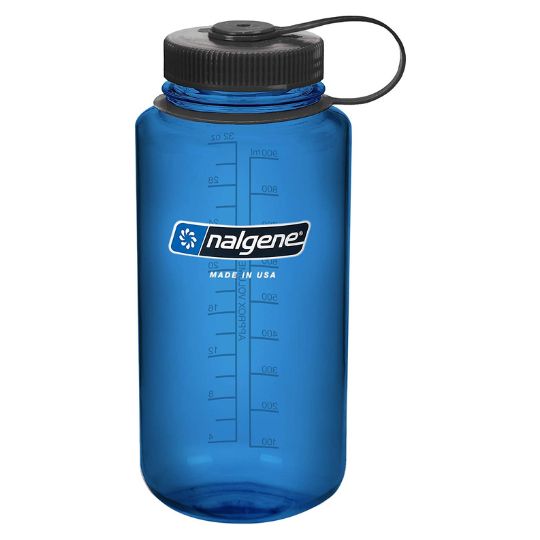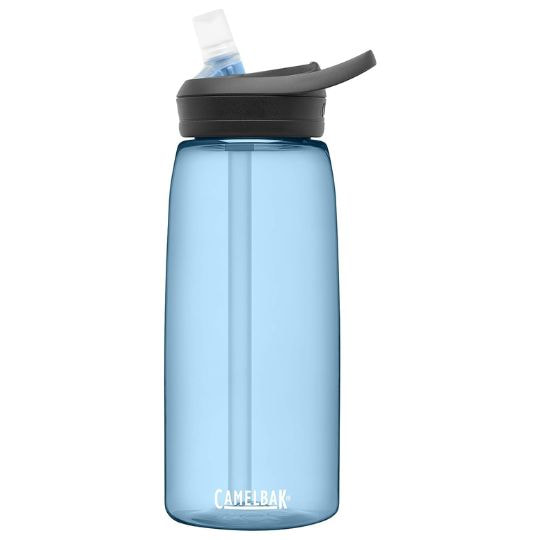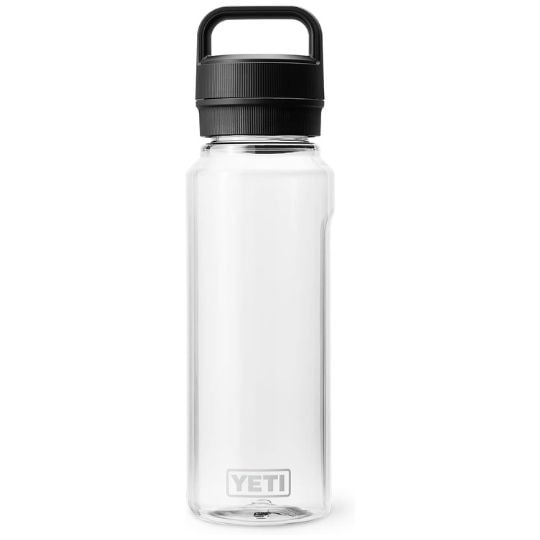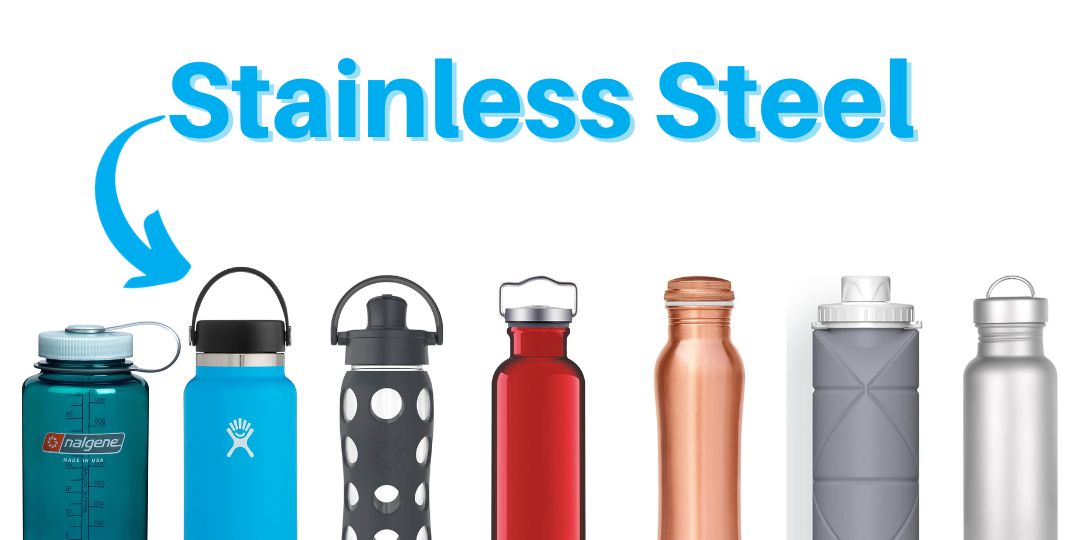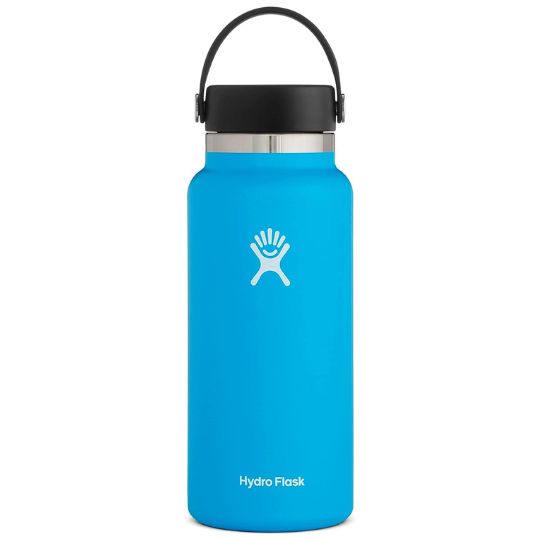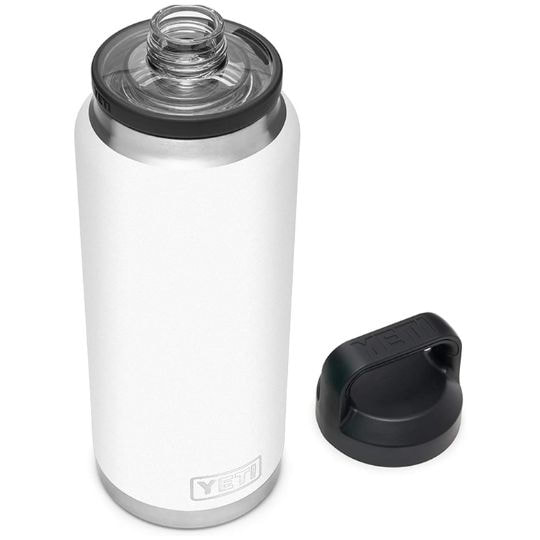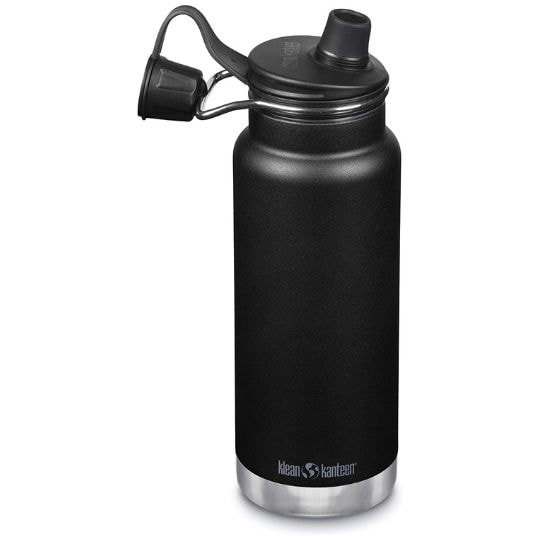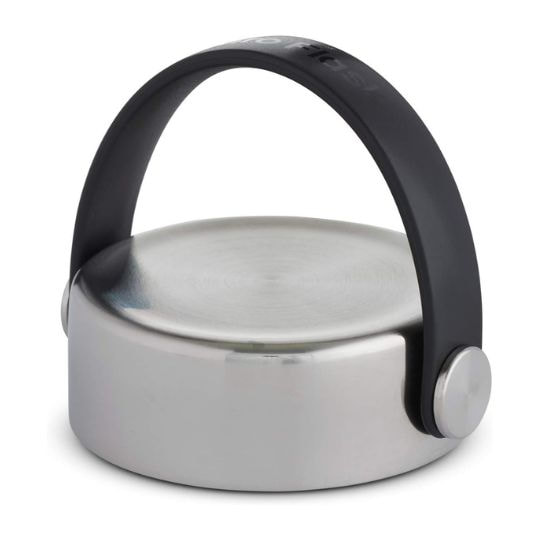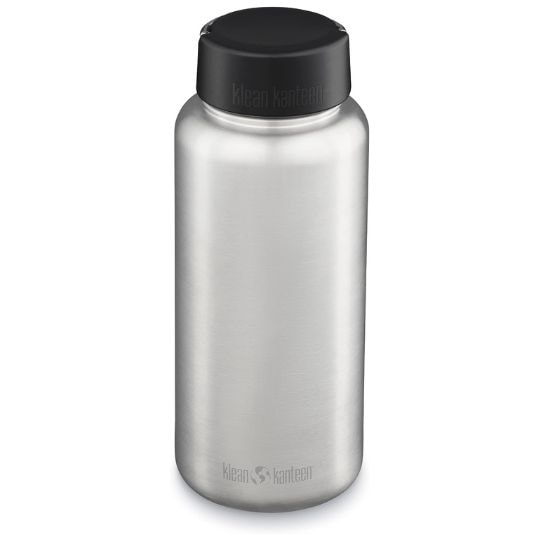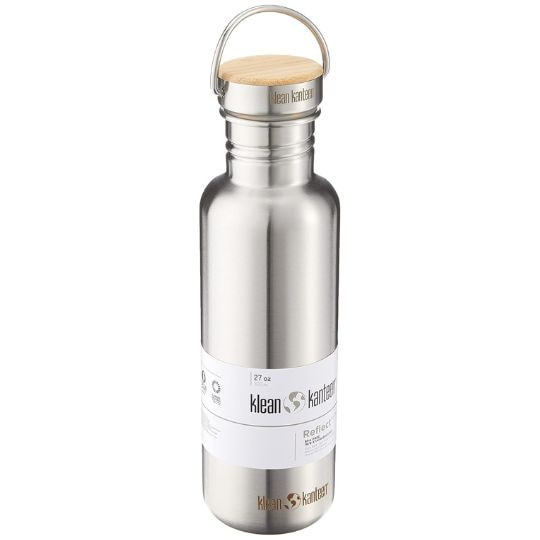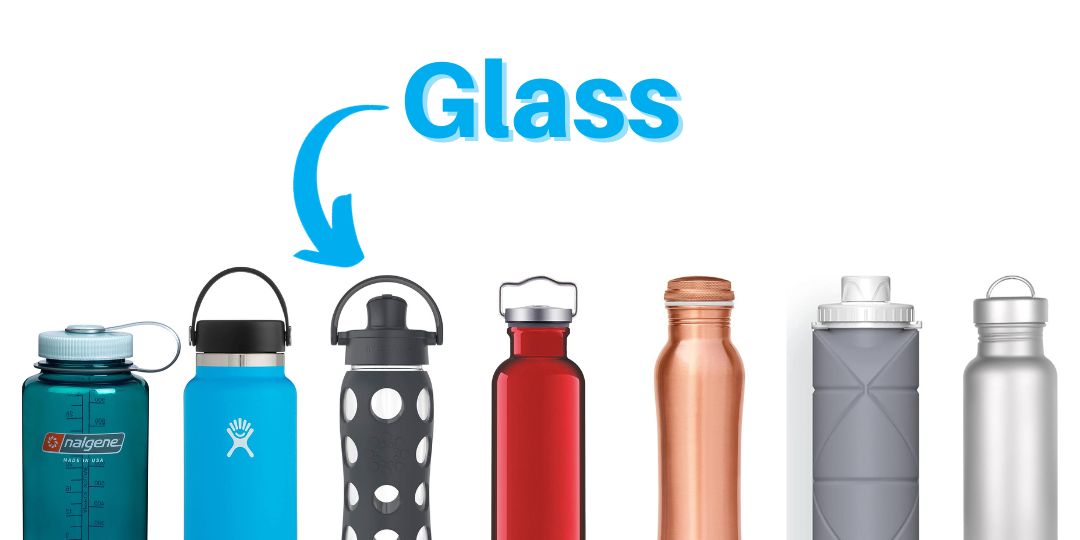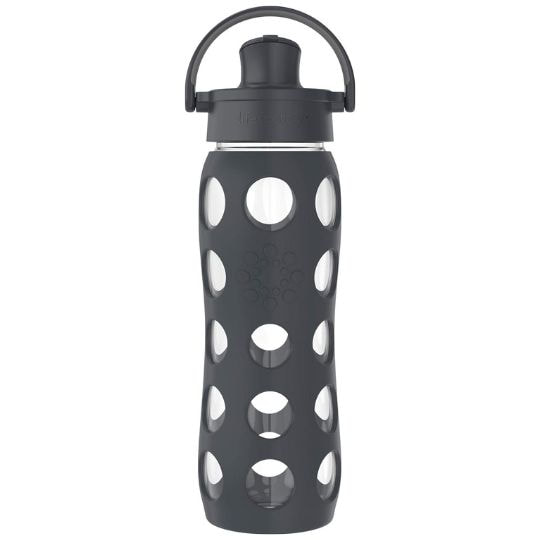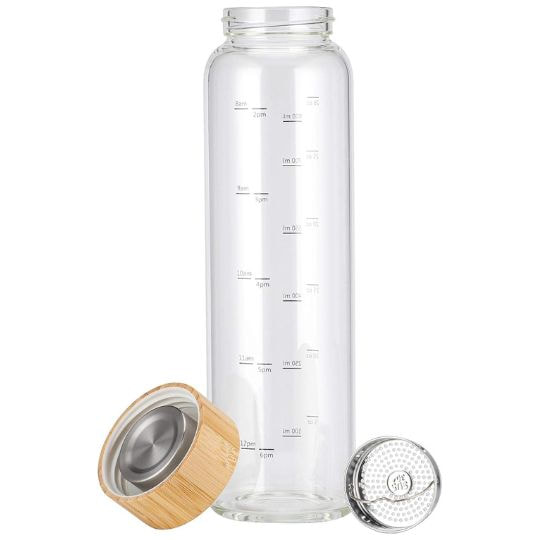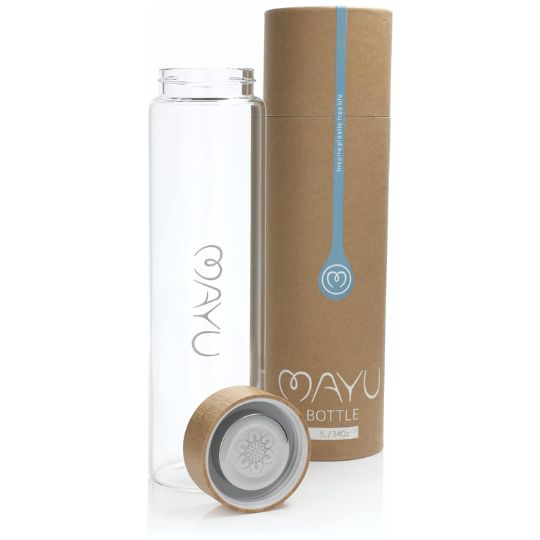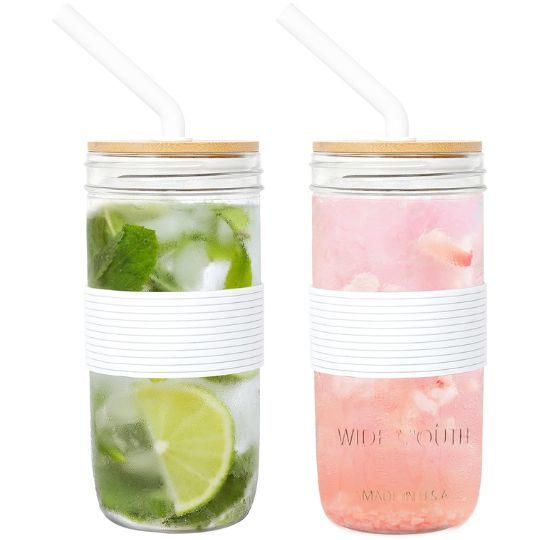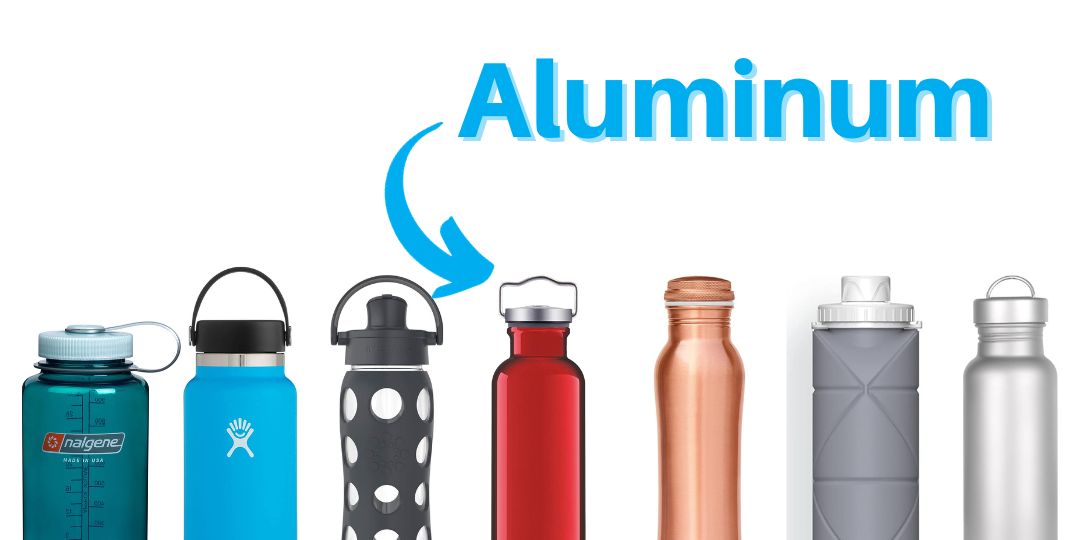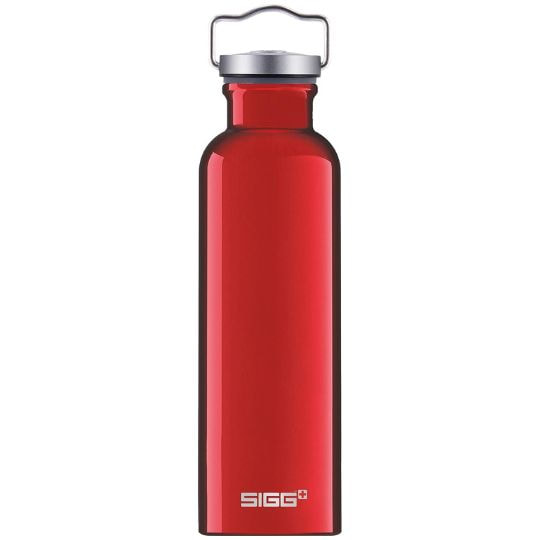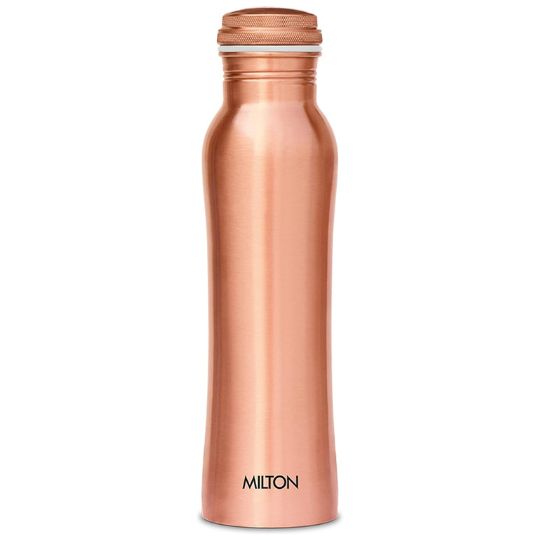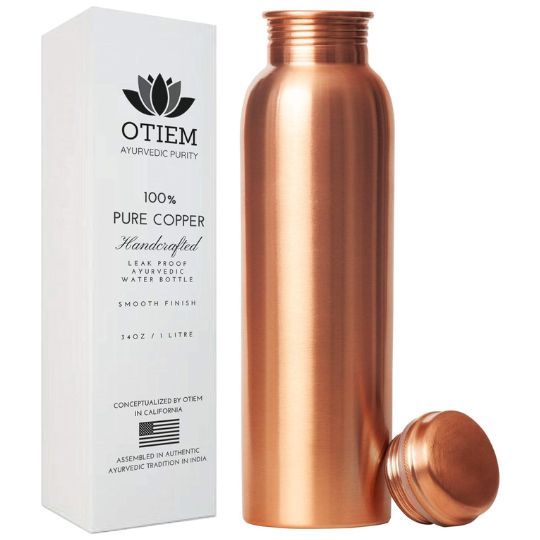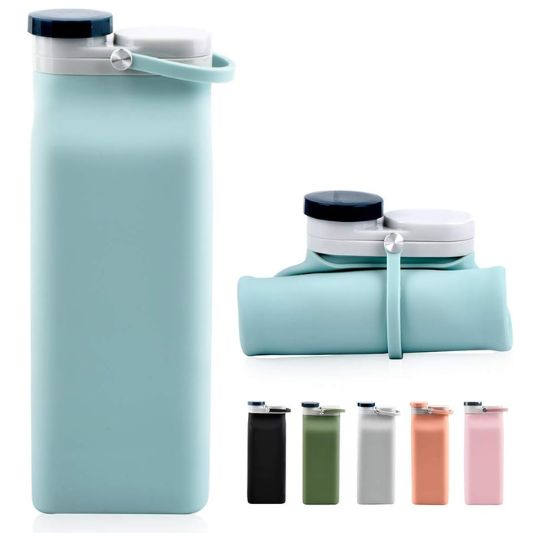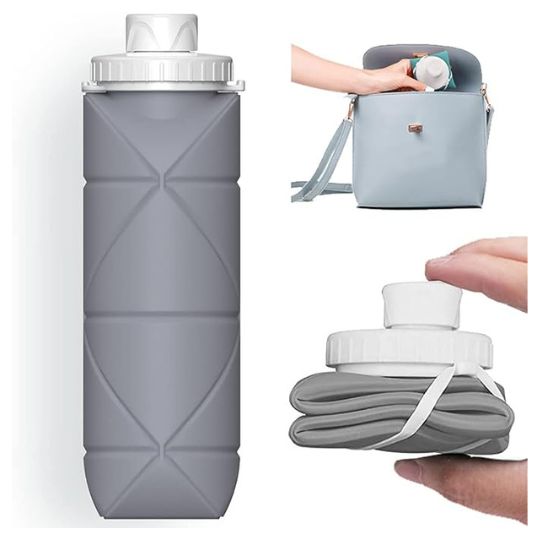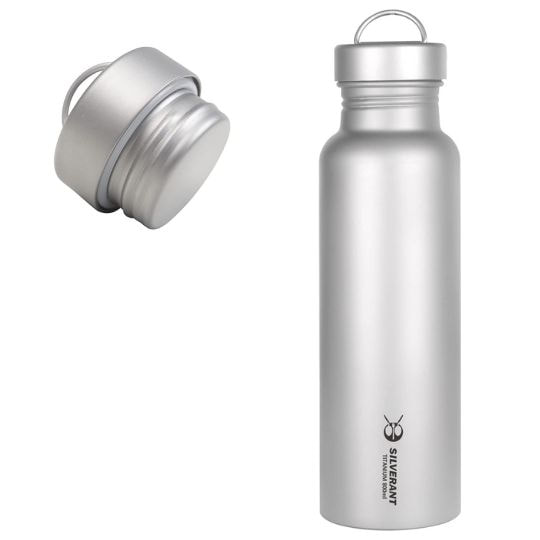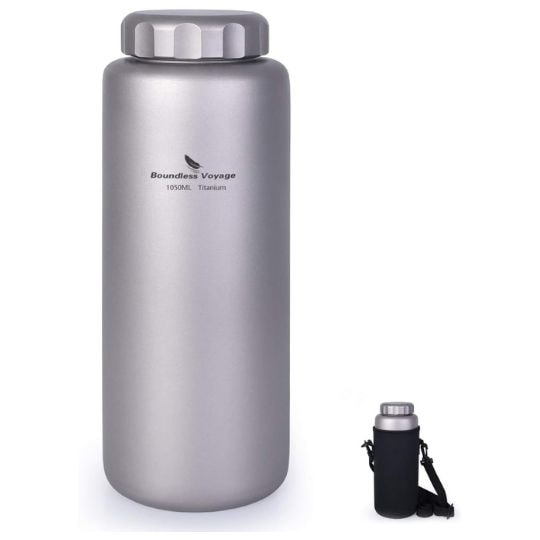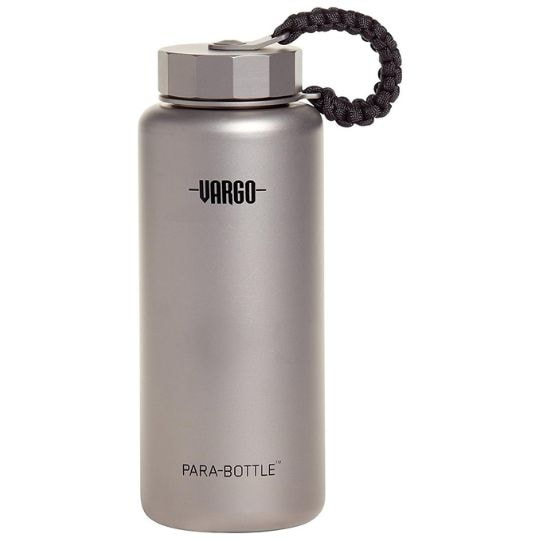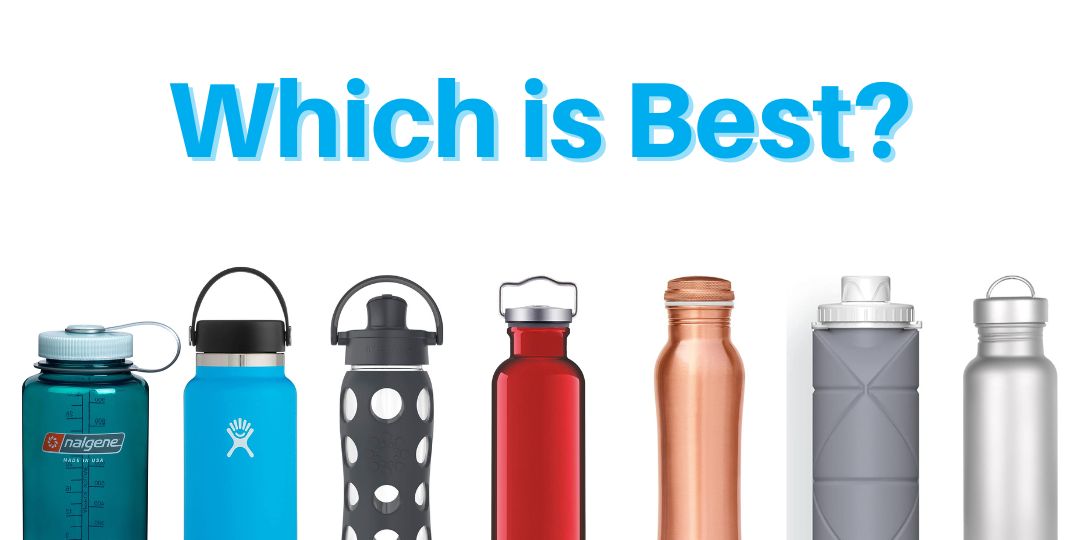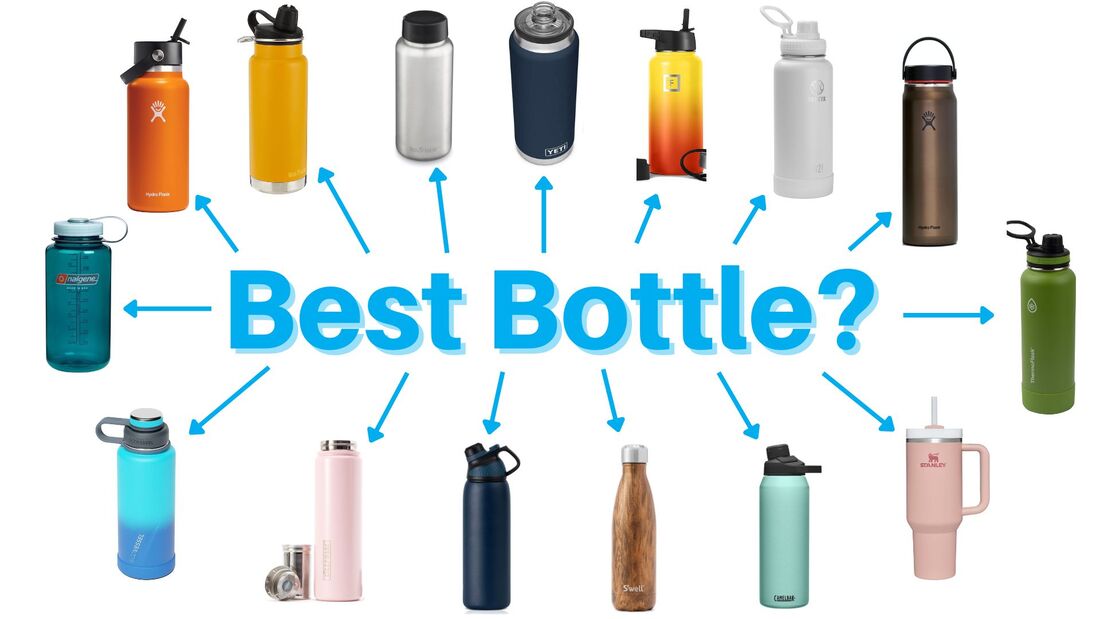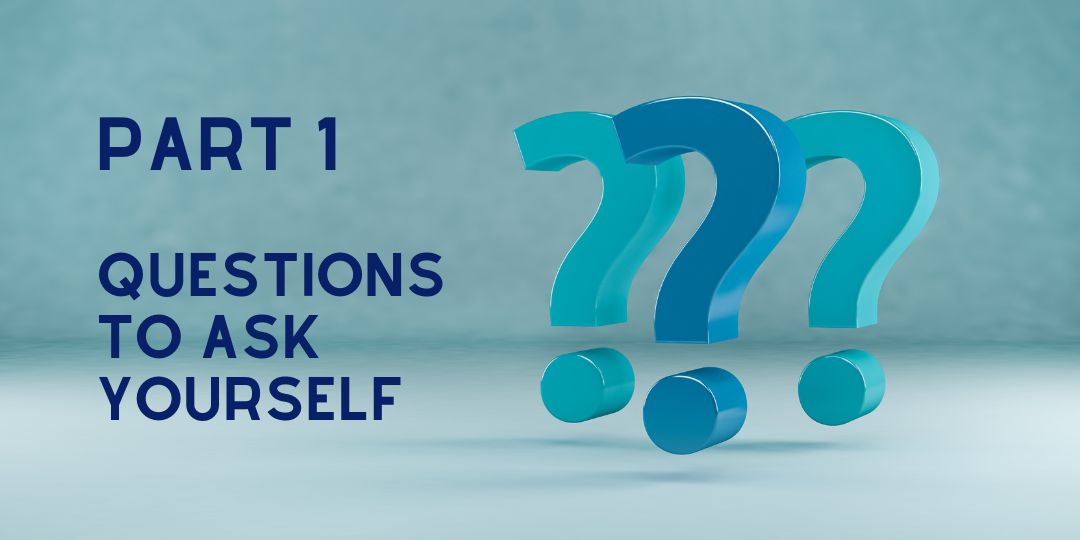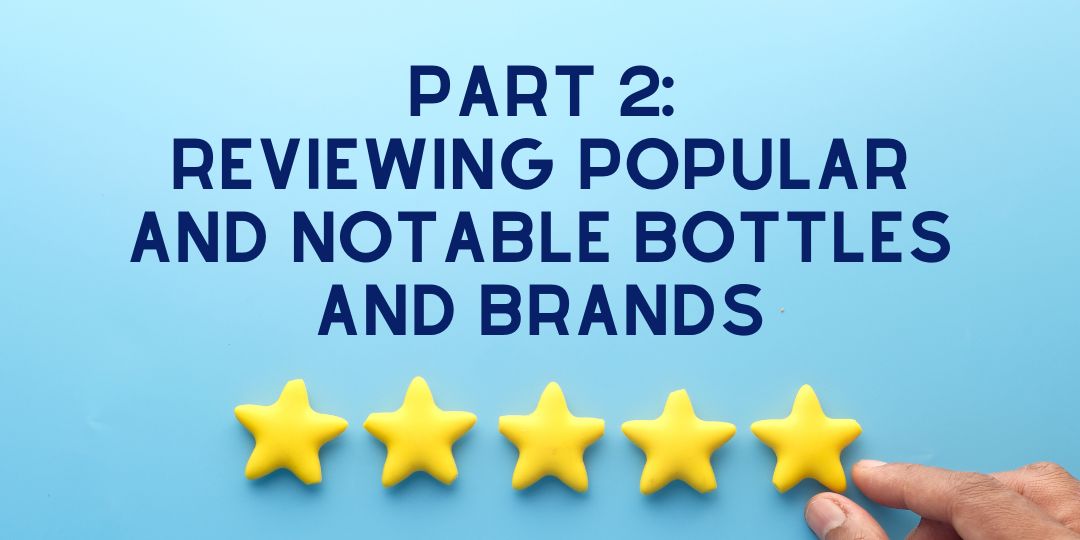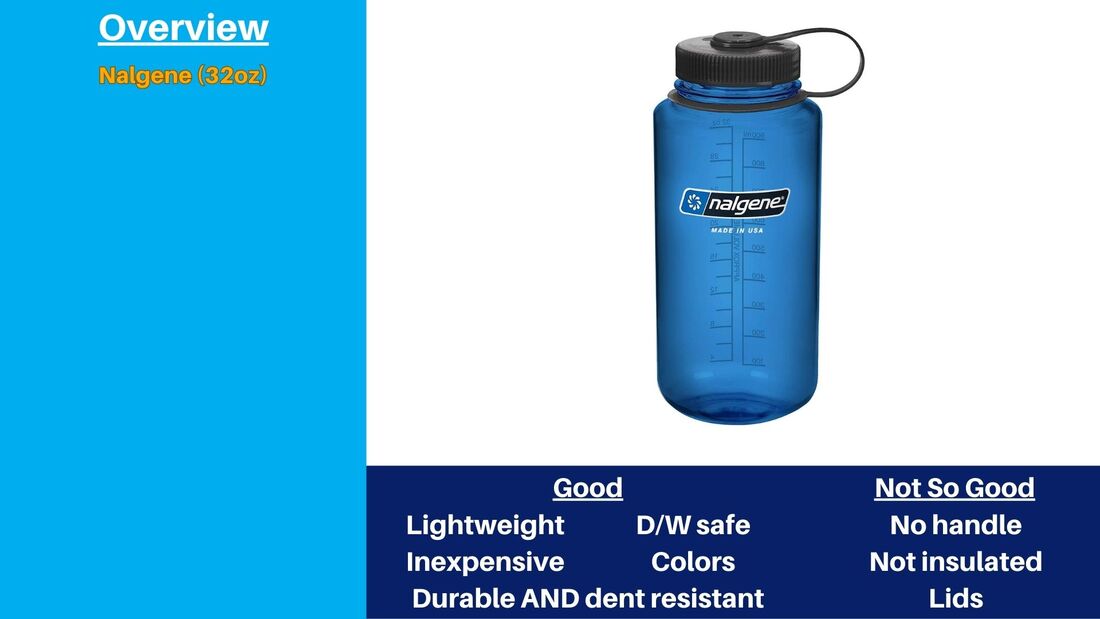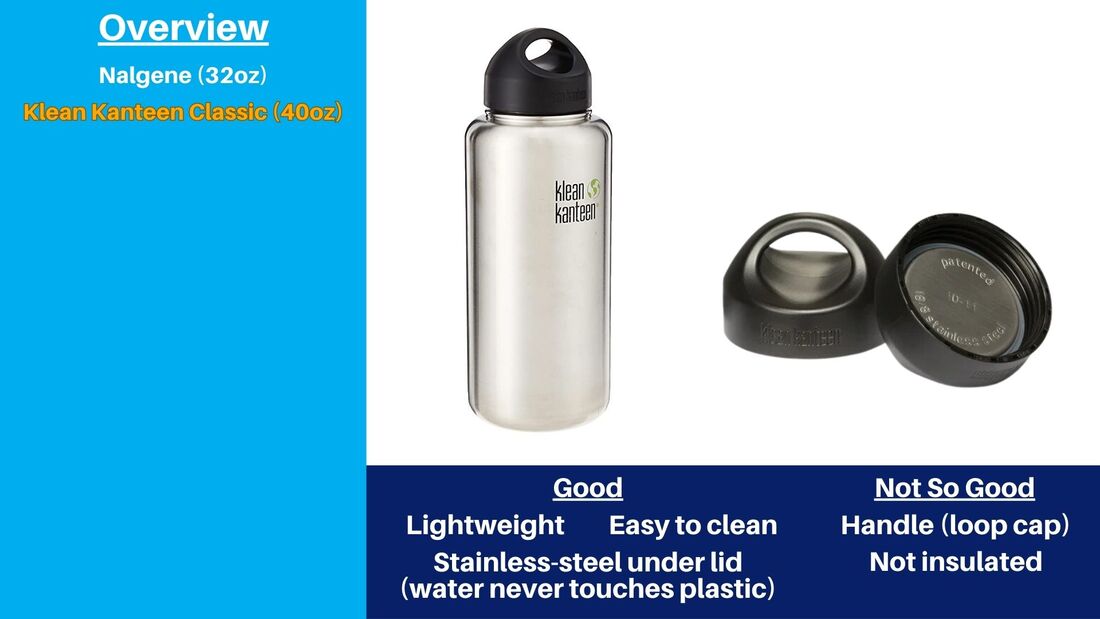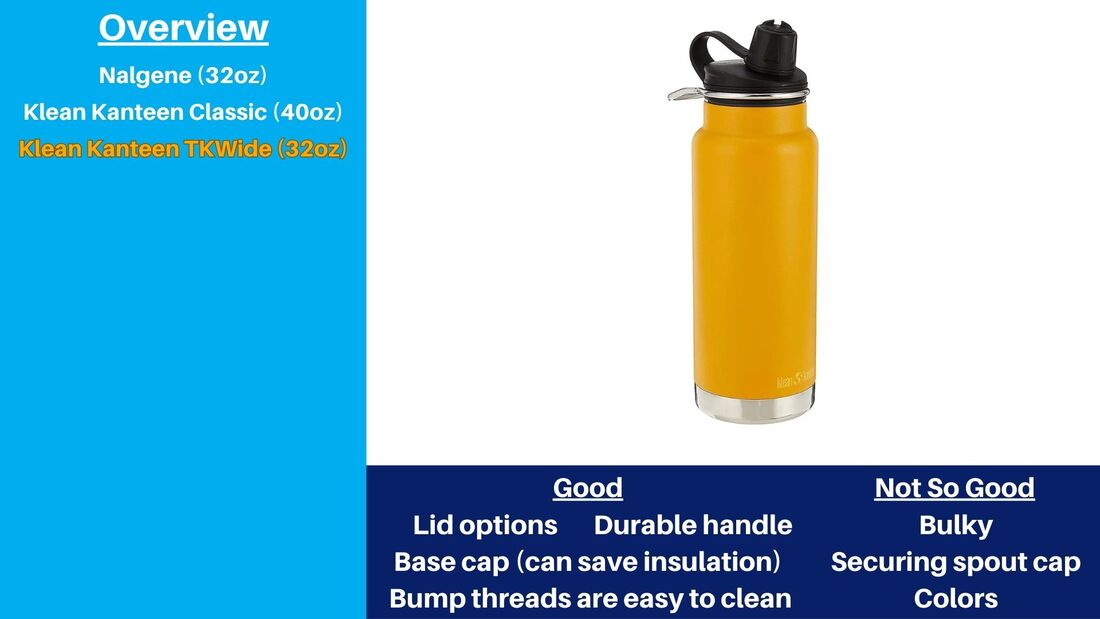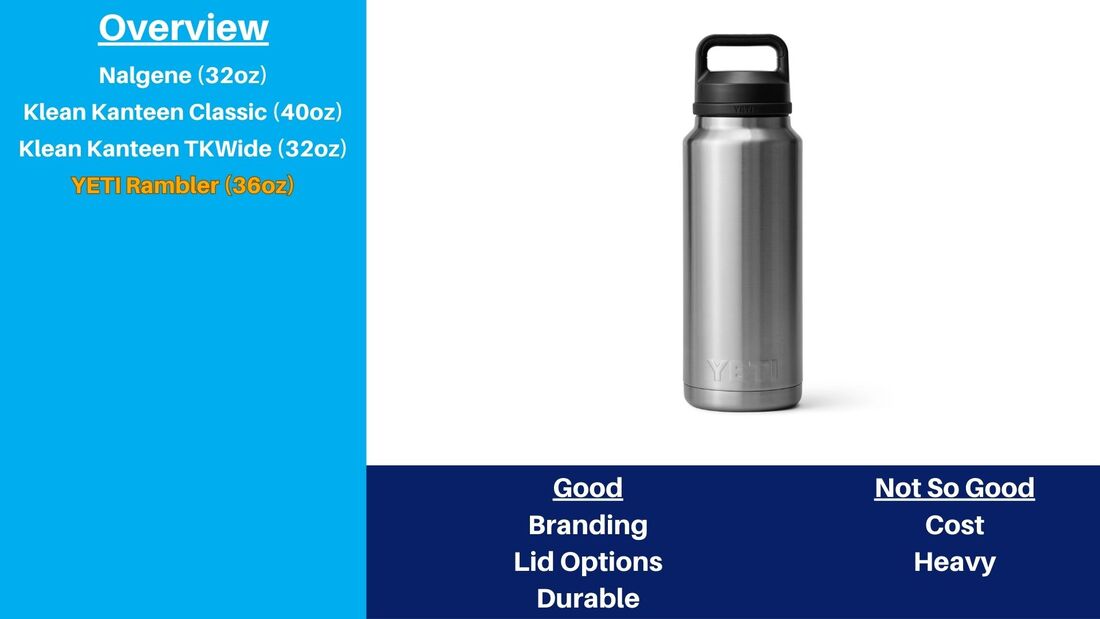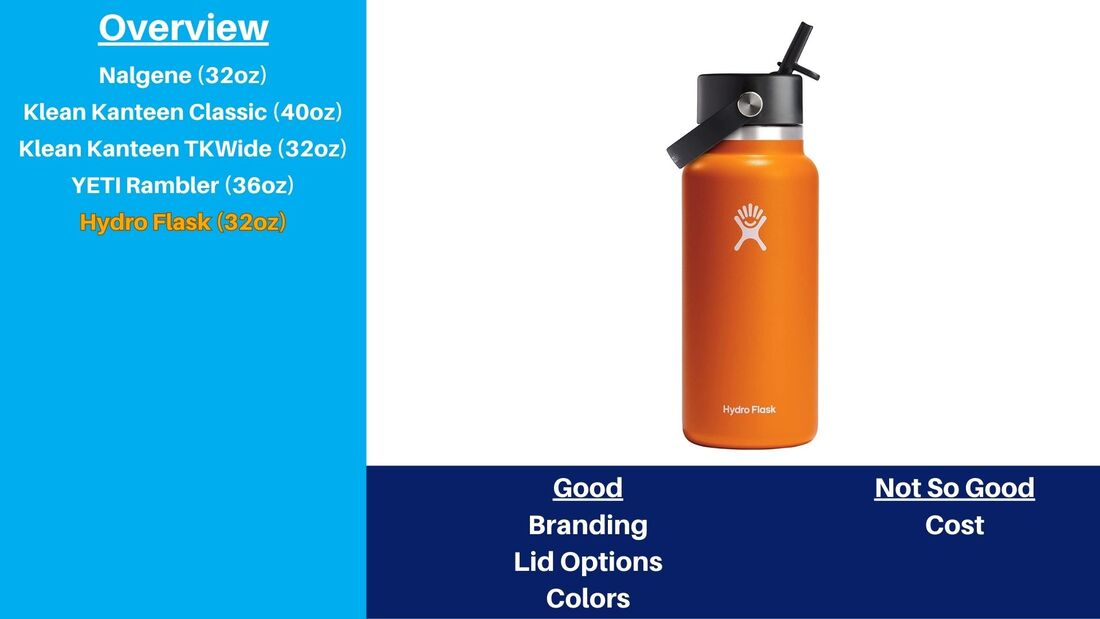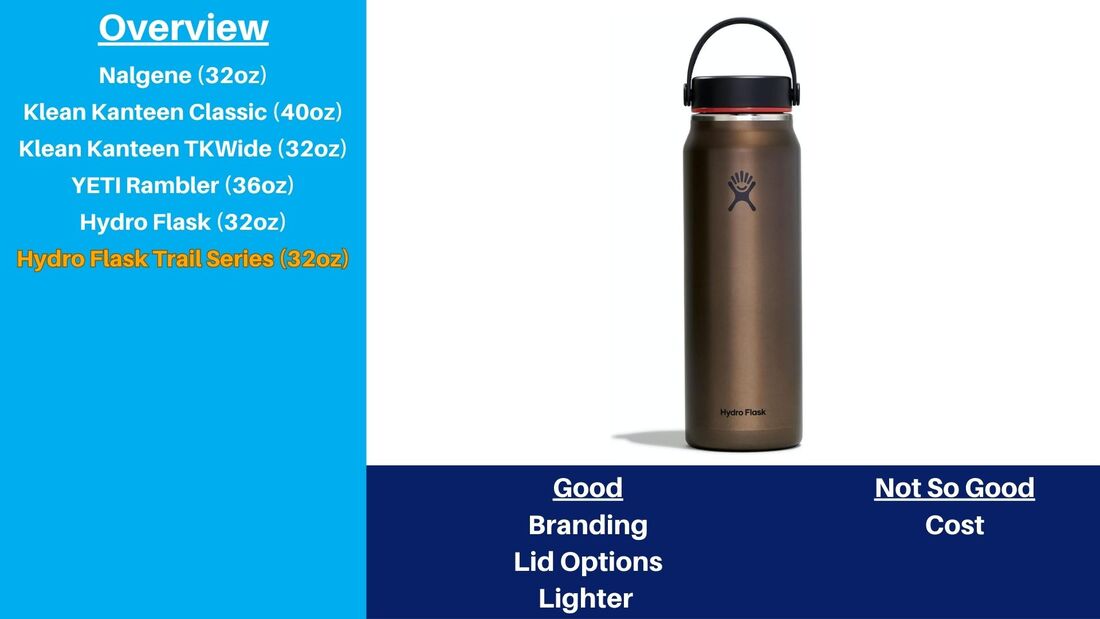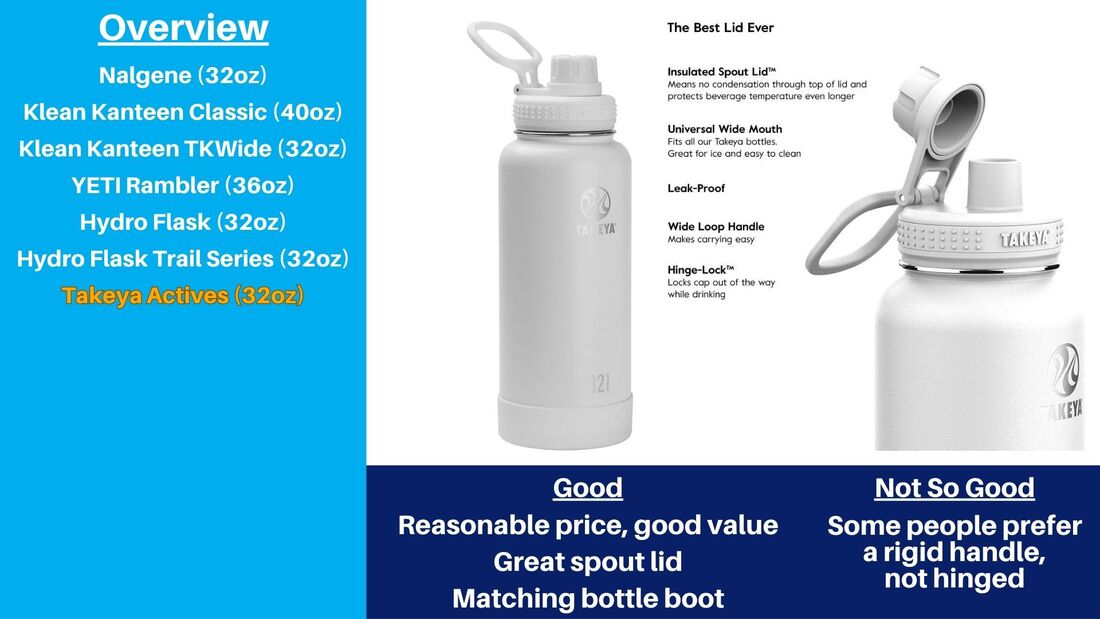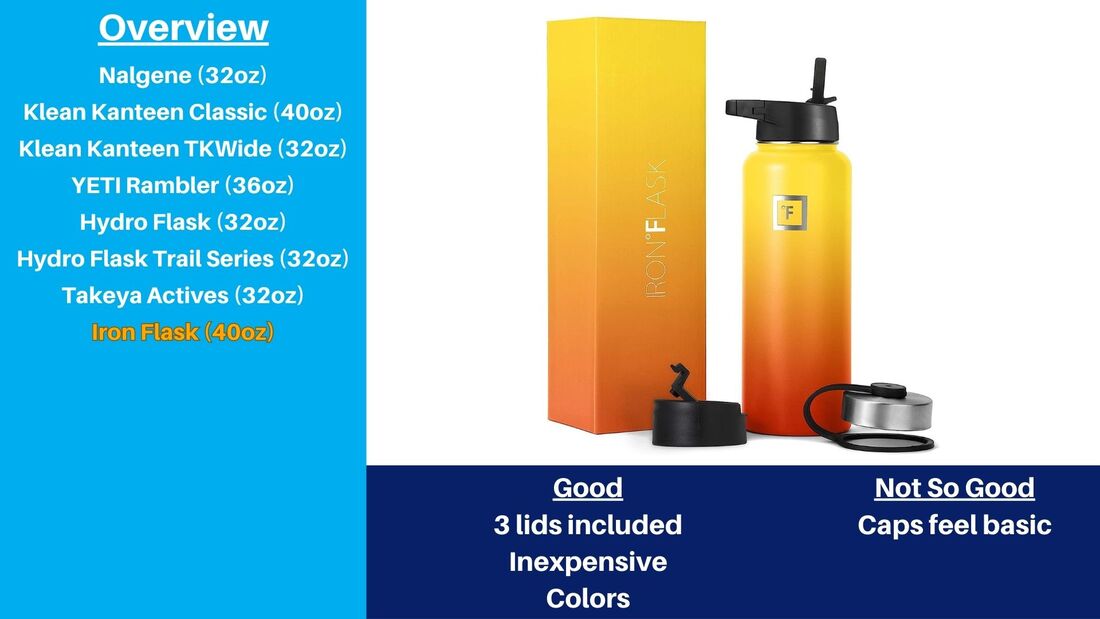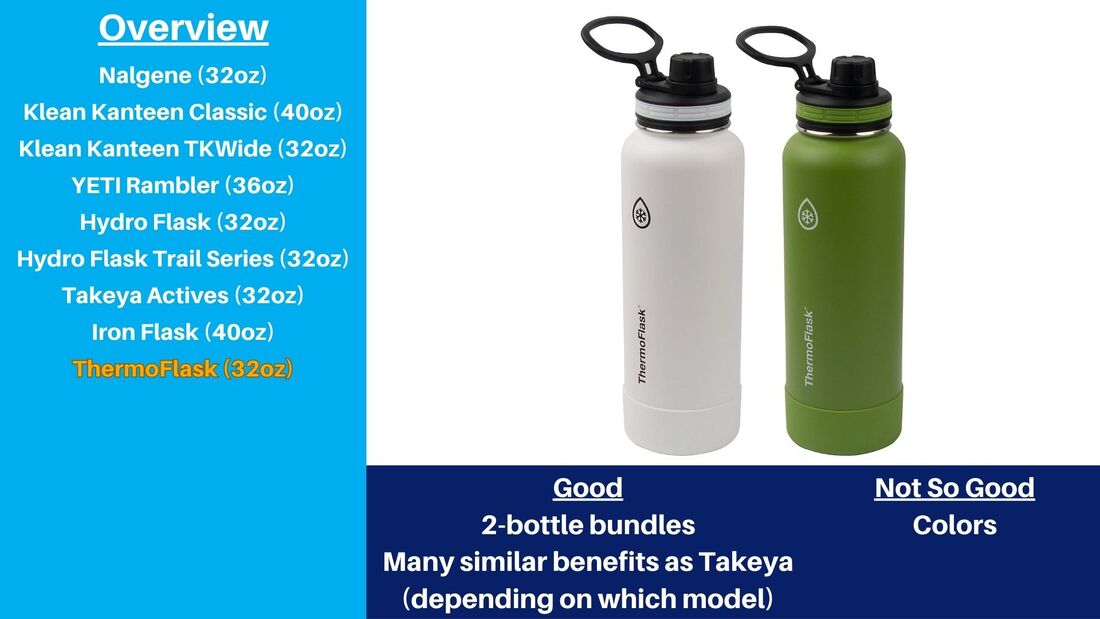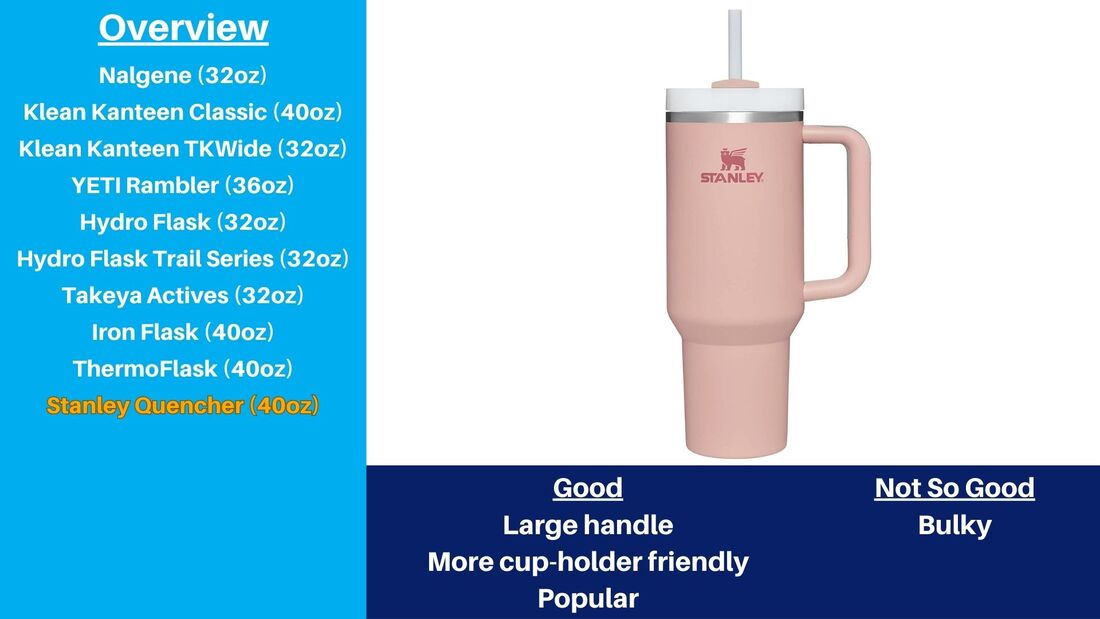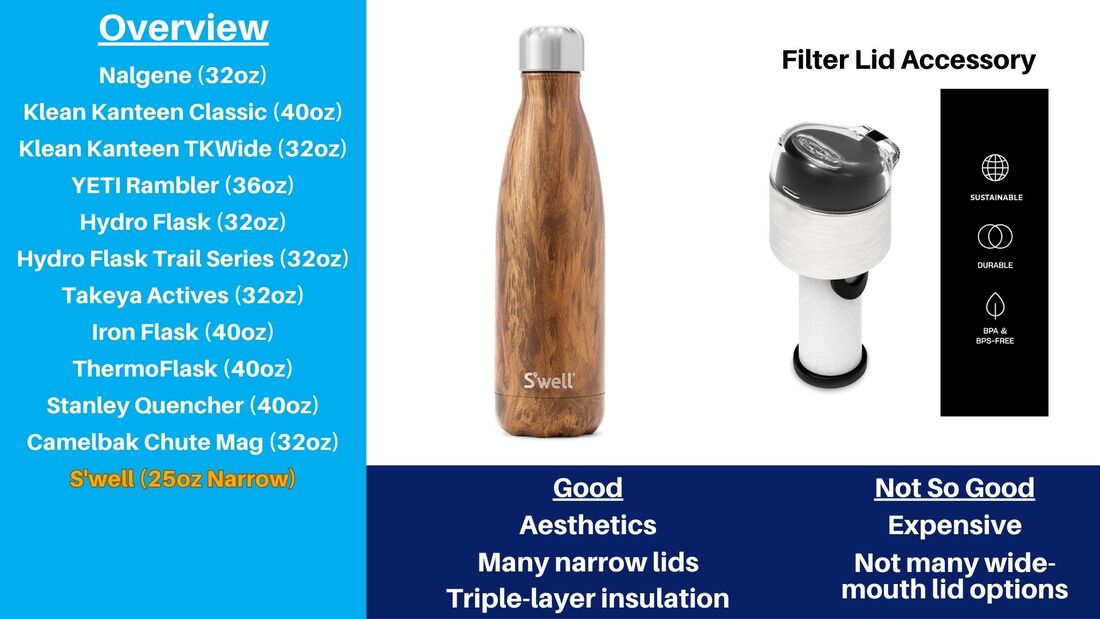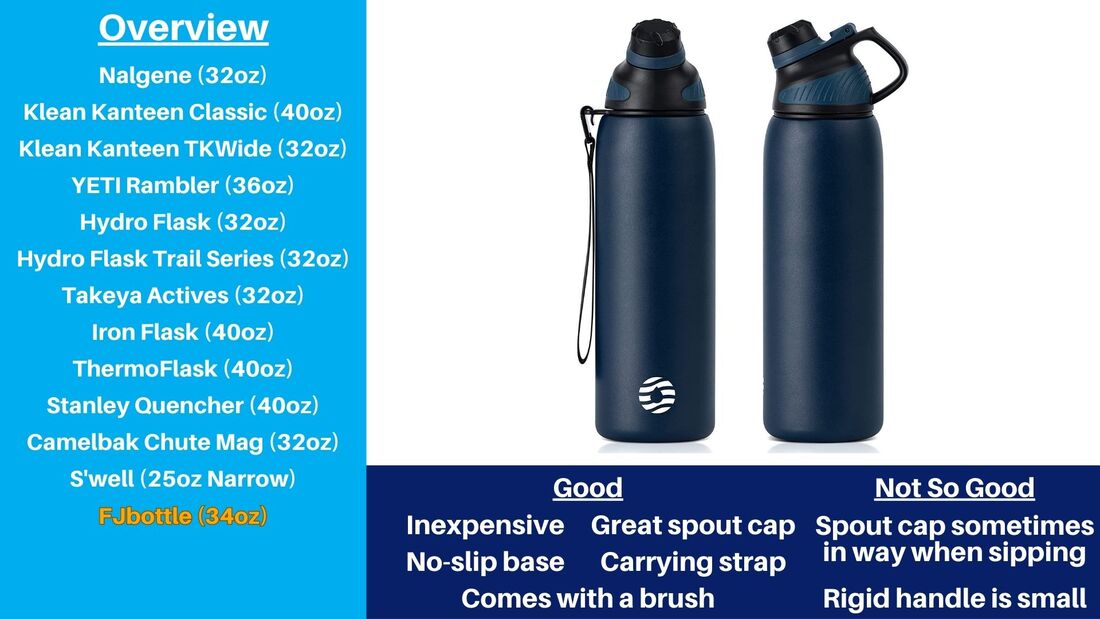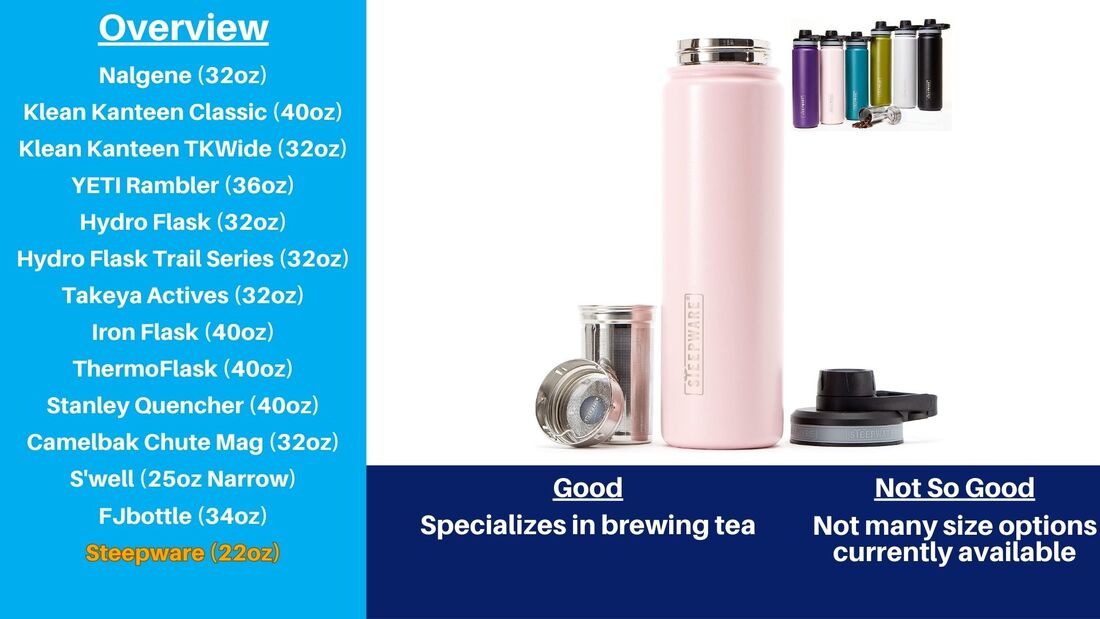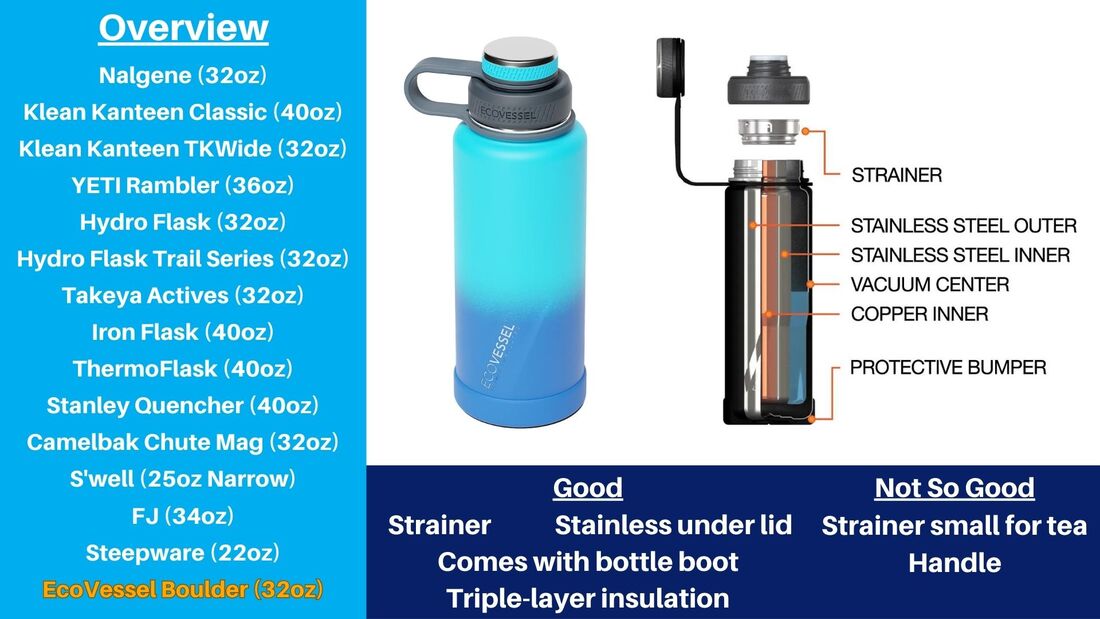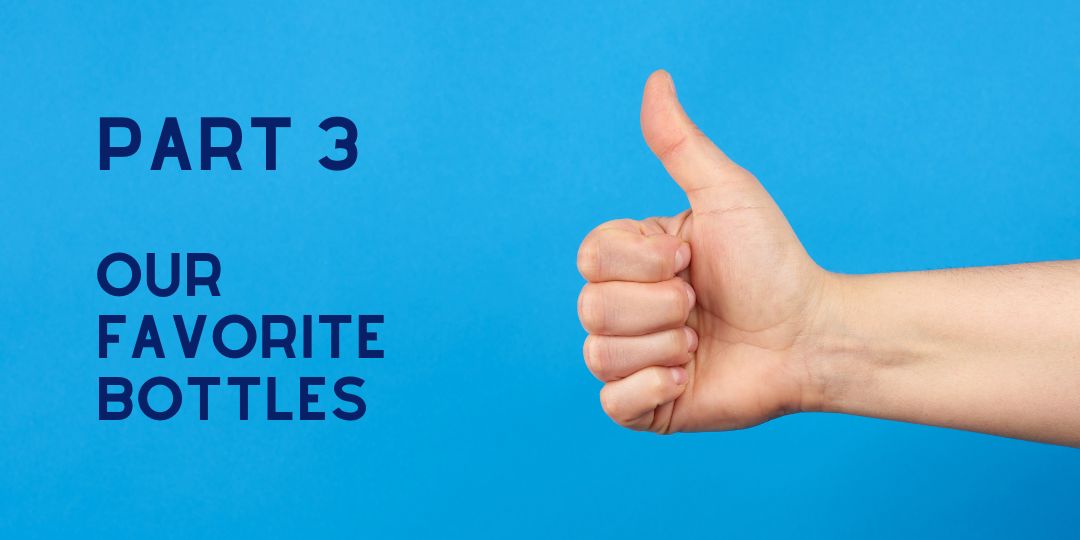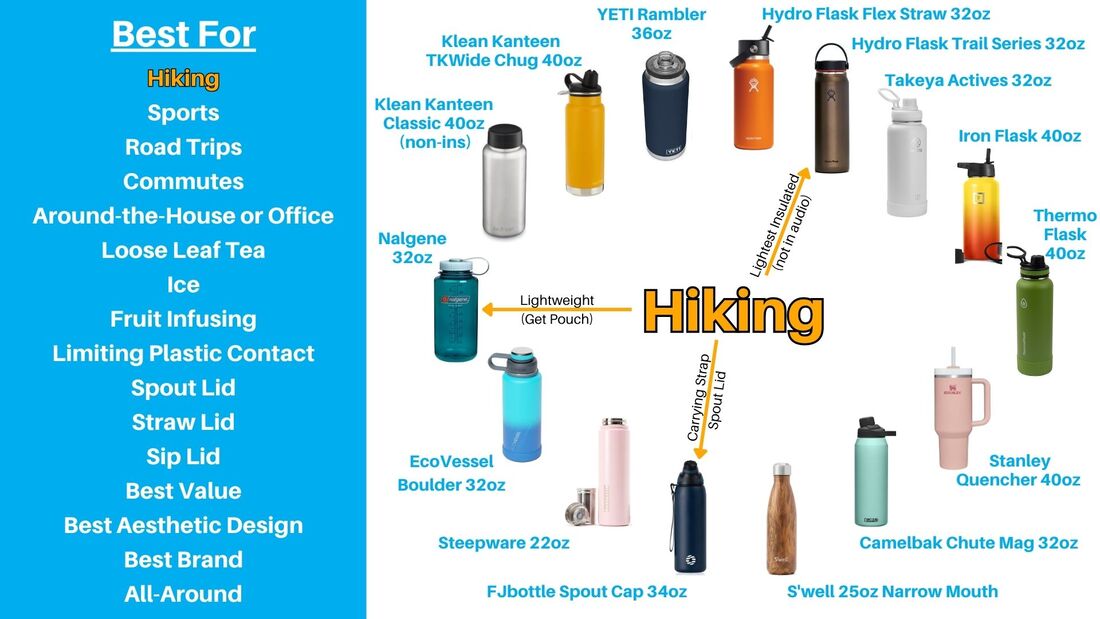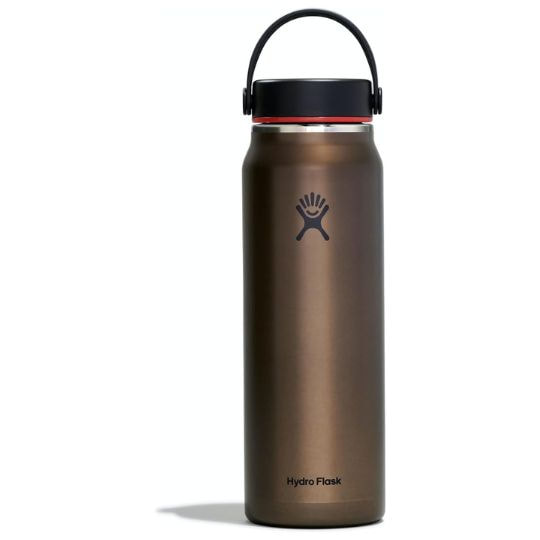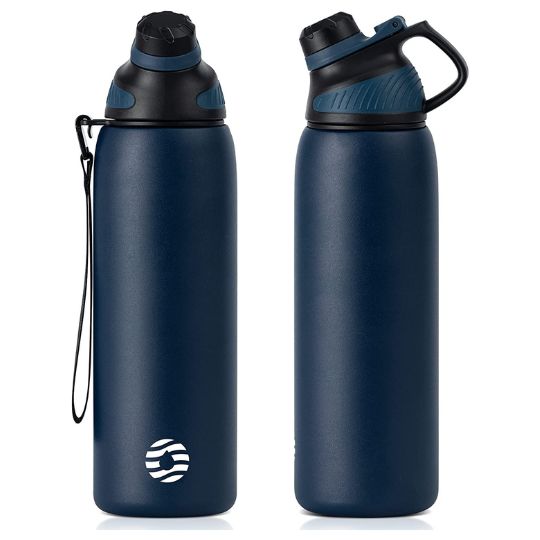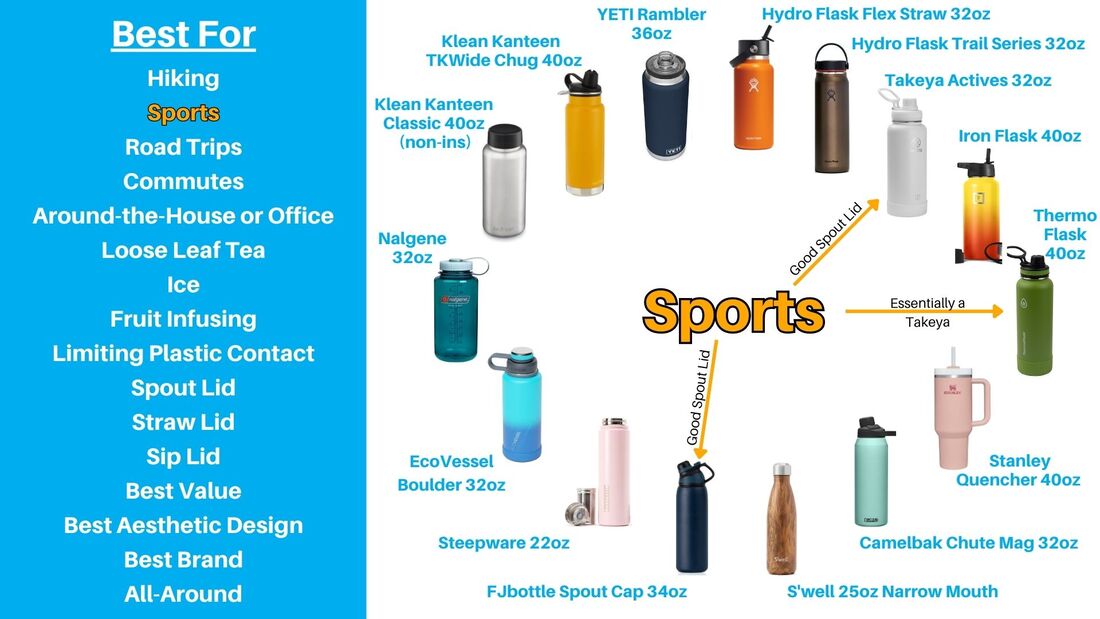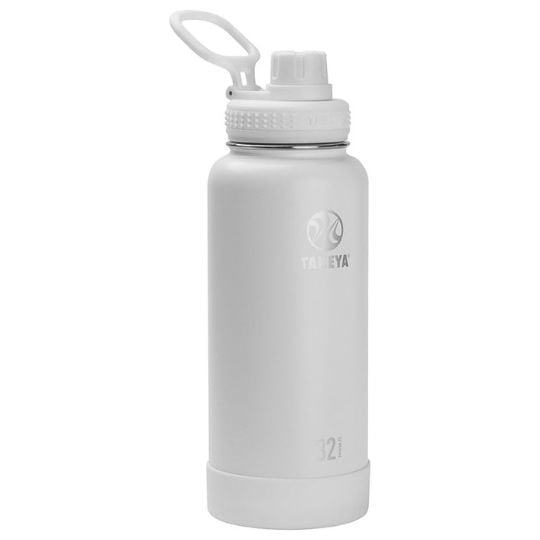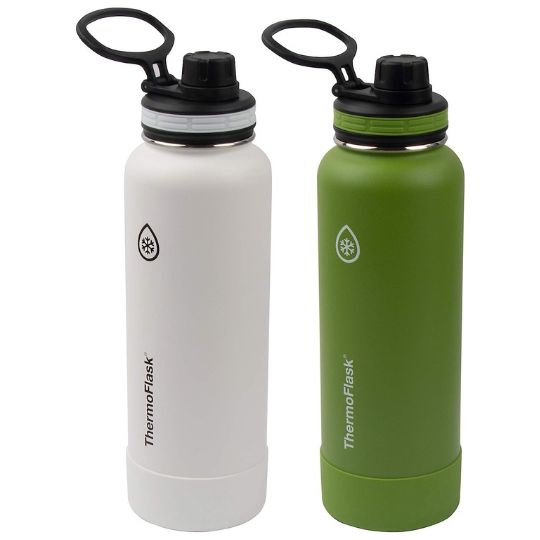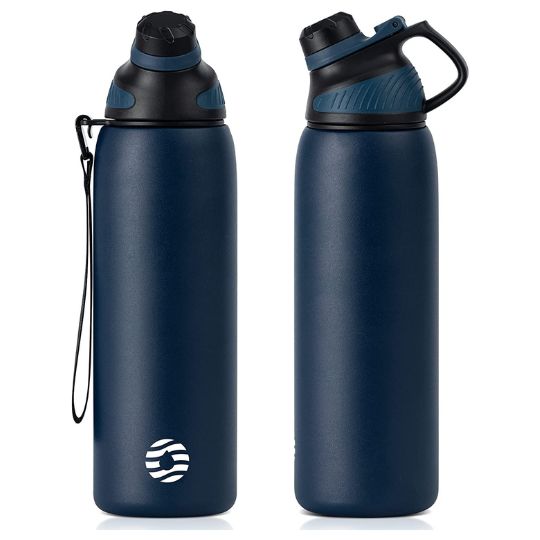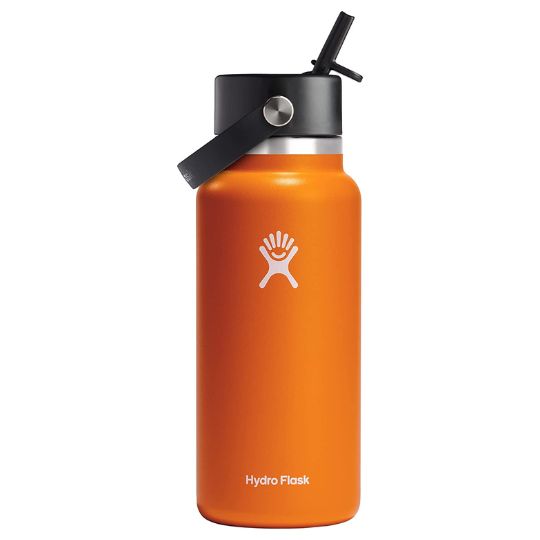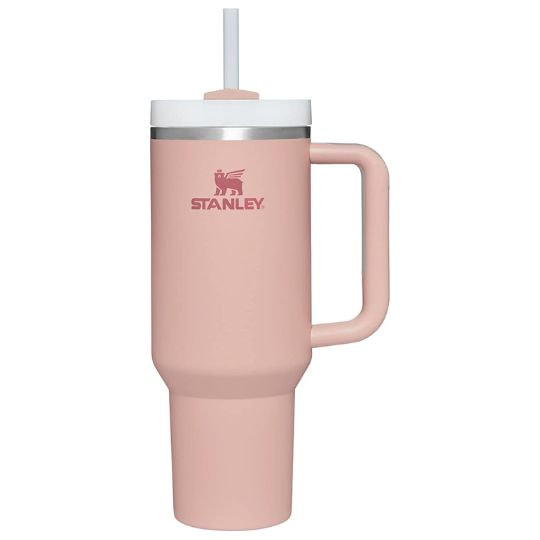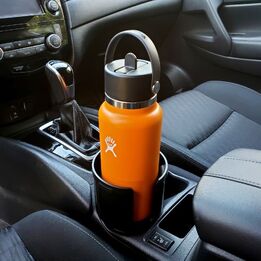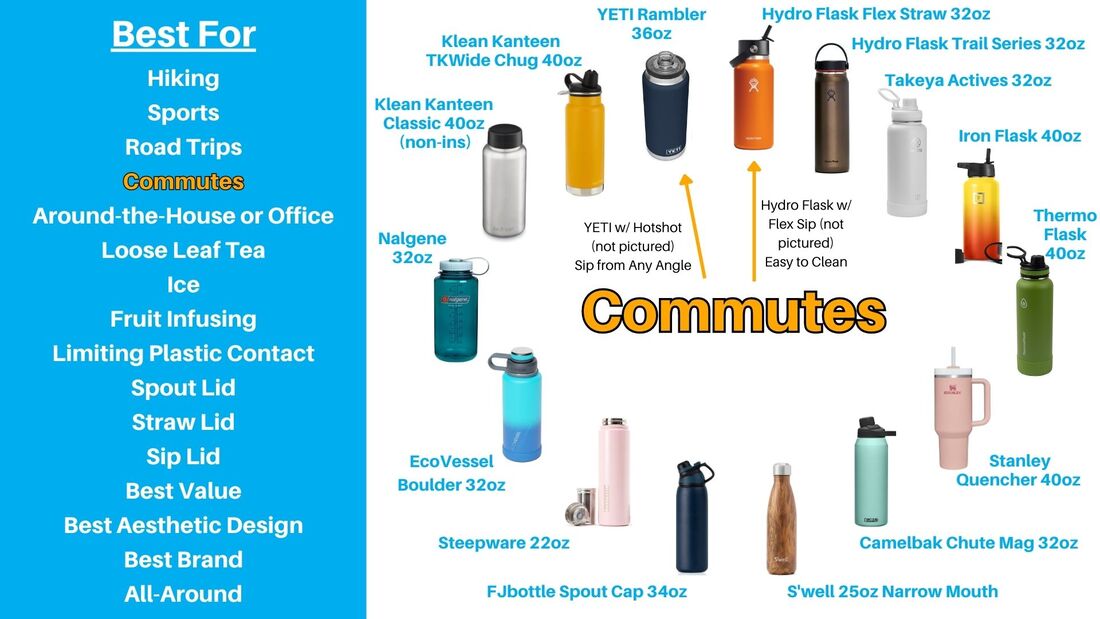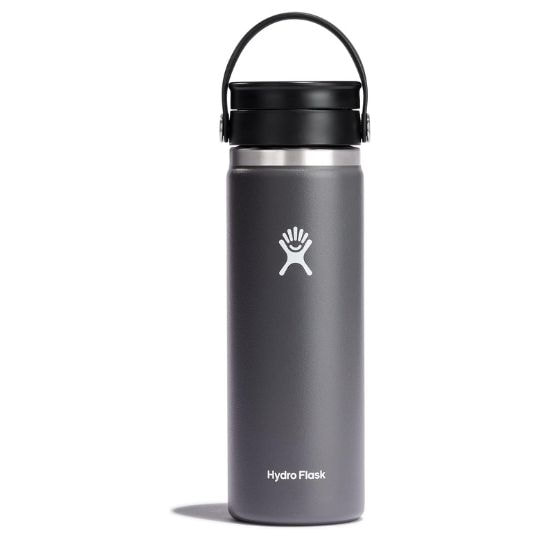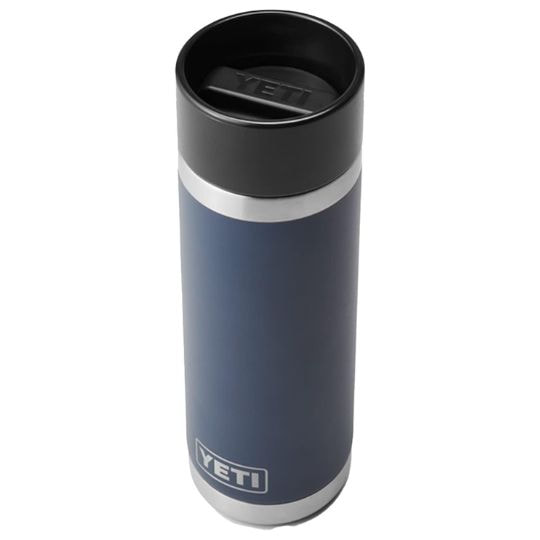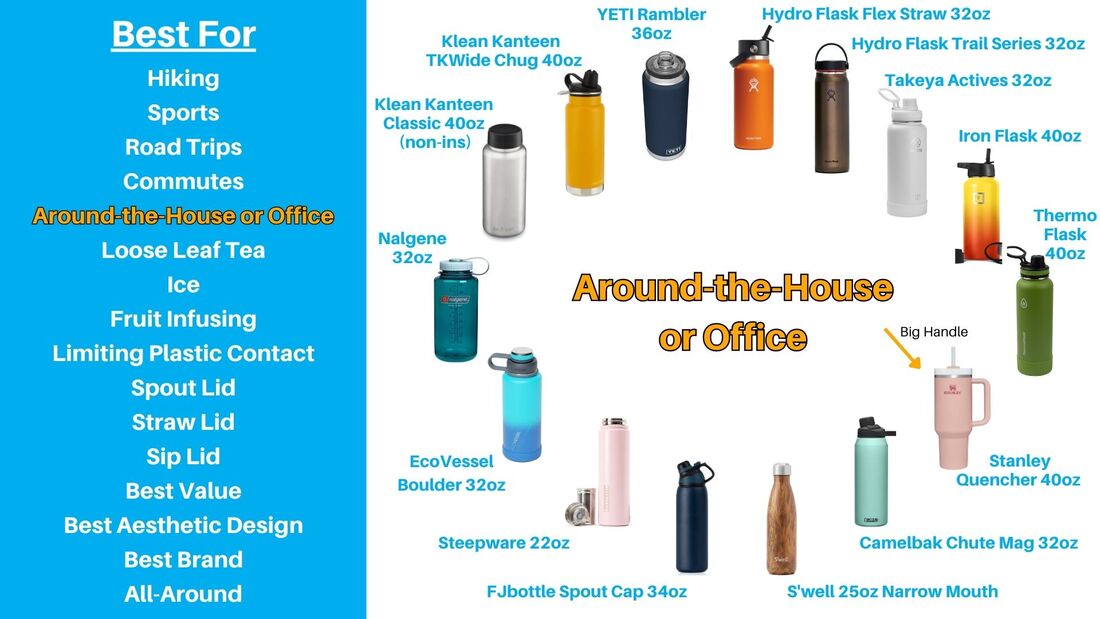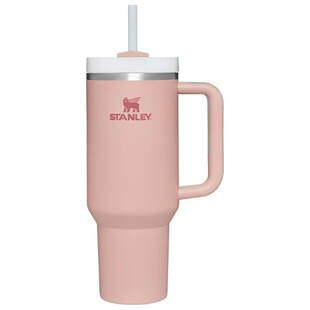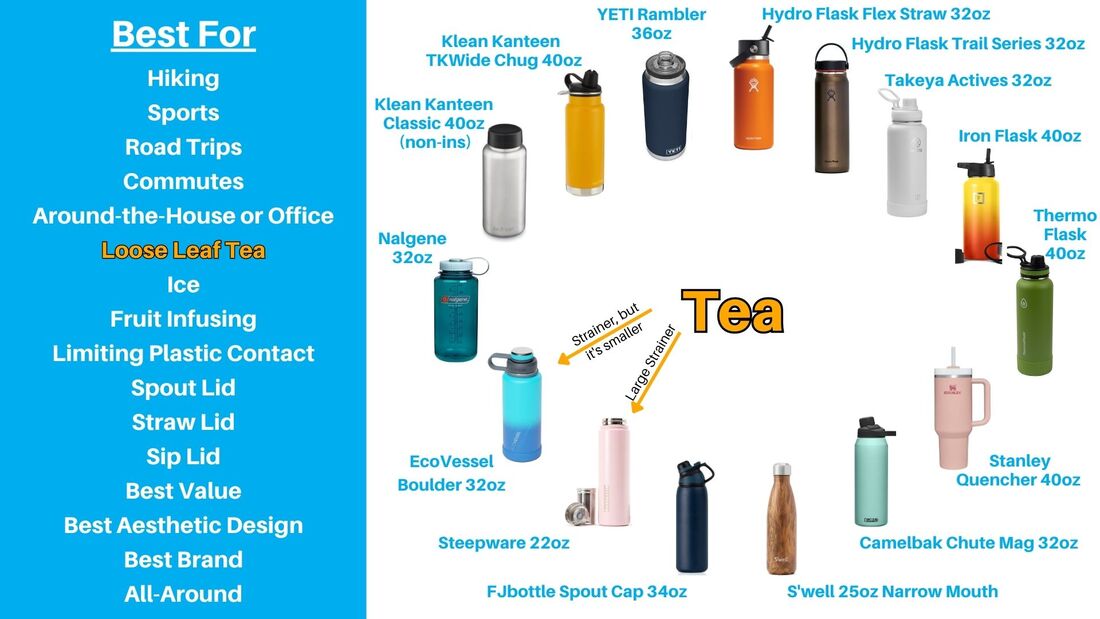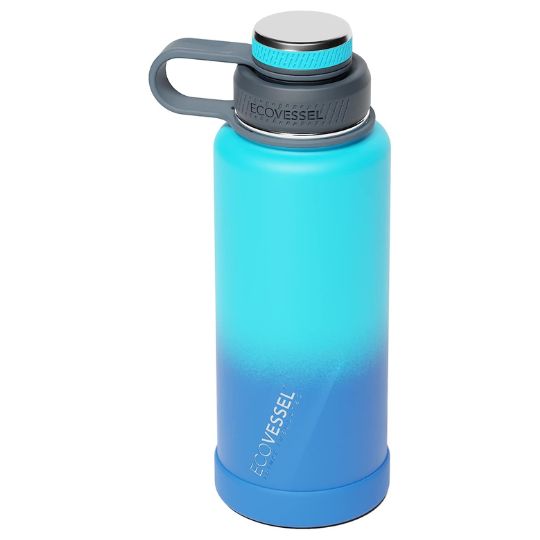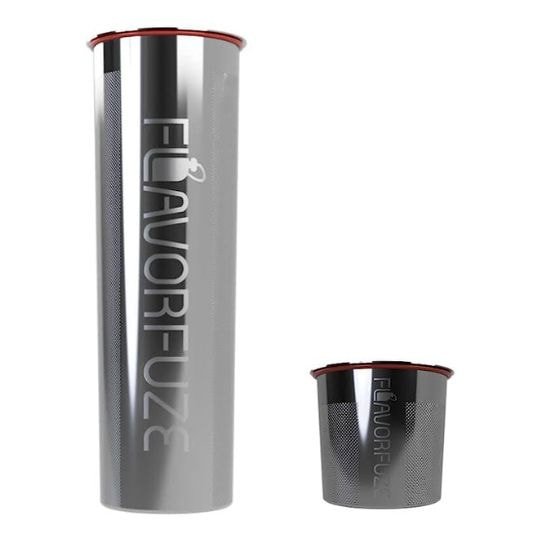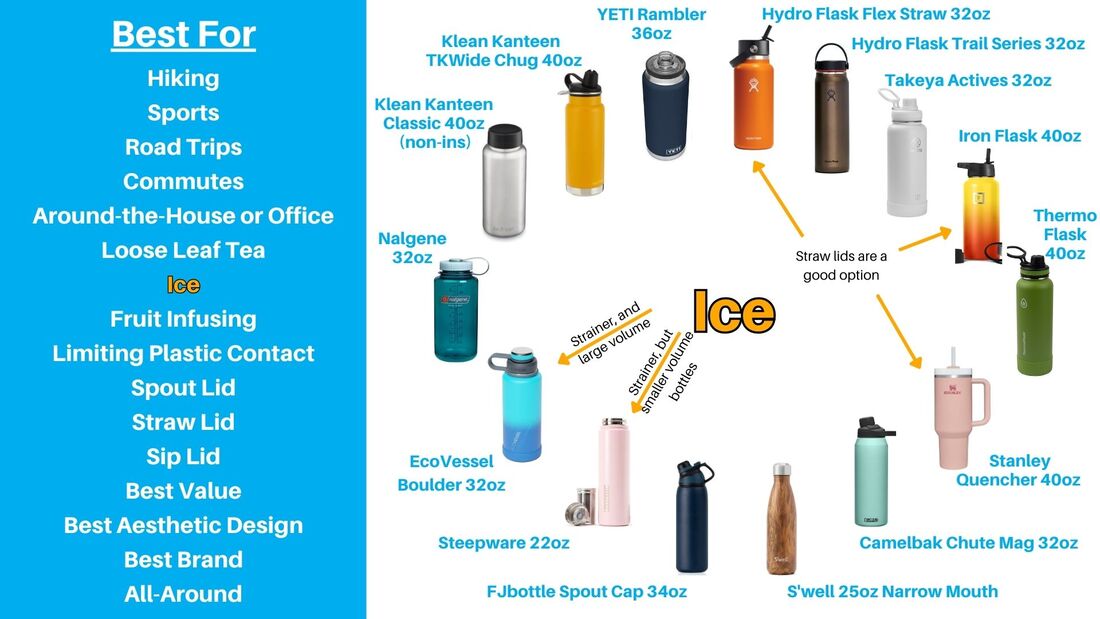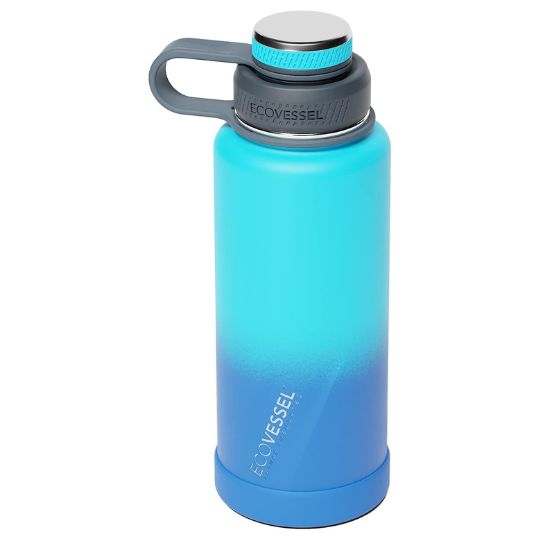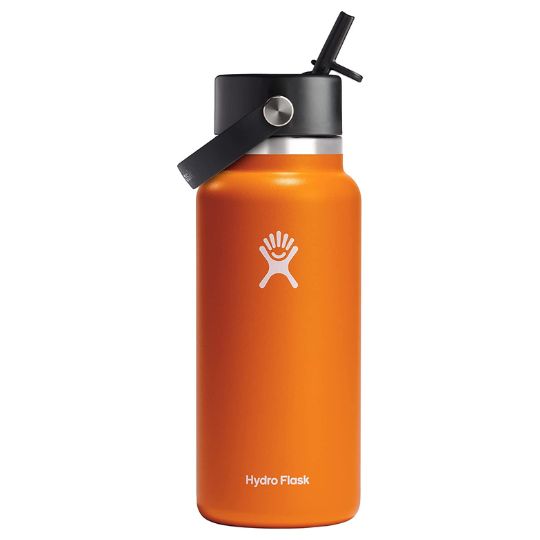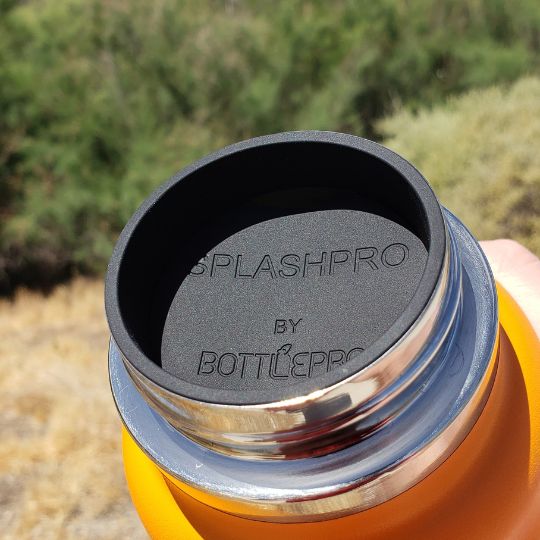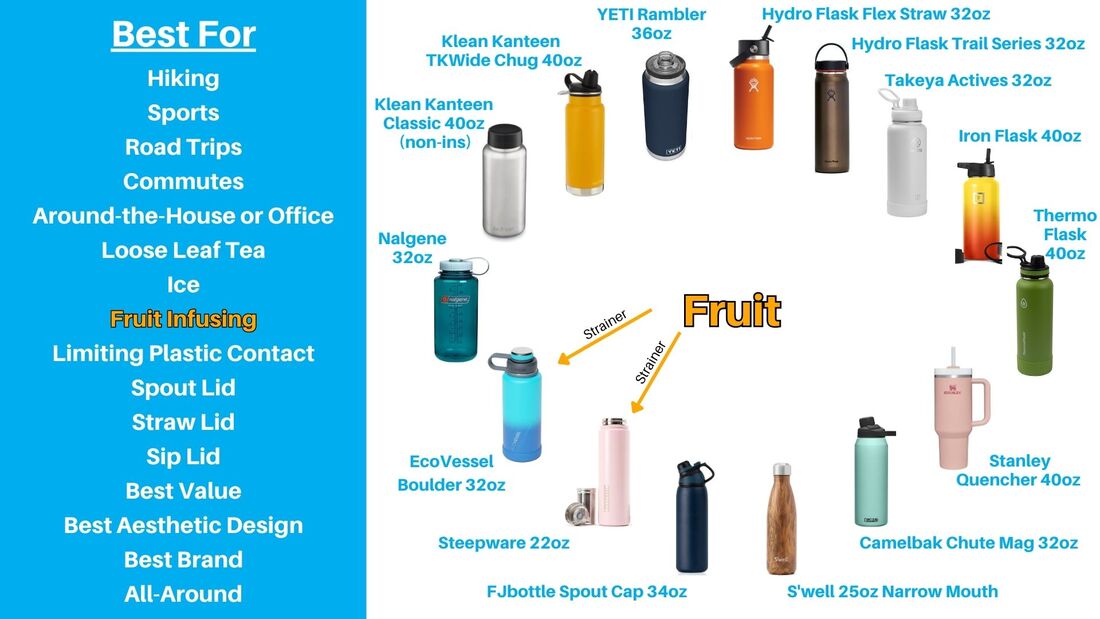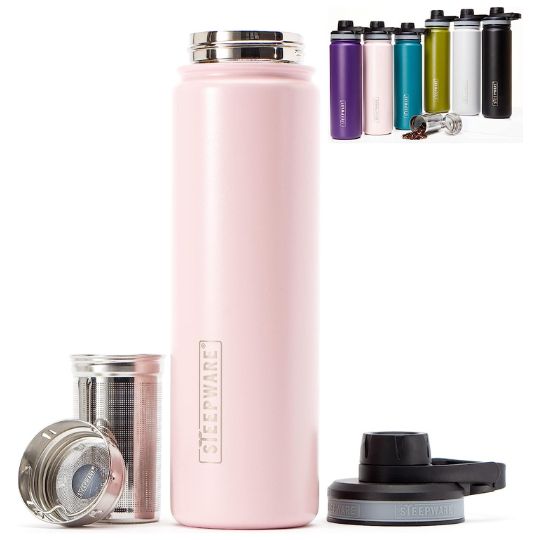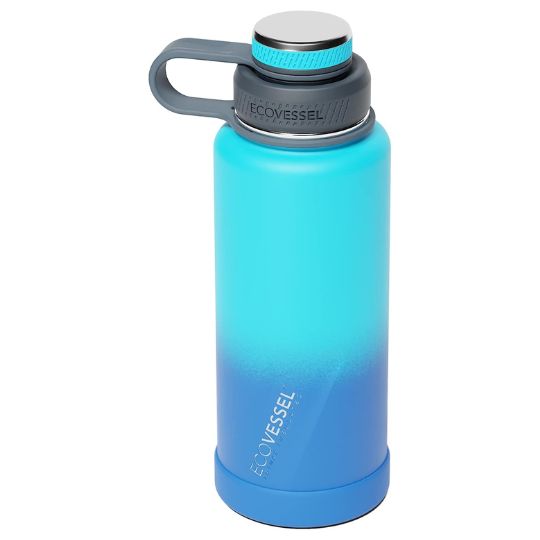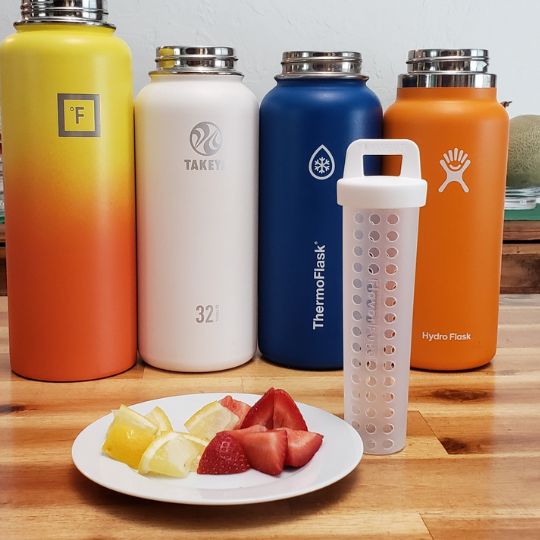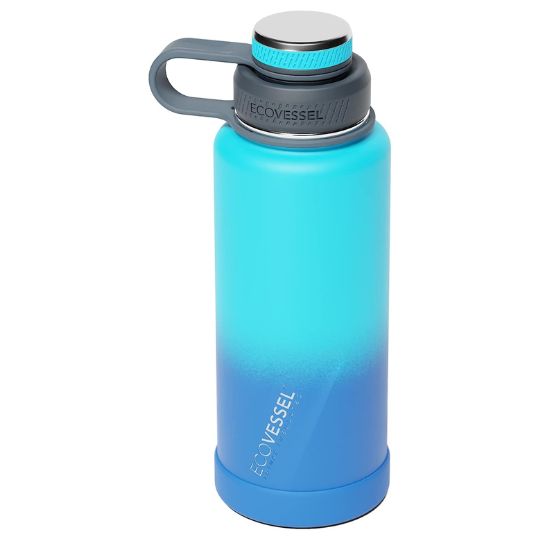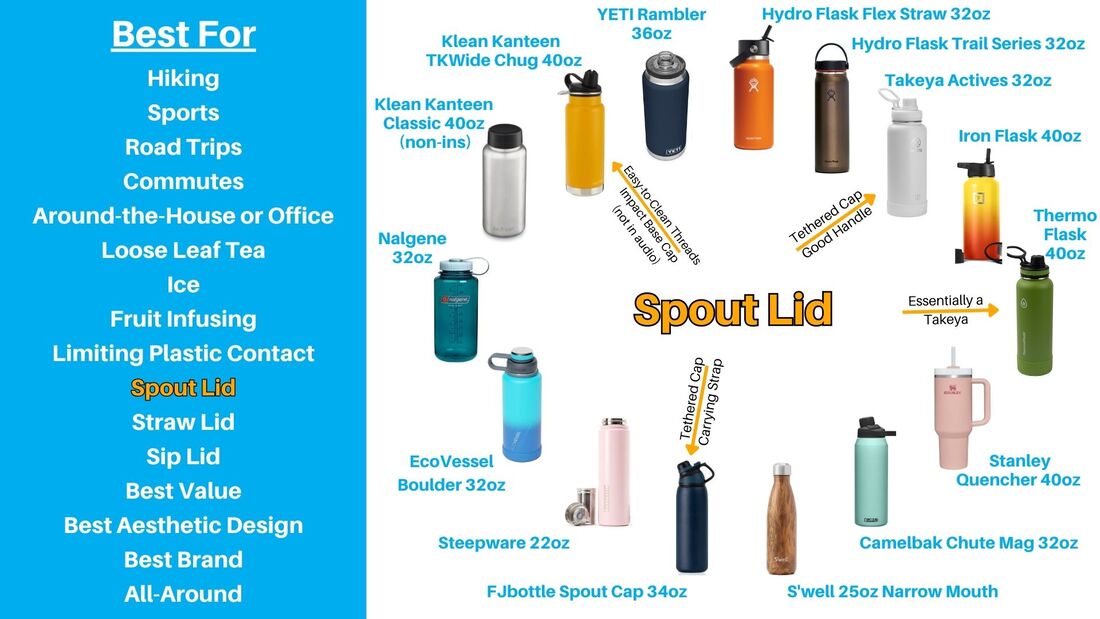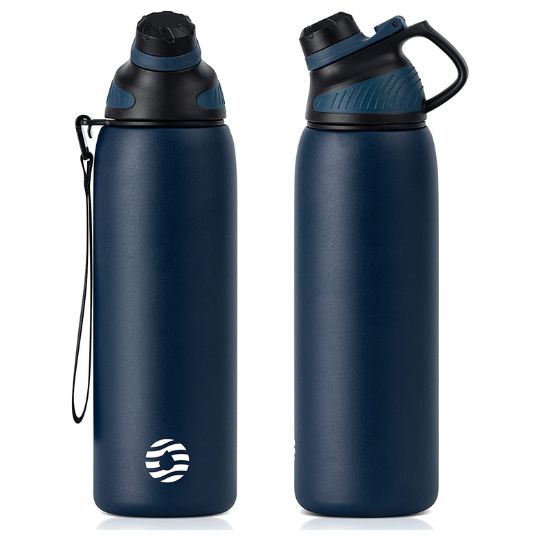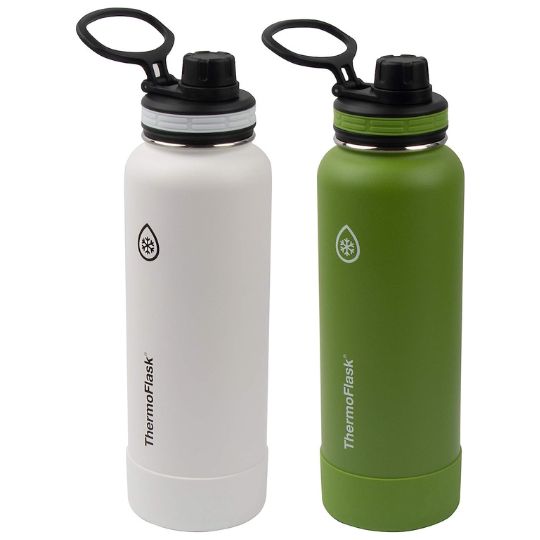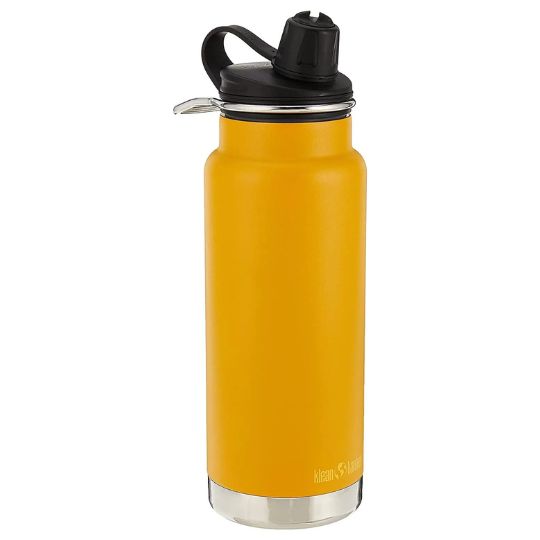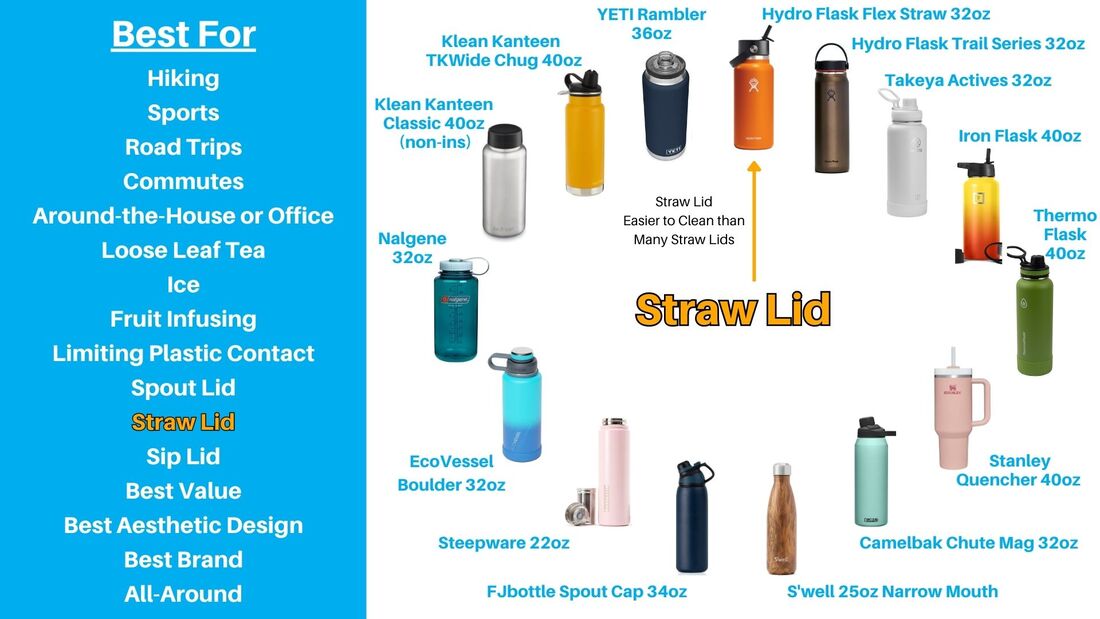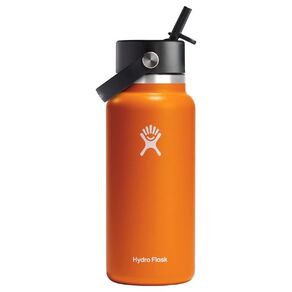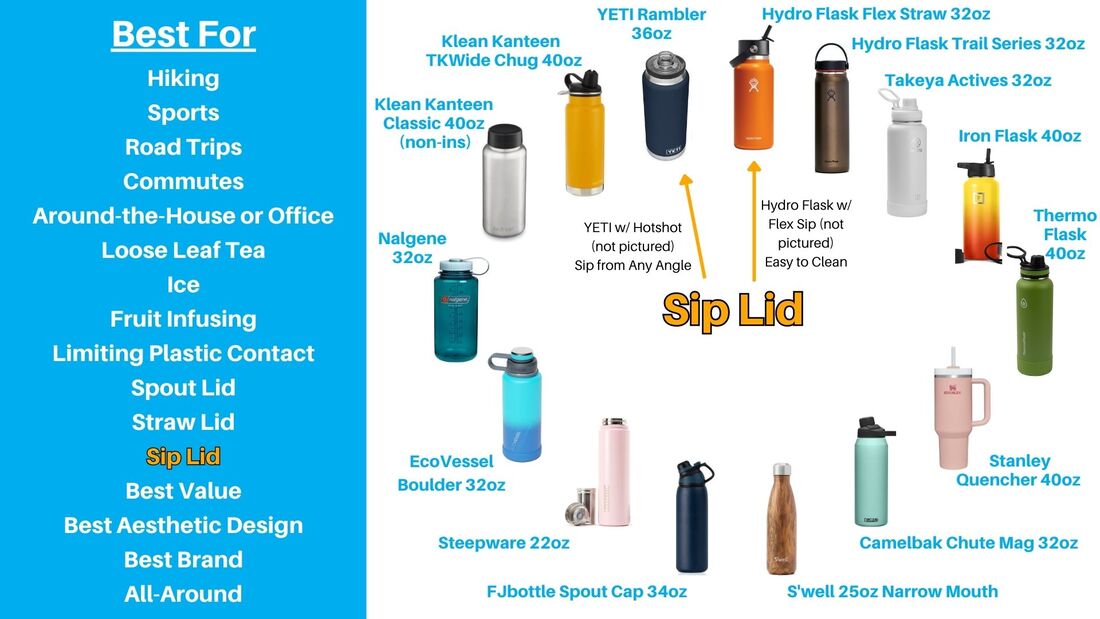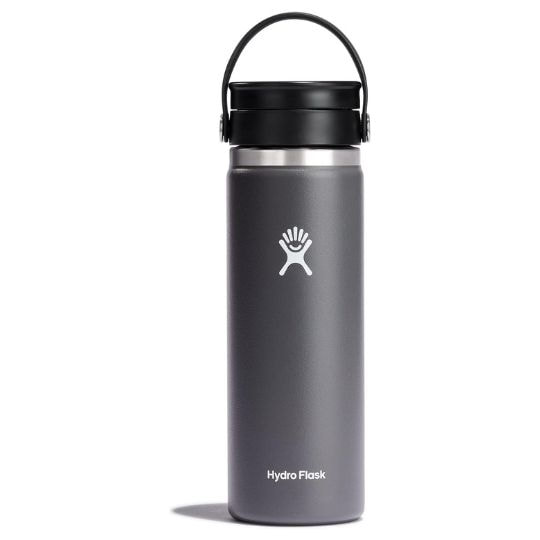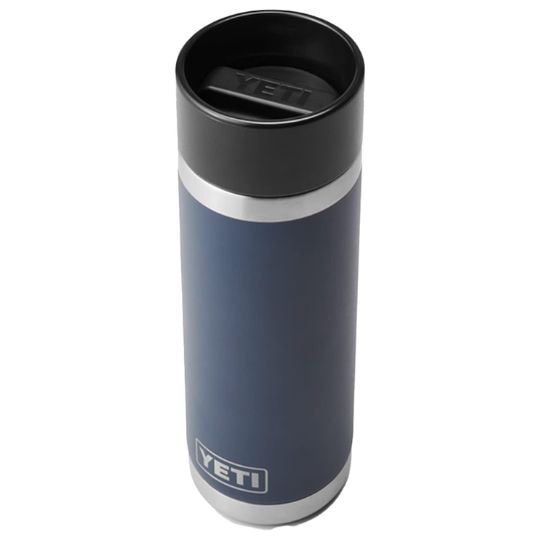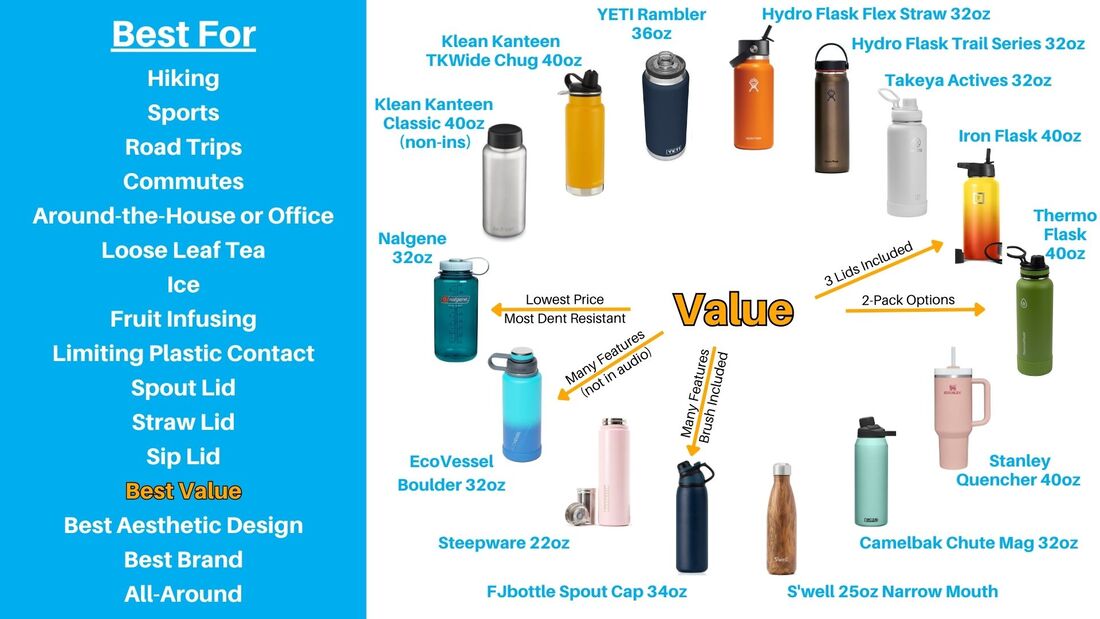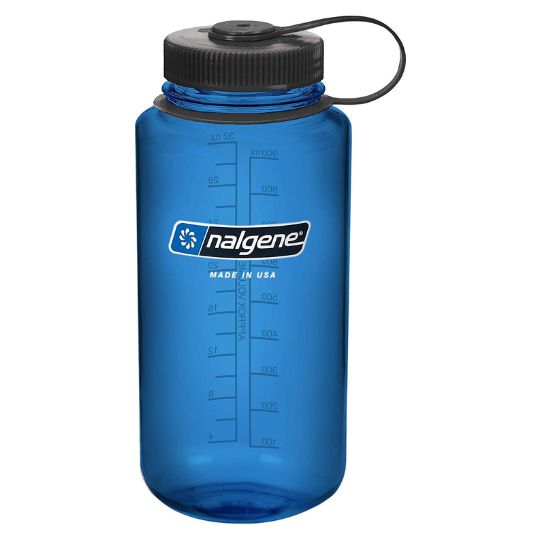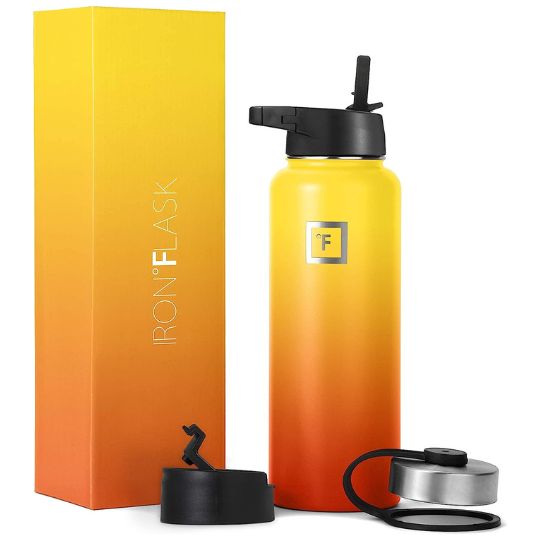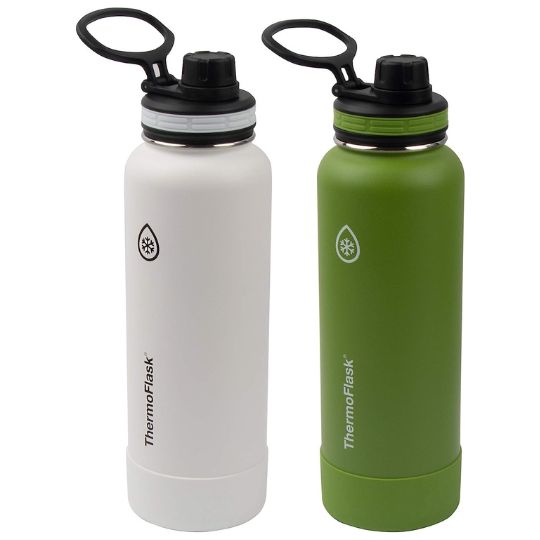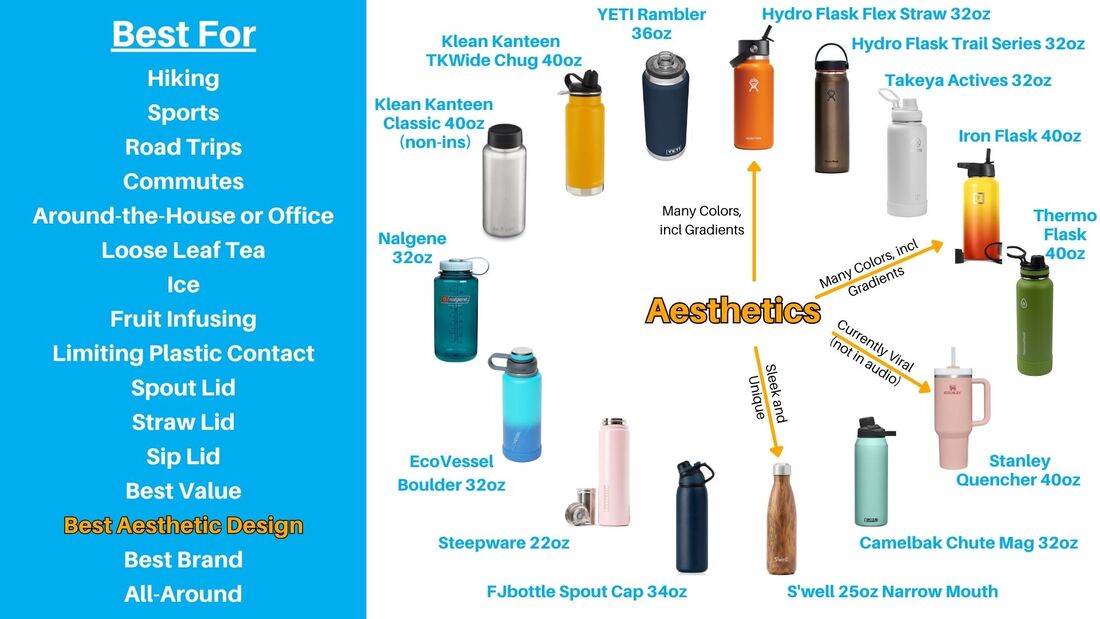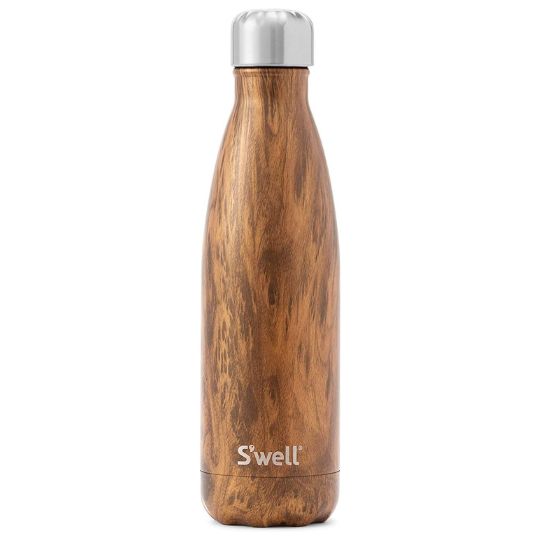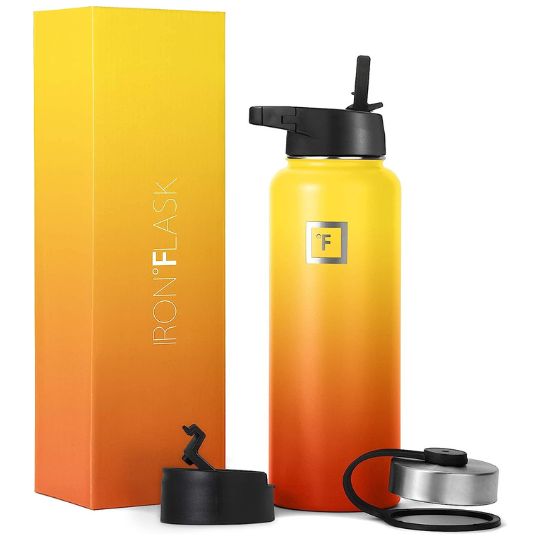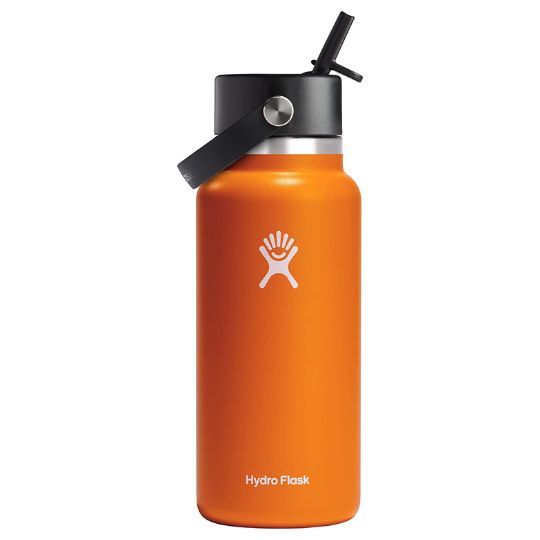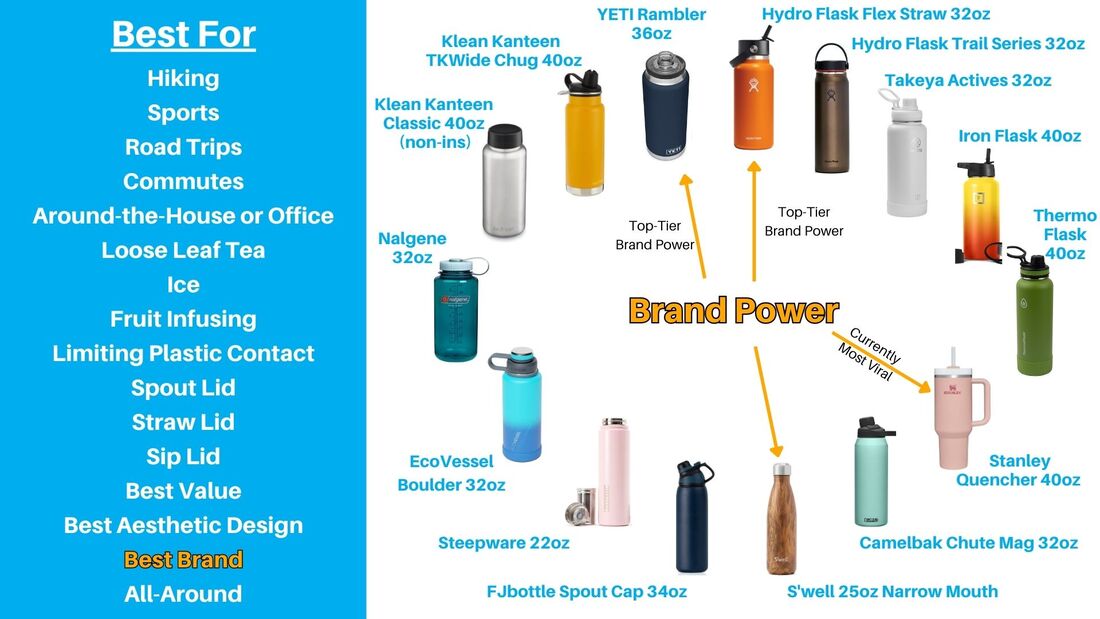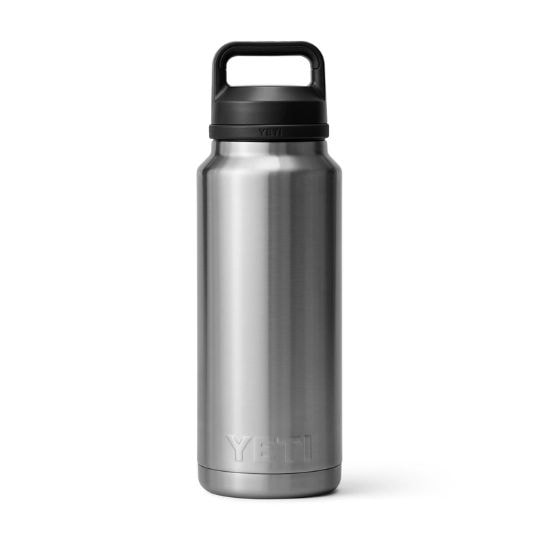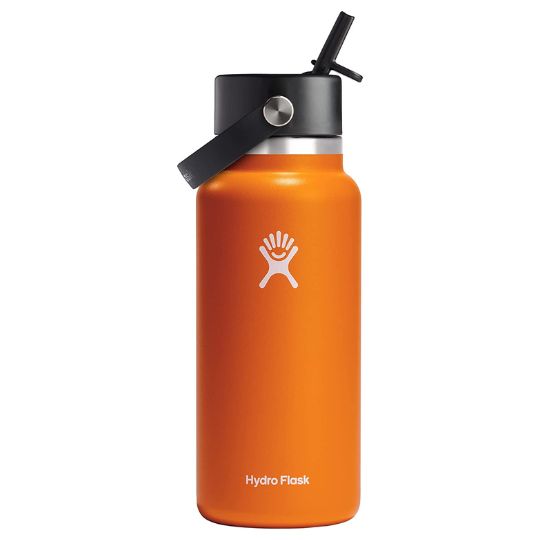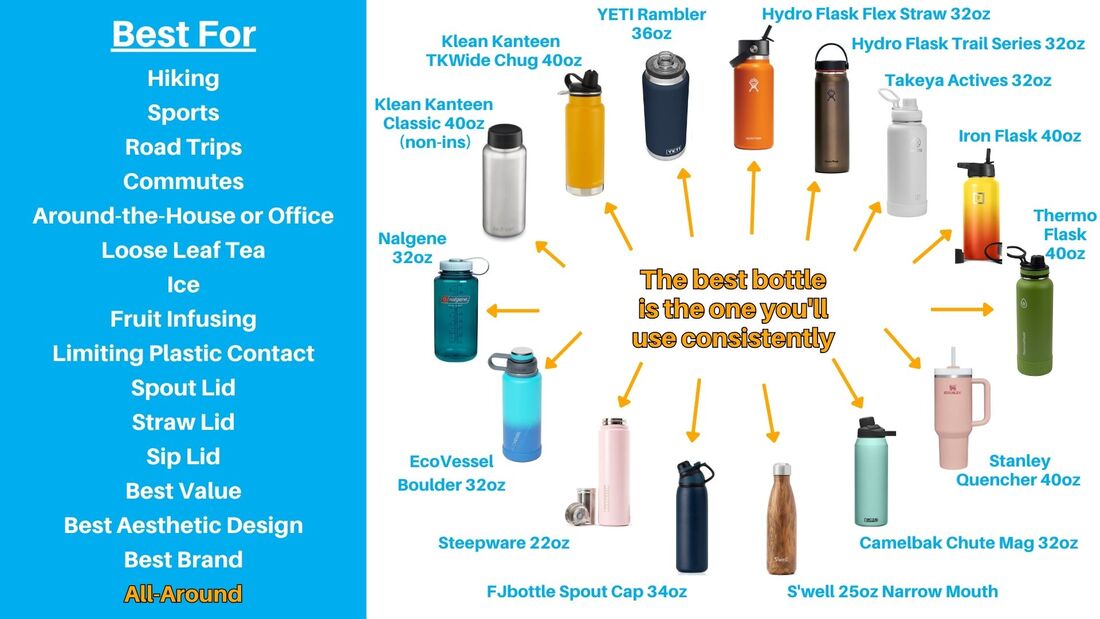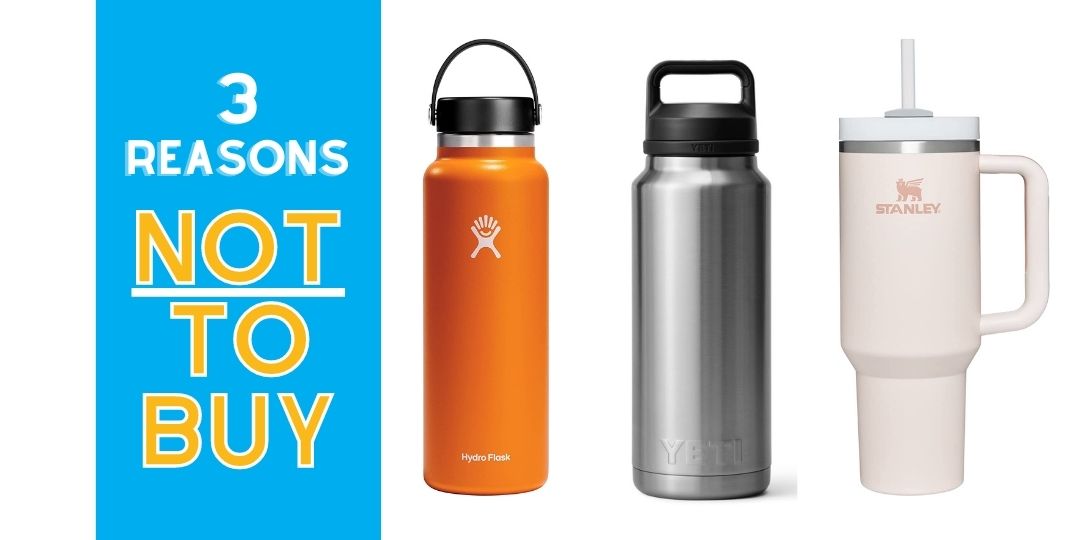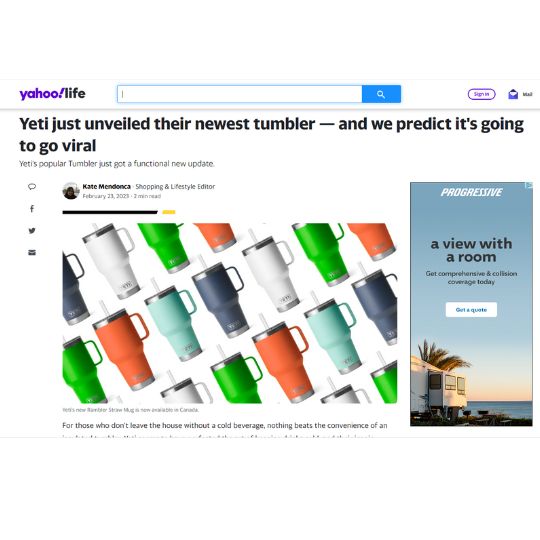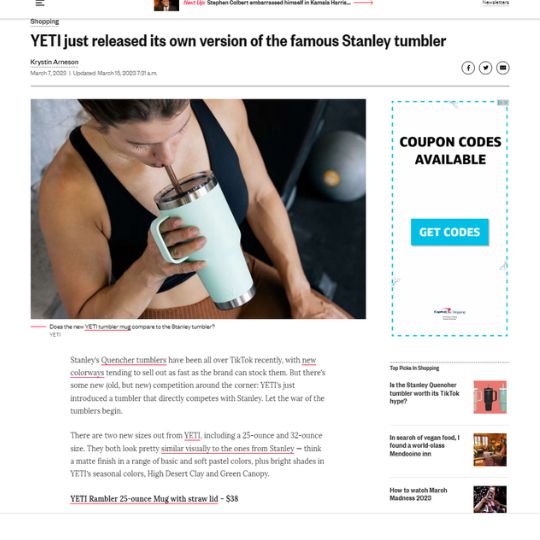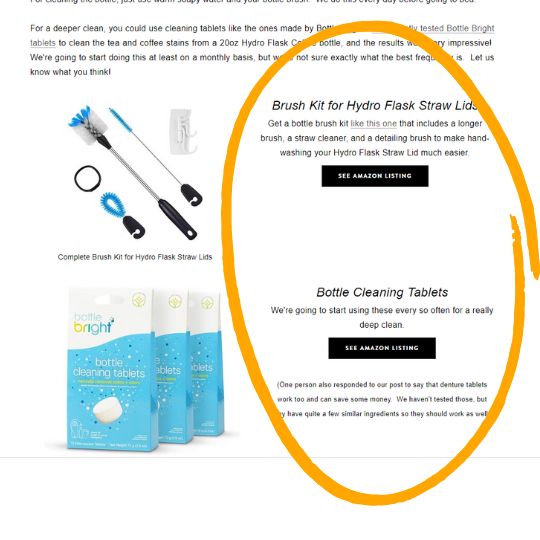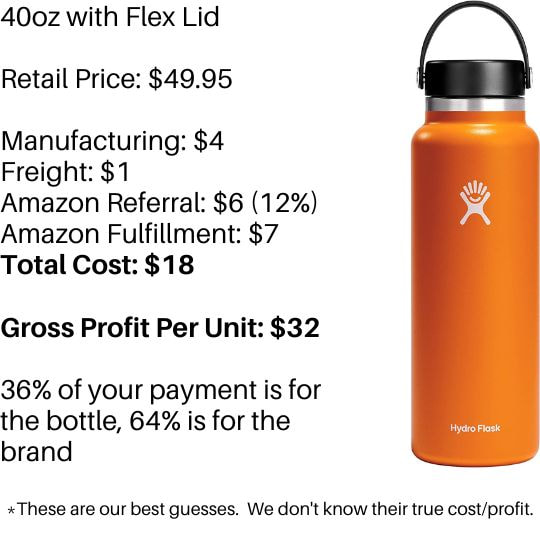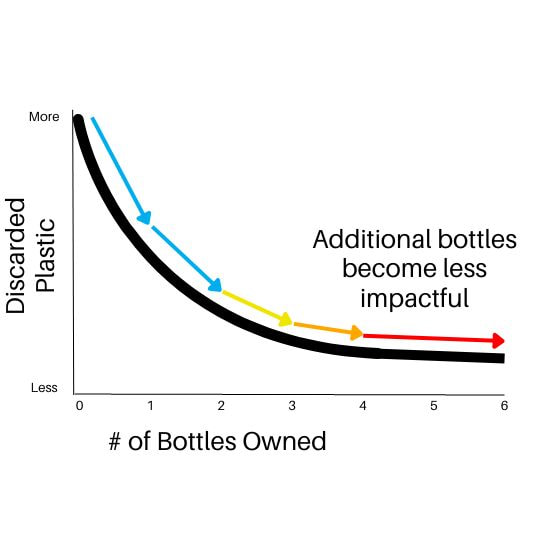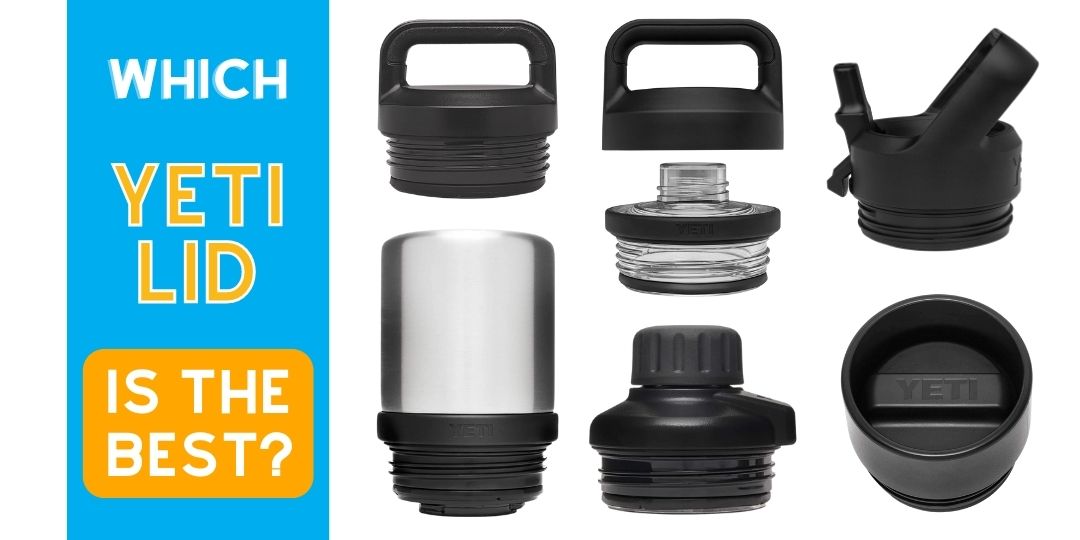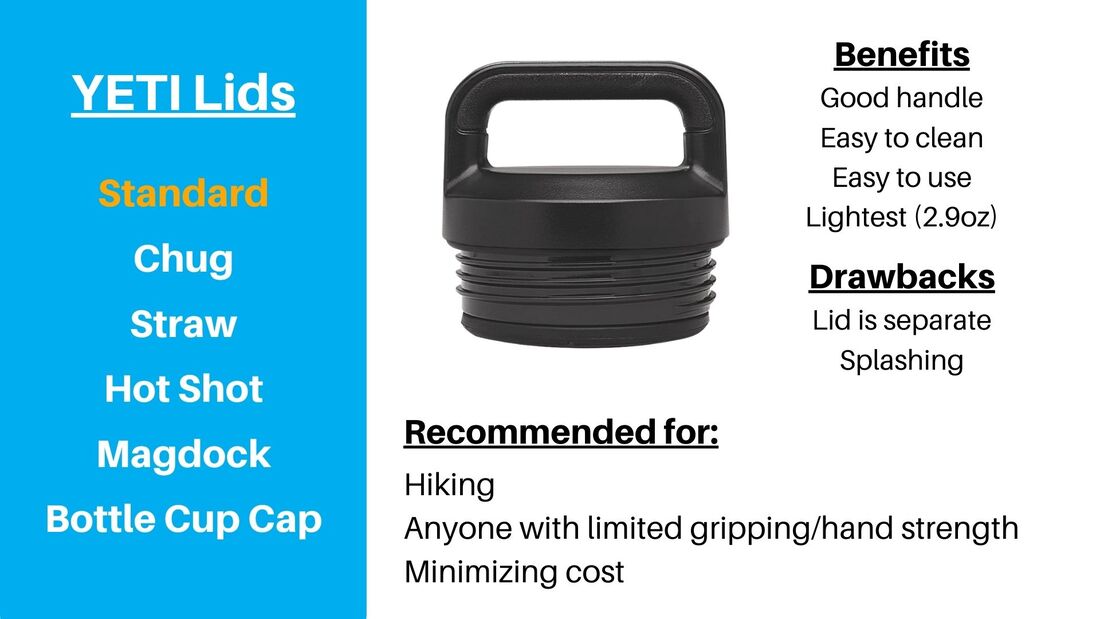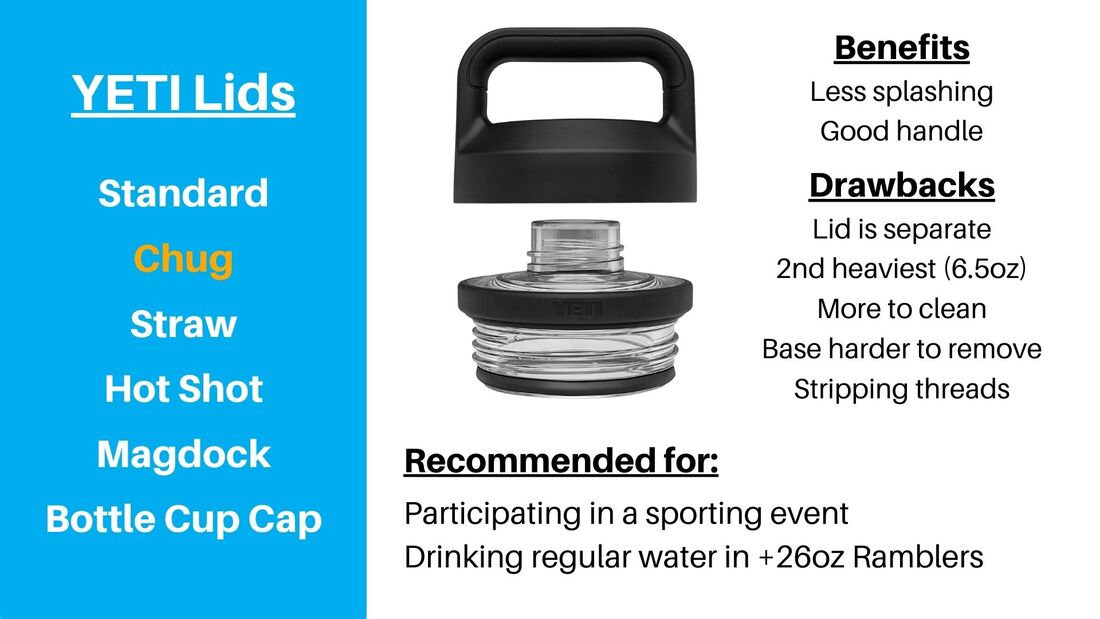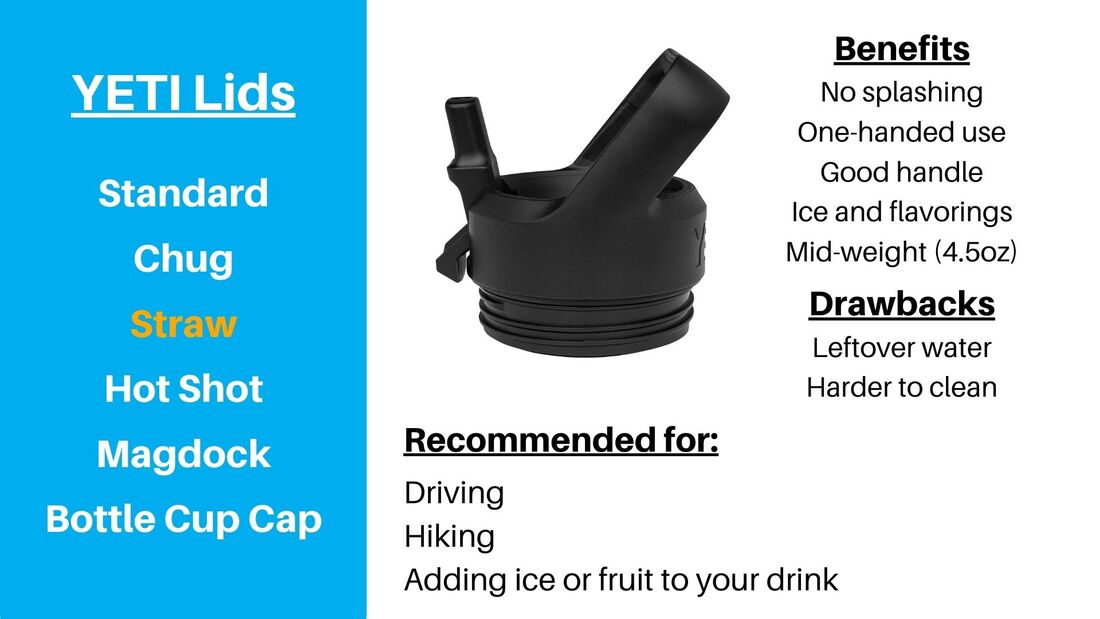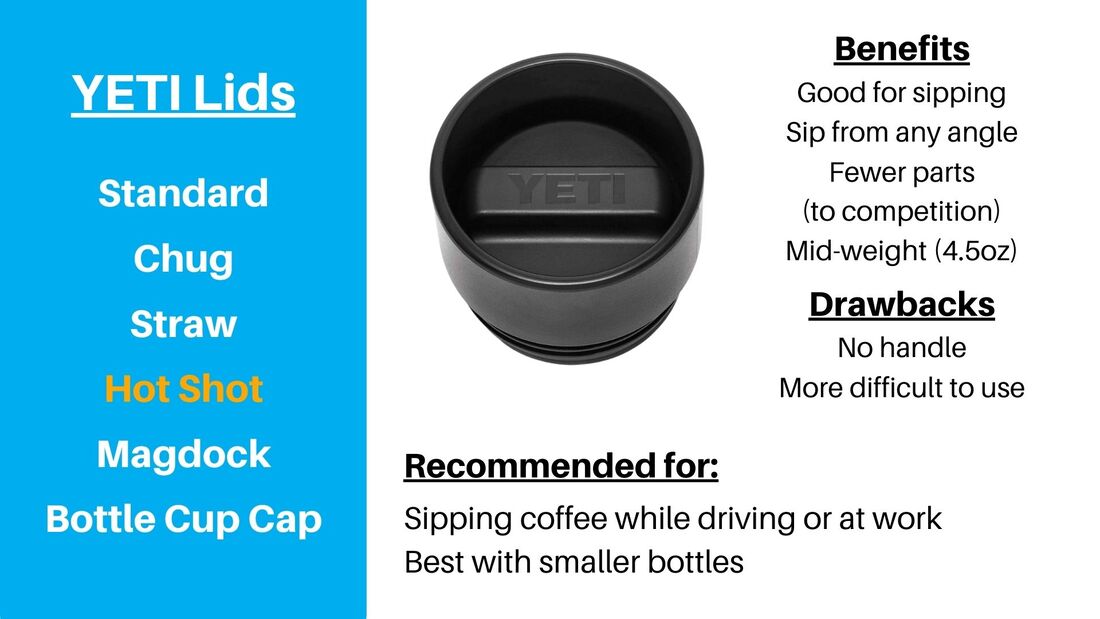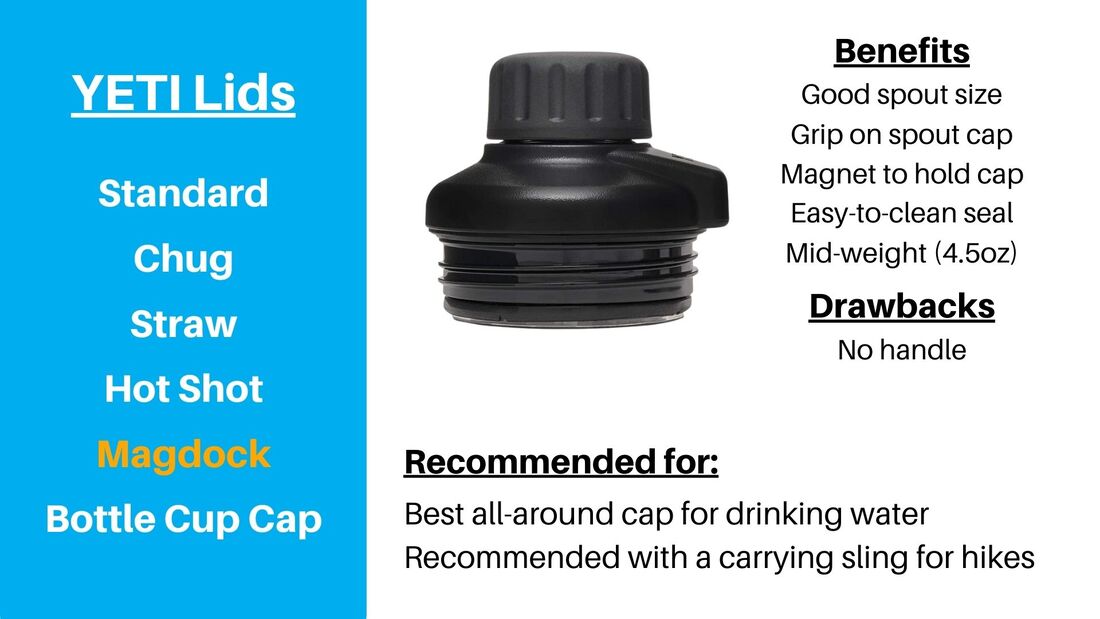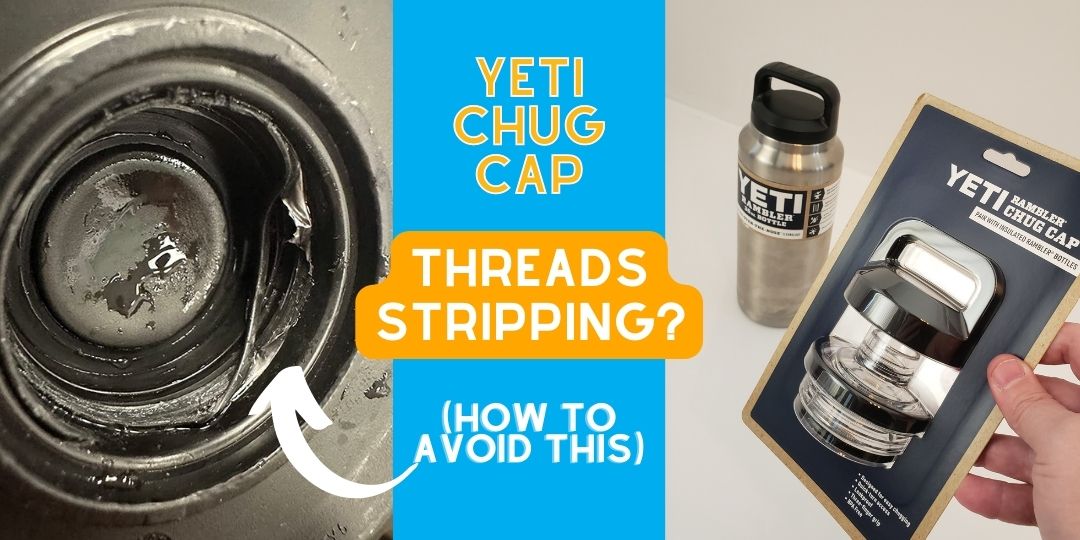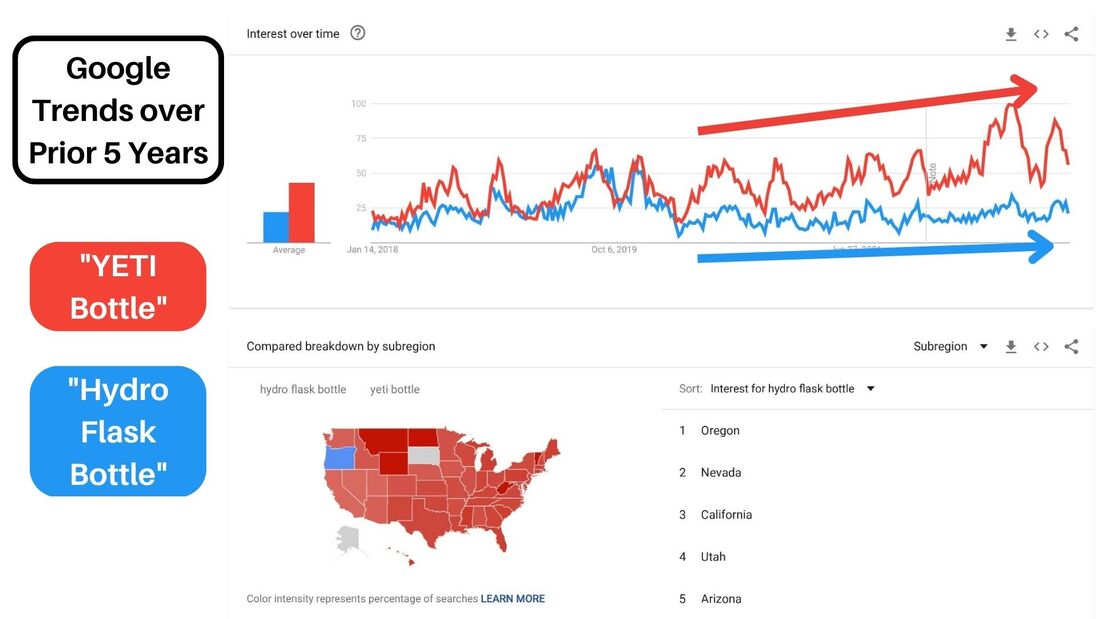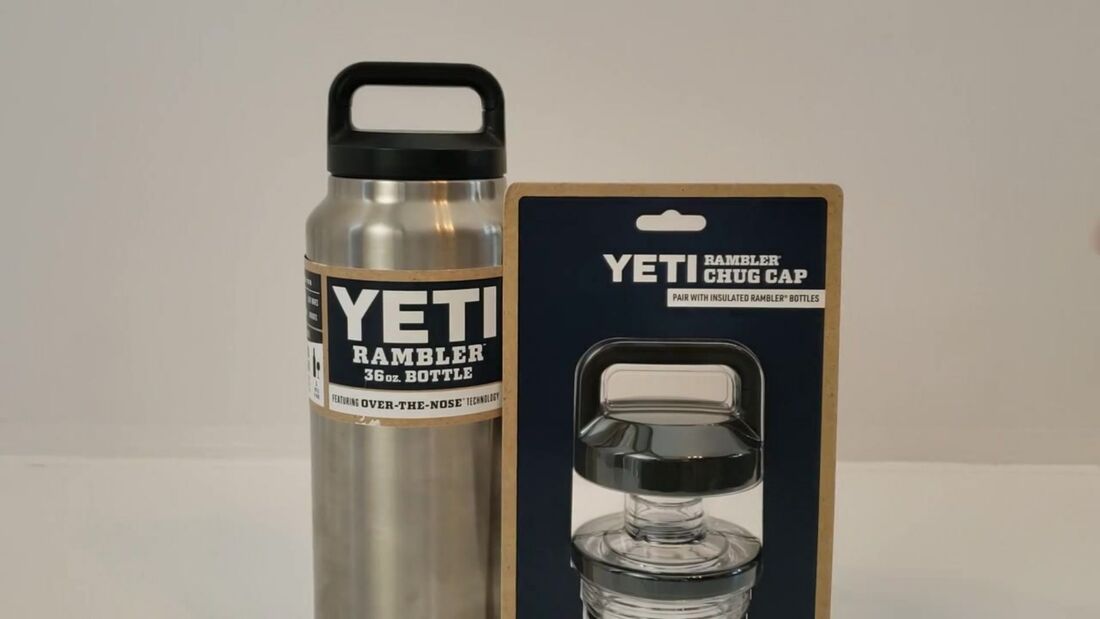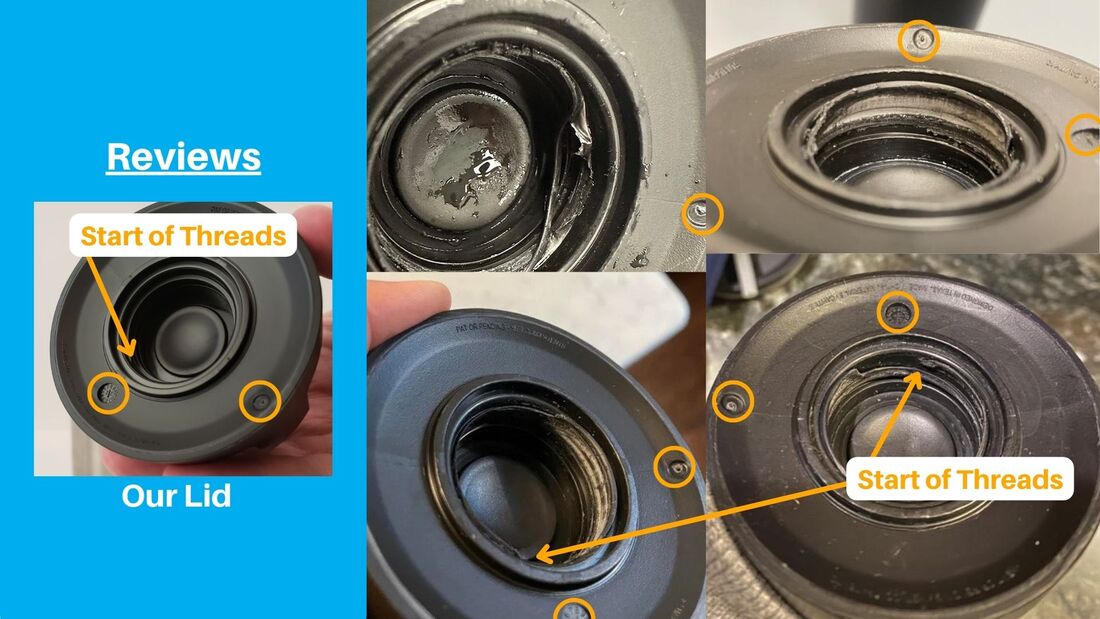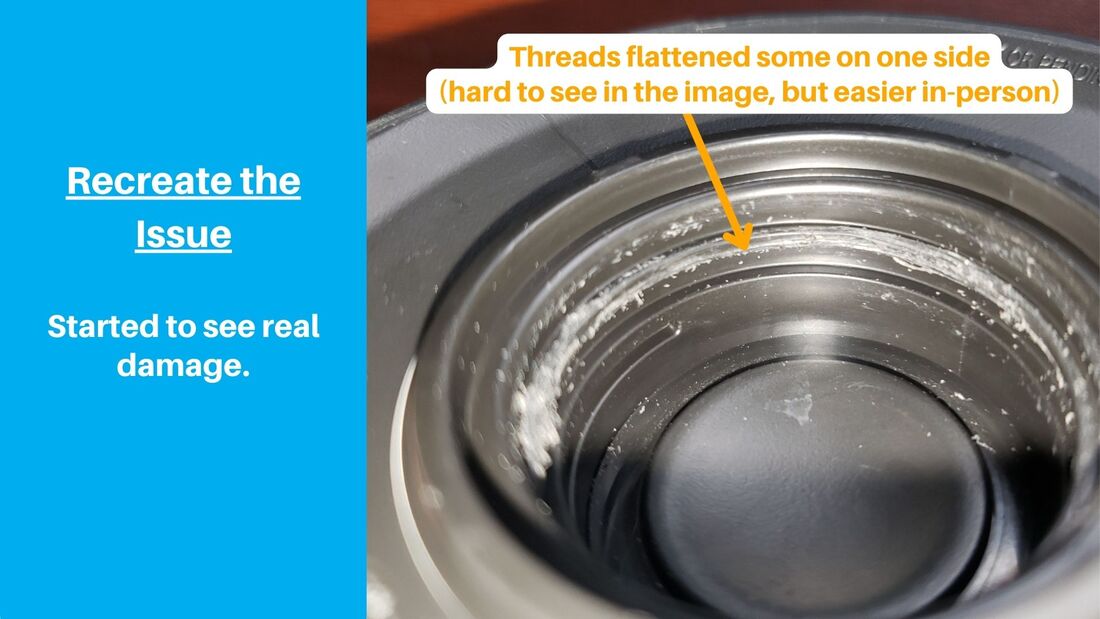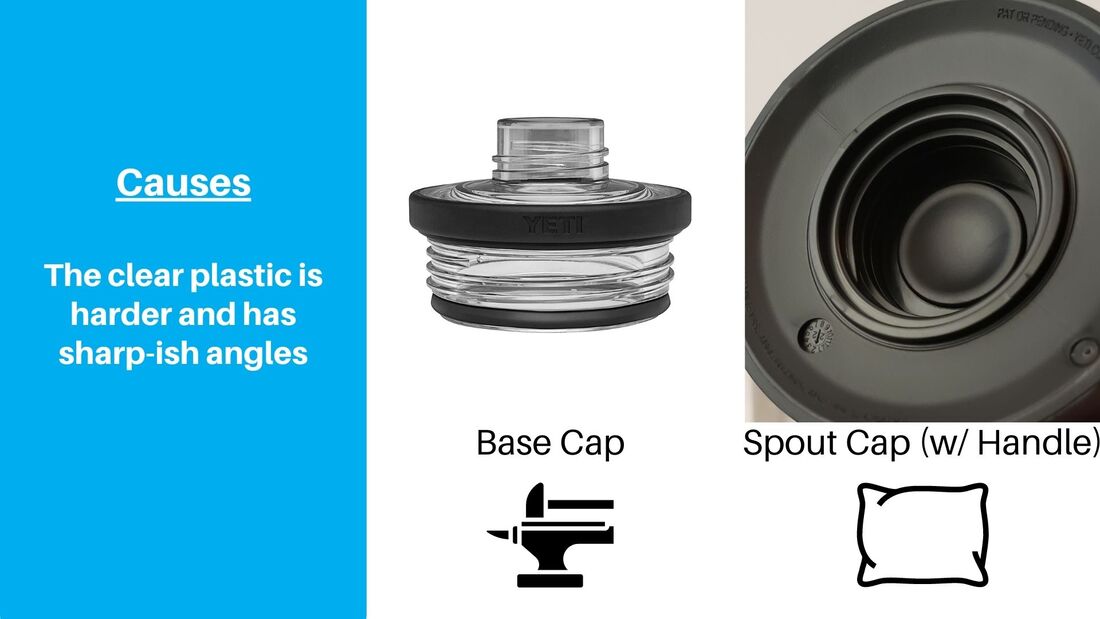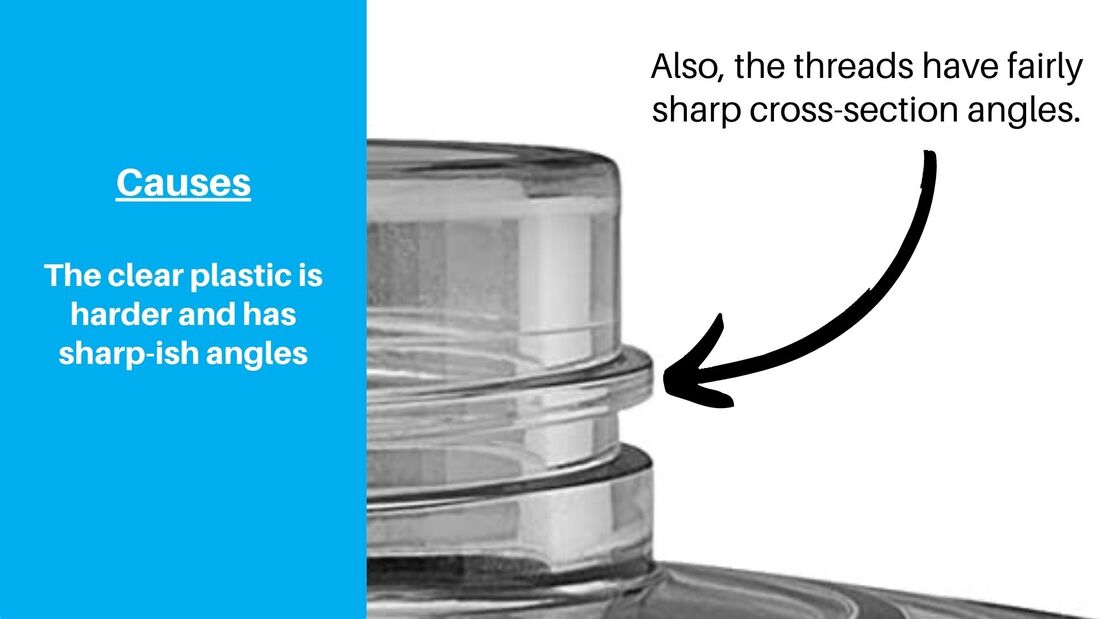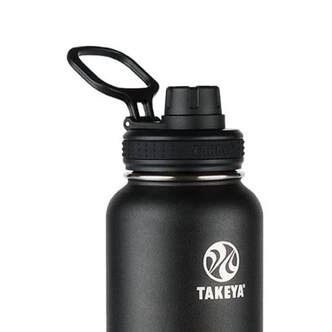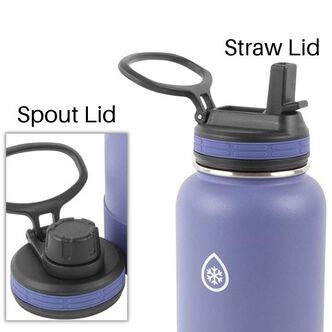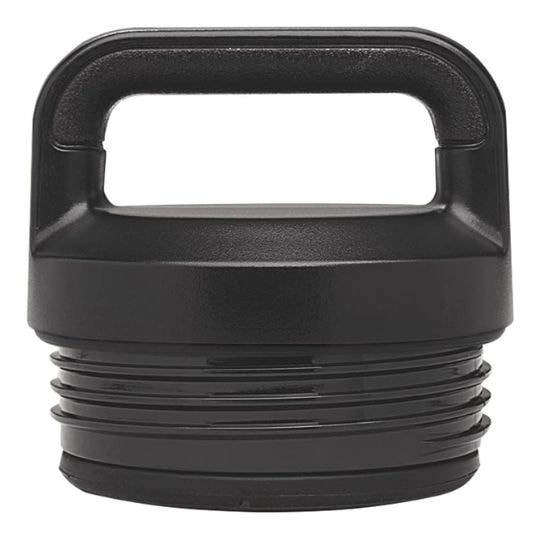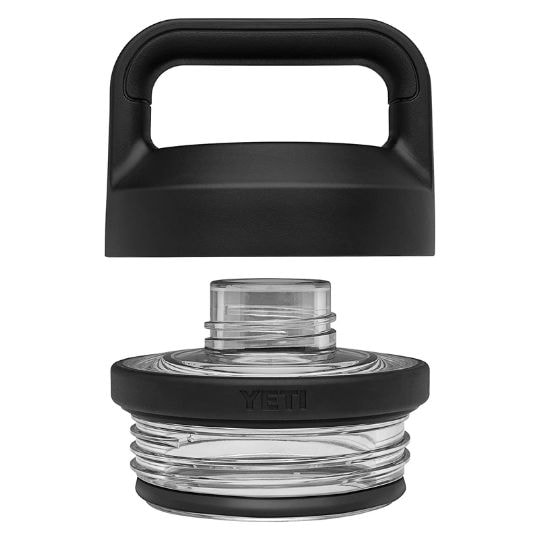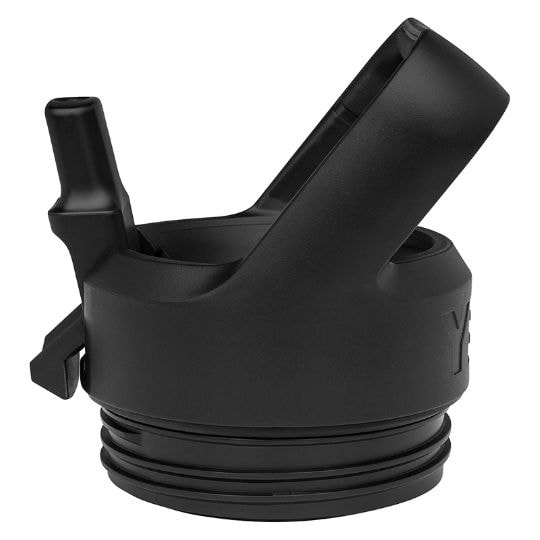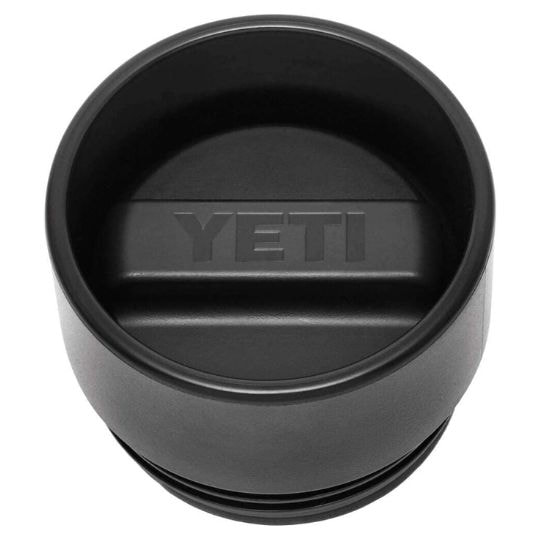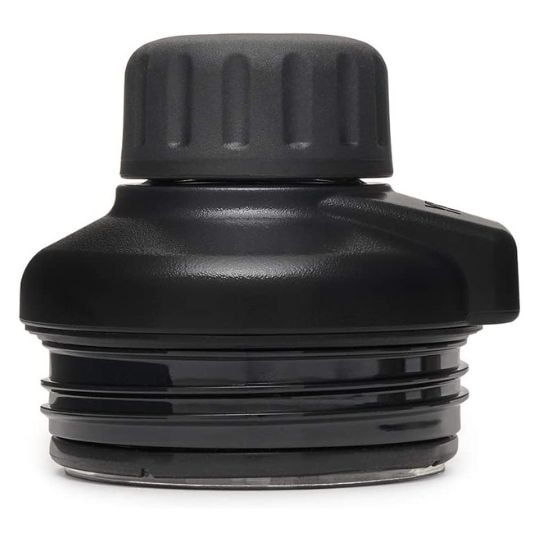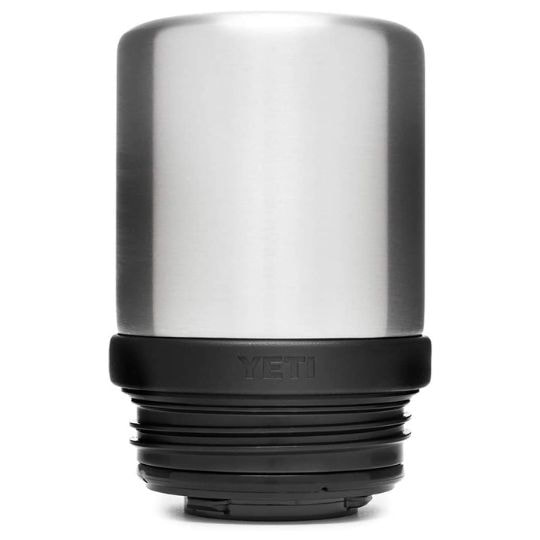Top 3 Questions to Ask before Buying a Water Bottle for your Child As a parent, you have a lot to think about when it comes to your child. In this post, we we'll talk through three important questions to consider before buying a bottle for your little one. And we’re glad you’re here. BottlePro is all about health through hydration, and teaching your child to use a reusable water bottle will have many benefits in the long run. Proper hydration habits are tied to better health, and avoiding single-use bottles will help your child’s future wallet as well as the environment that he or she is inheriting. So without further ado, let's get started! Question #1 - Is Your Water Bottle Safe?Moving on to question number one, is it safe? As with anything with your child, the first question you should ask is, will this be safe for my child to use every day. Normally the concern with bottles is about leaching, or whether chemicals or toxins seep from your bottle into your drink. Aside from that, there are physical hazards, which is particularly true with glass because it can break into sharp pieces.
The Safest Water Bottle Materials for ChildrenThe safest bottle materials that we recommend using for children are:
STAINLESS STEELAre Stainless Steel Bottles Safe for Kids? In many ways, stainless steel bottles are the best option for children. They’re widely shown to be safe, are easy to clean, and don’t have an inner liner like aluminum bottles. There are plenty of reputable brands with many different style to choose from, so you have plenty of options to pick what’s right for you and your child. And unlike glass, they won’t shatter and potentially create a physical hazard if your child drops the bottle. Stainless steel bottles typically come in one of four alloys or grades: 304, 316, 18/8 and 18/10. Any of these grades should be fine with normal use, but if you’re really looking for the best grade, consider buying a bottle made with 316 steel because it’s more corrosion resistant. Should You Avoid Stainless Steel Bottles for Kids? For the most part stainless steel bottles are a pretty proven and safe option, but there's one thing to keep in mind with many of them. Make sure you look at the lid construction. Many bottles that are made with stainless steel bodies still have exposed plastic under the lid that can come in contact with the water, so if your goal is to completely avoid plastic contact, keep this in mind. I’ll give some links in the description to bottles that I’m aware of that completely prevent plastic from contacting your water, and if anyone else knows of other options, please leave a comment below to let us and other viewers know. The Best Stainless Steel Bottles for Kids There is a lot of competition in the stainless steel water bottle market, so there are plenty of options to choose from. These are some of our favorites!
SILICONEAre Silicone Bottles Safe for Kids? For silicone, most research shows that it is very safe and a great alternative to plastic. It is BPA-free, extremely durable, lightweight, and flexible. Just make sure it says food-safe or food-grade. Pretty much every bottle with silicone will list this on the packaging, but it doesn’t hurt to check. And if you’re buying from a lesser-known brand, you could also reach out to the manufacturer for more testing info if you’d like to learn more. Pura is a brand we haven’t tested yet, but looking at their website, they are leaning heavily into silicone-based options and are a good one to check out. Should You Avoid Silicone Bottles for Kids? In my opinion, the biggest potential downside to silicone is what we don’t know. While research has mostly shown it to be safe, compared to some other materials like glass, silicone is still relatively new and it’s always possible that new research could bring up potential concerns. I wouldn’t blame you if you want to avoid silicone bottles for this reason, but keep in mind that most water bottles use some silicone, either in the seals, straw, or spout. It’s very hard to completely avoid silicone in water bottles nowadays. The Best Silicone Bottles for Kids The 100% silicone bottle market is relatively new, so there aren't nearly as many options to choose from compared to stainless steel. Many do not have great reviews, so we're waiting for this sub-genre to develop more. Still, here are a few worth considering for children of varying ages.
GLASSAre Glass Bottles Safe for Kids? Glass gives the cleanest drinking experience, and many people feel safest using glass because it’s a material that’s been in use for a long time and has a more natural feel to it. Many people prefer glass because they find that it doesn’t have an aftertaste that you might have with plastic, silicone, or stainless steel. And even though materials like BPA-free plastic and silicone are tested to be safe, glass is made with fewer additives and chemicals so many people feel safer that it helps avoid leaching of potentially harmful chemicals. Should You Avoid Glass Bottles for Kids? Now all that sounds great, but there is a big drawback. Glass is usually the heaviest bottle and can be extra bulky, so it may be more difficult for your child to manage than alternatives like plastic or stainless steel. And obviously, glass can also break and create a physical hazard with sharp edges. If you want to get a glass bottle for your child, make sure it has a protective sleeve and is made of borosilicate glass because it’ll less likely to shatter and is more temperature and shock resistant. You may want to avoid mason jars because most of them are not made of borosilicate glass. The Best Glass Bottles for Kids These are some of our favorite glass bottle options for kids within a few age ranges.
SPONSORFJbottle Real quick, I’d like to take a few moments to thank FJbottle for sponsoring this video. One thing they do well is clearly label what type of stainless steel is used in their bottles, and they have a mix of 304 and 316. With other brands, sometimes it can take more digging around online to know which grade it is, and higher-grade 316 stainless steel bottles can sometimes be hard to find. They sent us these bottles to help us have some content for this video, and we appreciate the different designs they’ve come up with. There are spout lids, straw lids with silicone tips, and quite a few different designs for whatever your kid is interested in. Each bottle comes with a cleaning brush and a straw cleaner if it’s a straw lid, so it’s easier to keep your bottle clean right from the start without having to buy a cleaning kit, though you eventually may want a more robust bottle cleaning brush. This one is a kid-size of the 34-ounce bottle that I used a lot over the last few months and honestly became one of my favorite bottles. It has a magnetic lid, a carrying strap on the side that I ended up using a lot more than I thought I would, and an anti-slip base that helps prevent a few dents and spills. Please note that they do have plastic under the lids, but the fact that they have 316 stainless steel options and silicone straw options tells me that they are very aware of material safety. We’re very thankful for their support, so we hope you’ll visit www.fjbottle.com to learn more! Question #2 - Which Bottles are Easiest for Children to Use?The next question you’ll want to ask yourself is whether the bottle will be easy for your child to use. What Size Water Bottle is Best for Children Pick a size that’s a good fit for your child depending on his or her age and ability. I’d recommend sticking to 16-ounces at most for younger kids because larger bottles like 20-ounce and especially 32 and 40-ounce would be too much to handle. Bottles can be pretty big and bulky, so look for features that make a bottle easier to carry like a carrying strap, pouch, or large handle. Are Straw or Spout Bottles Better for Children? To make it less likely to have spills, there are a few things to keep an eye out for. Straw lids are easier for many children to drink from, but they're also more prone to leaking, especially if you store a bottle on its side like in a backpack. So depending on your child's age, you may one one more than the other. Double-check the reviews since there’s almost always someone who will mention if it leaks easily. Question #3 - Will Your Child Like It?The third question you should ask is, will my child even want to use this bottle? Now for sure, buying a bottle that’s easy to use important to encourage regular use, but kids are all about style and sporting something that’s fits their interests. This is where having different styles really comes in handy. Is your kid into trains? Unicorns? Pink? Blue? Brands like FJbottle and Klean Kanteen have designs with different graphics and themes, while brands like Hydro Flask and YETI only have color variations. You know your kid better than anyone else, so get them a bottle that strikes a chord with what they’re interested in. That will help encourage them to keep their bottle with them and build on healthy hydration habits.
0 Comments
Update March 9, 2024: For more info about lead and Stanley bottles, see our more recent post here. What is the Safest Water Bottle Material?A common question that many people ask when buying a reusable water bottle is, will this bottle be safe to drink from every day? It's important to know that your bottles are safe for you and your family to use, so in this video, we are going to take a closer look at seven types of water bottle materials:
Our goal is to give you a better understanding of the available options on the market today so you can make the best decision for your situation. We'll review which ones are generally considered to be the safest, and which ones you may want to avoid. (Rankings are at the end) Don't Forget to Clean your Bottle RegularlyBefore we even talk about any water bottle materials, we need to talk about cleaning. Any bottle that isn’t cleaned regularly will eventually become unsafe to drink from due to bacteria buildup. In an ideal world, you should wash your bottle after every single use, but that’s not practical for a lot of people and situations. At the very least though, you should try wash your bottle thoroughly at least every 2-3 days if you use it each day . Using a brush kit like this one is really helpful to clean larger water bottles, especially narrow mouths. It’s also a good idea to give your bottle a deep clean every few weeks with a cleaning tablet, and I found that Bottle Bright’s tablets worked great to get stains out of my coffee bottle. We also recommend that you do not use bleach with your bottle. With some bottles, like 304 stainless steel, bleach can corrode the metal and cause damage. Just clean your bottle regularly with warm, soapy water and use a bottle cleaning tablet every week or two for a deeper clean and you’ll be good. Bottle Cleaning Products We Use Regularly LeachingThe main concern that usually comes up when talking about water bottle materials and health is leaching, which is when chemicals or toxins from the bottle seep into the drink. It’s the same process that created a widespread fear tomatoes in the 1700s when many people thought they were poisonous, as explained in more detail in this article by Reader's Digest. Of course the tomatoes themselves weren’t toxic, but the acid from the fruit would leach lead from the pewter plates and utensils, causing lead poisoning. More recently, BPAs have received most of the headlines, which leads us into our first material, plastic. Are Plastic Bottles Safe?Plastic is the most commonly used material today for water bottles for several reasons, including how it’s inexpensive, easily manufactured, and extremely durable. When it comes to concerns with reusable plastic bottles, you’ve no doubt heard about bisphenol A compounds, more commonly known as BPAs. These are widely used in industrial and consumer goods, but they have also been associated with adverse health effects in many studies. One of the primary concerns is that BPA can mimic the effects of estrogen on your body, which can lead to hormone imbalance, but there are other potential health concerns as well. To be clear, the risk is not completely known. Researching any kind of low-dose, long term exposure like with BPAs is difficult, and there is some uncertainty on how of a risk BPAs actually pose for most people. With over 17,000 scientific papers on PubMed as of 2023, there is understandably a mix of results. And in fact, many studies indicate that most BPA exposure is so small that it is not a significant risk for the majority of people. However, there is enough evidence and uncertainty that’s led to most public health agencies taking steps to reduce BPA use, especially in products intended to be used with infants. For example, in 2012, the EPA officially amended its regulations to no longer allow BPA use in baby bottles and sippy cups. Nalgene's History with BPAs
Are Plastic Water Bottles Safe Today? Given all these changes and public knowledge about BPAs today, you’d be hard-pressed to find a reusable plastic bottle on the market that isn’t BPA-free, but it doesn’t hurt to check. Just look on the product listing or on the packaging for the phrase “BPA-free.” And if you have an older plastic bottle that you’re not sure about, you might want to consider buying a replacement. In general, it’s a good idea to stick to Tritan bottles if you’re going with plastic. This type of material is really light, so it’s for hiking when you want to minimize how much weight you’re carrying. Nalgene and CamelBak have some tried-and-true bottles to choose from, and YETI recently released their Yonder series plastic bottle. Tritan Plastic Water Bottles We Use Are Stainless Steel Bottles Safe?The most popular alternative on the market today is stainless steel. This is easily the best option if you’re looking for an insulated bottle to keep your drink hot or cold since there are so many dual-wall vacuum insulated options available. Steel vs Stainless Steel Steel and stainless steel are not the same thing. Stainless steel has additives like chromium and nickel that help the alloy resist corrosion and rust better than regular carbon steel. But don’t be concerned if you see something online or talk to someone who references "steel" bottles because that’s just shorthand for stainless steel. If anyone reading this knows of a bottle that is made from non-stainless steel, also known as carbon steel, let me know because that’d be news to me and I’m guessing it’d involve some kind of wacky health claim that you probably shouldn’t trust. Grades of Stainless Steel in Water Bottles (304 vs 316 vs 18-8 vs 18-10) To go a step further down the steel rabbit hole, not all stainless steels are the same. The most common types you’ll see associated with water bottles are 304, 316, 18-8, and 18-10. I won’t get into the details here about these different grades, and honestly it can get a little confusing because there is some overlap between the classifications. You’ll most commonly see 304 or 18-8 listed in the product descriptions for stainless steel water bottles. Technically, 316 is better than 304 and 18-10 is better than 18-8 and, so if you’re really looking for the best-of-the-best, go with one of the higher grades. For example, 316 steel is more resistant to corrosion in salty environments, making it a better steel for marine construction projects that will be in and around salt water. But when it comes to water bottles for average consumers, it doesn’t make a practical difference which grade you go with. Any of these four stainless steel alloys are recognized as food-safe. Stainless Steel Bottles We Use Which Stainless Steel Bottles Avoid Plastic Under the Lid? Many people who want to avoid plastic contacting their water buy a stainless steel bottle and assume they are good, but the reality is that most water bottles still have exposed plastic under the lid that can come in contact with your drink. Don’t forget to check under the lid if you’re looking to have completely free plastic drinking. To my knowledge, all of YETI’s lids have plastic on the bottom. Hydro Flask’s standard lids have plastic on the bottom, but they sell a replacement lid with stainless steel. Klean Kanteen’s TKWide insulated bottles have plastic on the bottom of the lids, but I’ve included a link in the description to two of their bottle options that have stainless steel under the lid. Stainless Steel Bottles that Do Not Have Plastic Under the Lid Are Glass Bottles Safe?Glass is another good option to avoid plastic. It’s certainly been around longer than plastic or stainless steel, and it has more of a natural feel to it. Many people find that it doesn’t leave any kind of residual taste with some beverages that they experience with stainless steel or plastic. When it comes to a clean, natural material to drink from, it doesn’t get much better than using glass. Why You May Not Want to Use a Glass Bottle Safety with water bottles isn’t just related to what you ingest, and with glass, there is always a concern that it could break and create sharp edges. This is especially a concern for children. Glass is already pretty heavy and bulky, and it’s not hard to imagine a scenario where a child is running with a water bottle in his or her hand and trips. The natural reaction is to put your hands out in front to break your fall, and it could lead to some nasty cuts if the bottle breaks in your kid’s hands. It's worth noting that most glass bottles on the market are made with a specific type of glass called borosilicate. You may not have heard of this specific term before, but odds are that you’ve used this type of glass at some point. Pyrex is one of the most well-known borosilicate glass brands. This type of glass is more resistant to temperature changes and shock, so it’s less likely to crack or chip. In addition, many glass bottle brands manufacturers also sell their glass bottles with a protective silicone sleeve. So yes, this type of bottle is still more susceptible to breaking in a way that could be dangerous compared to plastic or stainless steel, but the combination of borosilicate glass and the silicone sleeve helps prevent this from happening in most situations. Popular Glass Water Bottles
Glass Bottles that Do Not Have Plastic Under the Lid If your main goal is to avoid plastic contact completely, then any plastic lid is still obviously a problem. Thankfully there are some other brands like Sunkey, Mayu, and Anotion that have stainless steel or silicone under their lids. Are Aluminum Bottles Safe?Aluminum is another common bottle material. It’s lighter and less expensive than stainless steel, but it’s not as durable and won’t insulate your drink as well as a dual-wall stainless-steel bottle would. You'll find aluminum is used in most single-use cans, like for soda and beer. The Liner Inside in Aluminum Cans One thing to be aware of is that aluminum reacts more with acidic liquids compared to other materials like stainless steel. For this reason, aluminum soda cans are made with a plastic liner, and that plastic liner often contains BPAs. Check out the short (51 second) video by Chemteacherphil that we've linked below because it does a really good job of showing this liner. Popular Aluminum Bottles
Are Copper Bottles Safe?Copper is a newer option that you can find on the market today, like this one from the brand Milton that was released in 2020. From what we’ve read, copper is a double-edged sword. On the good side, they look really cool, and there is some evidence that the copper can kill bacteria and microbes in water. Some brands list additional health claims, including how copper is “known for its anti-oxidant, brain-stimulator and immunity booster properties.” However, as far as I can tell, this is dubious at best and is not backed up by trusted sources. In fact, too much copper intake can lead to symptoms like nausea, dizziness, and abdominal pain. Why You Shouldn't Buy a Copper Water Bottle Take this paper Q&A sheet from the Washington State Department of Health. It discusses the negative effects of ingesting water that’s been in contact with copper for too long, mostly involving old copper pipes. They recommend running water in copper pipes for a minute before using it, and whenever possible, use cold water only because hot water dissolves more copper. To be fair, this paper is referring primarily to old copper pipes that are used in construction, and I wouldn't be surprised if the high-grade copper that is allegedly used in many water bottles today is safer, especially because it's easier for you to clean and maintain it. However, there are other similar options like stainless steel that are generally accepted to be safer, so in my opinion, why take the risk? When Is a Copper Bottle a Good Option? If you do not have access to clean drinking water, then a copper bottle may be a good option for you. This is only because the antibacterial properties may provide enough of a benefit to overcome the negative effects of ingesting copper. But if you have access to clean drinking water, then we generally recommend against using a copper bottle. Copper Bottles on Amazon If you're set on buying a copper bottle, here are a couple popular options on Amazon. Are Silicone Bottles Safe?Silicone is a material that’s become more and more popular with food-safe products. It’s been used for a long time as a component, like with o-rings and gaskets to keep bottles water-tight, and now we’re even seeing some all-silicone options come out. They have some unique benefits given that they’re typically collapsible and lightweight, making them fantastic options for traveling and hiking. Yes, there are some plastic options like Platypus like this, but for those who want something that’s collapsible without the plastic, silicone is really the only good alternative. Does the Silicone Pinch Test Work? Quick note about silicone. There are silicone types that are not food-safe, and it’s typically when fillers used do not have the same food-safe properties. You might also read about a “pinch test” to verify if the silicone is safe. The thought is that if you pinch silicone and it turns white, this indicates it has fillers that can be unsafe. However, this is not necessarily true, and the pinch test is more of a myth from what I have read. There are food-safe silicone products that turn white when pinched but that are still perfectly safe. When buying a silicone product, make sure it says it’s FDA-approved, food-grade, or food-safe silicone, and if you have any questions, reach out to the manufacturer. Does Silicone Contain BPAs, and is Silicone Safer than Plastic? No, silicone does not contain BPAs. This article does a great job at explaining more of the details and information about silicone and how it's different and generally considered to be safer than plastic. And the Canadian government writes that there are no known health hazards. In the most basic terms, silicone uses silica, aka sand, which is the same primary component as glass. This avoids some of the more problematic polymers and compounds found in plastics. Having said that, silicone is obviously very synthetic and is relatively new-to-market compared to an alternative like glass. For that reason, I wouldn't fault you if you chose to avoid an all-silicone bottle for now until more research is completed. Silicone Bottles on Amazon There aren’t too many all-silicone bottles on the market yet, but two of the more popular ones now that are worth taking a look at are E-Senior and Special Made. Are Titanium Bottles Safe?The last bottle material we’ll cover in this video is titanium. At first glance, this looks like one of the best options available. It’s extremely durable, more lightweight than stainless steel, and is corrosion-resistant. Because it is better than stainless steel in nearly every way including being almost 50% lighter, titanium is a fantastic option for hiking. Why Shouldn't you Buy a Titanium Bottle? But for all of that functionality, you can expect to pay a much higher price. The cheapest titanium bottle option we found is $80, and other options easily get up over triple digits. In short, titanium bottles appear to be one of, if not the, best material options available for water bottles, but they have a price point that reflects the premium nature of this material. One other downside worth mentioning is that there does not appear to be a dual-wall vacuum insulated option like you’ll find with so many stainless steel bottles. Some brands like Boundless try to spin this as a positive because you can put your bottle directly on a stove to boil water for cooking or to purify it, and for sure this is a benefit when camping or hiking long distances. But for most people, they just want a bottle that can hold ice for 4-8 hours, and I’m not sure a titanium bottle is a good option for that unless you get a thermal sleeve. Titanium Bottles On Amazon that We'd Love to Test Which Water Bottle Materials are the Safest?Yo sum things up, I like to think of safety with different water bottle materials in three tiers. Tier 3 - Avoid Copper At the bottom of the list is copper. It’s probably not a good idea to drink regularly from a container like this. You’ll pay quite a bit of money, and it doesn’t look like science backs up the health claims. Tier 2 - Probably OK, but there are some concerns Plastics (Tritan and Polypropylene) Aluminum Each of these materials are safe according to many studies and the manufacturers, but there are a few details that caused me to rank them a little lower, mainly because there are still some concerns about plastics in general and because aluminum bottles all seem to have an interior lining. Tier 1 - Safest Stainless Steel Silicone* Titanium Glass** And finally, the safest materials to use are stainless steel, silicone, titanium, and glass. From what I’ve read, these bottles all have consistent safety testing results, and you should feel safe and confident using any of them. *Silicone is newer and more closely related to plastic, so I wouldn't fault you if you wanted to avoid this type of bottle until more research is done. I almost ranked it in Tier 2 for that reason. **Glass would be at an even higher level if it weren’t for concerns with breakage and cutting yourself. But if you’re really looking for the cleanest, most natural drinking option, glass is probably the best material to go with. Buying a Large Bottle? Keep Us in Mind
Check out our Amazon store for fun and helpful accessories, like fruit infusers, cup holder adapters, and carrying slings.
What is the Best Water Bottle?It’s 2023, and there are literally hundreds if not thousands of water bottle brands to choose from that initially can appear very similar. With such a saturated market you might be wondering, what is the best water bottle today? But really, that’s an impossible question to answer since different bottles are better for different situations. The better question to ask is, which water bottle is best for you based on how you plan to use it? Content Overview: Heads up, this is a pretty long post with a lot of information. Here's what we'll cover in case you'd like to skip ahead to a certain point.
Our Video ReviewOur YouTube video covers the same information in this post, so click the link if you'd rather see the video. Otherwise, keep reading the full post below!
First, a few things to note.
What Type of Water Bottle Do You Need?Before you even look at any bottles, ask yourself these questions.
Popular and Notable Water Bottles and BrandsNow let’s look at some of the more popular bottles and brands. We'll cover:
NalgeneNalgenes are lightweight, inexpensive, dishwasher safe, and they come in many color options. And while all of the bottles in this review are pretty durable overall since most are made of stainless-steel, Nalgenes are also much more dent resistant because of the plastic construction compared to stainless-steel bottles which can dent more easily. Nalgene is also the only bottle brand we looked at that is made in the USA. Some drawbacks are that they only come in plastic, they don’t have a built-in handle if you don’t count the tether for the lid, they don’t have an insulated version, and there aren’t many options to choose from for lids. It doesn’t feel like the brand has innovated like others have, which has left Nalgene struggling behind other bottles in many aspects. But they still make a great, dependable bottle at an affordable price point, which makes it a good option for many people. Klean Kanteen Classic (Non-Insulated)Klean Kanteen has a mix of insulated and non-insulated bottles. Non-insulated Klean Kanteens are lighter than dual-wall bottles, and they have a simple design that is very easy to clean. They’re also notable for how the standard cap has steel on the bottom, so your water never touches plastic. Most other stainless-steel bottles on the market, including Klean Kanteen’s own TKWide Series, have plastic under the lid. Some drawbacks are that we don’t like the standard loop caps very much, and they aren’t insulated. Klean Kanteen TKWide InsulatedKlean Kanteen recently came out with their TKWide insulated bottles. They have a range of well-engineered lid options that feel unique compared to other brands. The rigid handle feels very sturdy, and one unique benefit is the Impact Base Cap on the bottom. This is a hollow cap that absorbs an impact if you drop your bottle, which lessens the chance that a dent could affect the vacuum insulation. This is one of the easier bottles to clean because the threads on the bottle are made of small bumps in the stainless-steel instead of traditional thread grooves. Some downsides are the overall bulk, both in terms of weight and size for a 32-ounce bottle. We also wish the spout cap was a little easier to keep out of the way. You have to snap it onto the metal handle, which isn’t as easy as some other bottles like Takeya, Camelbak, and FJbottle. There aren’t too many color options for Klean Kanteens, so keep that in mind if you’re looking for your own style. YETI RamblerYETI is in the top-tier for brand prestige, and therefore cost. They are notoriously expensive, but their products are generally very high-quality, which has led to a devoted following of fans and supporters. There are six lid options for their Rambler series wide mouth bottles, so you can pick what’s best for you. Downsides are definitely the cost, but also that these bottles are heavier than some comparable ones on the market. Hydro FlaskHydro Flask is the brand that really catapulted dual-wall insulation into the mainstream, and they’re also a top-tier brand on par with YETI. Their bottles come in a wide range of colors, and they have a good range of well-engineered caps and accessories to choose from, though some are better than others. We love the Flex Straw, but we’re not huge fans of the Flex Chug. You can expect to pay a premium for any Hydro Flask, but the customer service is very good and the company stands behind their products. Hydro Flask Trail SeriesAnother Hydro Flask bottle that’s good to know about is their Trail Series lineup. These bottles have the same great insulation, branding, and look, but Hydro Flask really focused on reducing the weight of the bottle so it’s easier to hike and get around with. This makes it one of the best insulated bottles for hiking compared to really heavy options like Klean Kanteen’s TKWide and YETI’s Rambler. TakeyaTakeya is a good mid-range alternative to Hydro Flask, and their Takeya Actives bottles in particular are a great all-around option. The spout lid is a really good design with a wide handle, a spout cap that locks out of the way for when you need to take a drink, and a nice textured grip. It also comes with a matching bottle boot to protect your bottle from dents and scratches. There aren’t many downsides and this is a jack-of-all-trades kind of bottle, but some people do prefer rigid handles instead of the hinged Takeya design. Iron FlaskIron Flask is an Amazon-focused knock-off of Hydro Flask, but they’re notable for a few reasons. They come with three cap options, so that helps you figure out which style you like without having to buy more lids. Iron Flask is definitely a good brand to consider if you’re looking for unique color options, including gradients. One downside is that the caps are good, basic options, but they do feel more standard and less engineered than Hydro Flask’s lids. ThermoFlaskThermoFlask is a bottle brand that we’ve always thought was a ripoff of Takeya, but while editing this video we found out that’s because ThermoFlask is a brand registered by Takeya. So if you notice a lot of similarities between the two, that’s why. But one difference we’ve noticed is that ThermoFlask seems to have more 2-pack options available on Amazon, which means you can get an even better value. One downside is that there don’t seem to be as many color options. Stanley QuencherStanley has been around a long time, but in recent years it has had a major resurgence thanks to their Quencher Series insulated tumblers. The main difference between this bottle and every other bottle on this list is the built-in handle on the side. Most of the other bottles have handles on the lid, but Stanley’s side-mounted handle, while not our personal favorite, is a big hit with many people. It’s also more tapered at the bottom like a classic tumbler-style, so it fits in more cup holders without needing an adapter. The biggest downside is the overall bulky design. Yes, this is easier to manage because of the handle and the tapered base, but it’s still a very bulky bottle. Camelbak Chute MagCamelbak is a well-known brand that really made a name for themselves with hydration bladder packs for biking and on longer hikes, but they have also released some solid bottle options as well. They are more reasonably priced than the other well-known brands like Hydro Flask and YETI, and the Chute Mag bottles in particular are very popular because of the magnets that lock the spout cap back when you go to take a sip. We’re not huge fans of the hinge design though, as it doesn’t flip open as smoothly as other spout caps like Takeya and FJbottle. S'wellMany bottles on this list can be difficult to distinguish at first glance, like Hydro Flasks, Iron Flasks, Takeyas, and ThermoFlasks. On the other end of the spectrum, you have S'well, which is another high-end brand on par with Hydro Flask and YETI. The aesthetic design and sleek look are the main selling points, and they’ve also come out with many narrow mouth lids, including a filter cap that’s unique to this list. They are also the first brand we’ve talked about that has triple-wall insulation. However, they are pretty expensive, and there aren’t many lid options for their wide-mouth Traveler series bottles. FJbottleThe next brand is FJbottle. Quick disclosure, they reached out to us and sent us a bottle to test. We told them we would only cover the bottle if we liked it, but after using it for a few weeks, we can honestly say that we like this bottle way more than we thought we would. It’s right up there with Takeya for our favorite spout-style lid. Like Camelbak’s Chute Mag, it uses magnets to keep the spout cap out of the way when you’re taking a drink, but the hinge design is much better and is easier to open, especially if you’re just using one hand like when you’re driving. The spout cap also takes the least amount of turning to unlock compared to any of the other spout lids, which is also helpful when driving. There’s a silicone grip pad on the bottom that keeps your bottle from sliding around and protects against some scratches, though not on the outside edges. There’s also a strap on the side, and we’ve ended up using this strap all the time. They also include a brush with each bottle to help with cleaning right out of the gate. One downside is that the spout cap doesn’t flip out of the way as much as Takeya’s version, but you can either tilt your head more or angle the bottle to get around this issue. Also, the rigid handle on top is a little small, but in our opinion the strap on the side more than makes up for this. Overall, we honestly do like this design, and it might become our go-to bottle for a while. Steepware EverestSteepware’s Everest tumbler was made primarily for one thing, and that’s brewing tea. And they really do have a good product for this purpose. There’s a built-in tea strainer that you can use for loose-leaf tea, or you can use it as an ice strainer if you’re looking for a cooler drink. The strainer is pretty big too, so there’s quite a bit of surface area for your loose-leaf tea to steep. You could always take out the strainer and use it like a regular bottle, but the larger strainer is really the feature that sets this bottle apart. EcoVessel BoulderThe last brand we’re discussing is EcoVessel. Their Boulder series bottles might have the most features and accessories packed into one bottle that we’ve seen yet. It has a strainer for ice and fruit, comes with a silicone bottle boot to protect the base of the bottle, and has triple-layer insulation. Some drawbacks are that the strainer is smaller compared to Steepware’s version, so it’s not as good for loose leaf tea, especially in larger 32-ounce bottles. We’re also not a huge fans of lid tethers that double as handles in general, but that’s more of our personal preference and at least EcoVessel has a wider tether compared to Nalgene. It’s hard to put our finger on it, but the construction feels cheaper in a way compared to some other bottles we’ve reviewed. But with so many extra features and a reasonable price, this bottle has a lot going for it. Our Recommendations for Best Water BottlesNow let’s move on to our recommendations by category. We’ll give you a few of our favorites, and we encourage you to check out each one to decide which is the best fit for you. Best Water Bottle for HikingFor hiking, we like Nalgenes because they are lightweight, but we highly recommend getting a carrying pouch like this one because the lid tether isn’t much of a handle. For insulated bottles, FJbottle is a great choice because it has both a rigid handle and a strap, and the lid is the spout style that we prefer when hiking. Hydro Flask's Trail Series bottles are also worth a look because they are the lightest insulated design.
Best Water Bottle for Sporting EventsWhen it comes to sporting events, there are some different considerations compared to hiking. You don’t have to worry as much about the weight of the bottle, and you don’t have to carry it around for long distances. Because of these reasons, it really opens the door on the number of bottles that we recommend, and we really think you should just get a bottle with a spout cap. This cap style lets you get a good amount of water quickly without it all splashing in your face. Our favorite spout cap bottles are Takeya and FJbottle, and keep in mind that ThermoFlask has a 2-pack option with a lid that’s nearly identical to Takeya’s. Hydro Flask and YETI have pretty good spout cap design options that many people love, but they’re not our favorites for varying reasons. Honorable mention in this category goes to EcoVessel’s Boulder series bottles because they have spout caps and you can use the strainer for ice.
Best Water Bottle for Road TripsFor road trips and driving in general, we like straw lids because you don’t need to tilt your head back and potentially take your eyes off the road. Stanley’s Quencher is a good choice because it has a large volume but still has a better chance of fitting in your car’s cup holder. We also like Hydro Flask’s Flex Straw more than most other straw lids because it’s easier to clean thoroughly without popping off the spout. We don’t recommend using standard lids when driving because it’s so easy to splash water all over your face. Spout or sip caps are OK if you’re not into straw lids, but we recommend getting one that’s easier to use one-handed. For example, FJbottle and Takeya’s spout lids are a lot easier to open one-handed than Camelbak’s design, and the spout caps are attached so you can’t accidentally drop it like you could with YETI or Hydro Flask. Bottle doesn't fit in your cup holder?
Best Water Bottle for CommutesFor shorter commutes to and from work, we’d wager you’re probably drinking coffee or tea. Any sip-style lid is pretty good for this, but we really like Hydro Flask’s Flex Sip Lid in particular because, like with their straw lid, their sip lid is easy to disassemble for cleaning. YETI’s Hot Shot Lid is another good option too because you can take a sip from any angle. And you’re probably OK with a smaller bottle like a 16 or 20 ounce, which means you’re less likely to need a cup holder adapter.
Best Bottle for the House or OfficeFor general use around the house or office, it’s really up to you. Any of these bottles can be a good option since you probably can refill it easily, and the lid style doesn’t need to factor as much in your decision compared to other situations like driving. The Stanley Quencher is a good one to consider though because of the big handle. Best Water Bottle for TeaThe best bottle for loose-leaf tea or coffee infusing is without a doubt Steepware’s design, with EcoVessel coming in second because the strainer is much smaller and is really better for blocking ice or fruit instead of brewing tea or coffee. For wide mouth Hydro Flasks and similar bottles like Iron Flasks and ThermoFlasks, you can also look at our FlavorFuze Steel infusers. They come with a small and large size infuser, and they are specifically designed to fit wide mouth Hydro Flasks.
Best Water Bottle for IceFor ice, EcoVessel is a good option because of the built-in strainer. Other spout lids can have ice cubes sneak out once they melt down some. Straw lids are also a good option, and as mentioned before, we really like Hydro Flask’s Flex Straw. If you have a Hydro Flask with a standard Flex Lid, you can also use our SplashPro splash guard. We designed it specifically for Hydro Flask lids so it fits around the insulation.
Best Water Bottle for Fruit InfusingFor fruit infusing, you can also go with Steepware or EcoVessel and add the fruit so it’s loose behind the strainer. Alternatively, try our FlavorFuze Pod fruit infuser. Just add your fruit into it, pop on the lid, then drop it into any wide mouth bottle. Our FlavorFuze Straw infuser is a really good option too for Hydro Flask straw lids. Just slide and snap it onto the straw.
Best Water Bottle for Limiting Plastic Contacting WaterWe also wanted to highlight which bottles do the best job limiting how much plastic touches your water. Nalgenes are the only all-plastic bottles in our video, but most of the other bottles also have exposed plastic under the lid that can touch your water. The only bottles that have all-stainless-steel interiors, including under the lid, are Klean Kanteen’s non-insulated classic bottle and EcoVessel’s Boulder series.
Best Spout (Chug) LidFor spout lids, we love Takeya and FJbottle. They’re a little different from each other, but they both do several things well. The spout cap is easy to open, stays attached so you can’t drop it, and locks into the open position easier than some other designs. They are also easier to carry around because of Takeya’s good handle and FJbottle’s strap. ThermoFlask has a spout cap that is essentially the same as Takeya, and you can get them in 2-packs for a better deal. Klean Kanteen's TKWide has a few novel features as well. The threads on the bottle are rounded metal bumps that are much easier to clean thoroughly than traditional threads, and impact base cap can absorb dents that may otherwise have affected the dual wall insulation.
Best Straw LidFor straw lids, we really like Hydro Flask’s Flex Straw because it’s the easiest straw lid to clean more thoroughly without having to pop off the spout. Easier to clean thoroughly than other straw lids Best Sip (Cafe/Commuter) LidFor sip lids, we also like Hydro Flask’s version, the Flex Sip, because it’s easy to disassemble for cleaning. YETI’s Hot Shot is a good one to consider too because you can sip from any angle.
Best Value Water BottleThe best value bottles in our opinion are Nalgene, Iron Flask, ThermoFlask, and FJbottle because they’re more affordable but they are still great at what they do.
Best Looking Water BottleThe best aesthetic design goes to S’well, and brands like Iron Flask and Hydro Flask are great options too with so many color choices.
Best Water Bottle BrandThe best brands in terms of brand power in today’s market are YETI and Hydro Flask, with an honorable mention to Stanley and S’well because of their unique designs really being core to their brand. Best All-Around BottleWe thought about giving our recommendation for best all-around bottle, but we decided against it because of the countless variations for each person, like budget, preferences, lifestyle, and plenty of other factors. For us, we will probably use the FJbottle because it impressed us so much, but we encourage you to make your own decision. If you’ve made it to this point in the video, you’ve already heard more than you ever thought you ever needed to know about water bottles so hopefully you have a better idea of which bottle will work best for you. And that’s it! Hopefully this helps you figure out which bottle works best for you. Again, we'd love it if you could use our links to purchase since we get a small referral fee, but either way we hope this information helps you on your path towards better hydration habits. Thanks again! Buying a Large Bottle? Keep Us in Mind!Check out our Amazon store for fun and helpful accessories, like fruit infusers, cup holder adapters, and carrying slings.
Content Overview:
Products Mentioned in this Post: Counterpoint - Why you should Think Twice before Buying a Hydro Flask, YETI, or Stanley Water BottleYETI recently released a new bottle with a straw lid, and it’s their answer to Stanley’s Adventure Quencher bottles that took the internet by storm. You may have noticed articles like these predicting that the new YETI straw tumbler will go viral. These kinds of articles come up seemingly every week describing the next big Hydro Flask, YETI, or Stanley product that you should buy. But we’re here to give the counterpoint with three reasons why you shouldn’t buy a Hydro Flask, YETI, or Stanley. Our Video ReviewOur YouTube video covers the same information in this post, so click the link if you'd rather see the video. Otherwise, keep reading the full post below!
Reason #1 Why You Shouldn't Buy a Hydro Flask, YETI, or Stanley - Affiliate MarketersHere’s the deal. The people and companies writing these articles are affiliate marketers. They get paid if you click a link and make a purchase, so it’s in their best interest to promote the most popular and expensive items.
Always remember that there is no such thing as a perfect product for every person and situation. Every single product has a drawback or something that can be critiqued. If the article you’re reading doesn’t list at least one negative to be aware of, then you might want to get a second opinion elsewhere. Reason #2 Why You Shouldn't Buy a Hydro Flask, YETI, or Stanley - You're Mostly Paying for the LogoWe run a business selling products on Amazon and ordering items from China. Our manufacturing and shipping volumes are obviously not nearly as high as Hydro Flask, YETI, or Stanley, but we can take what we’ve learned and use that to take our best guess at what kinds of costs they have.
Now obviously there are many other costs that will bring down Hydro Flask’s true net profit, including customer service, marketing, facilities costs, and employee wages. We’re not going to try to guess what Hydro Flask’s costs are in these categories, but it’s clear to see that a minority of what you pay for with a Hydro Flask bottle is in the bottle itself. If you think of customer service, marketing, the facilities, and the employees as essentially being the brand, then this little logo basically costs you around $30 per bottle. Most of the price you pay is for the brand, not the bottle. And though there are surely some differences between brands, we wouldn't be surprised if YETI and Stanley bottles are in this same ballpark. Let’s compare these costs with Iron Flask, which is a well-established knockoff brand on Amazon. They were close on our insulation test, and they’re almost exactly the same size and shape.
Now some of Hydro Flask’s higher costs are well worth it. They have great customer service, and they make really good products that last a long time. But in our opinion, it’s still a lot to fork over for the logo and we’d rather have a greater percentage of the price we spend go into the product, not the company. YETI’s branding-related costs are possibly even more excessive. Stanleys aren’t quite as extreme, but you're definitely still paying for the logo. Reason #3 Why You Shouldn't Buy a Hydro Flask, YETI, or Stanley - The EnvironmentIt's a little counter-intuitive at first because one of the most important reasons why you should get a reusable bottle is for the environment. Disposable water bottles are terrible, and upgrading to a reusable bottle is one of the best things you can do on an individual level to reduce plastic consumption. But the reality is that most people only really need one or two bottles to get them through the day. This why we really don’t like how viral bottles and excessive marketing budgets always push customers to get the next best bottle or color. It's one thing if you if you want a different type of bottle for specific reason, like a smaller one with a sip lid for coffee. But do you really need a 6th color of a 40-ounce bottle when you already have 5 similar bottles?
Sooner or later, the total environmental cost related to manufacturing and shipping your next reusable bottle will be greater than the environmental benefit from the reduction to your plastic consumption. So before you buy your next reusable bottle, take a second to think about whether you really need it. And that’s it! You might find it a little weird for our company to tell you to not buy a water bottle given that we’re in the business of making accessories for these bottles. But like always, we try to give our honest thoughts and recommendations that will actually help. And we know we railed on affiliate marketers before, but we did include links to the products we talked about. If you make a purchase after clicking one of the links, then we get a small commission. It helps our small business out, and we appreciate the support so we can continue making unbiased posts and videos like this one. Keep BottlePro in mind for accessories for your large bottles, and happy hydrating! Buying a bottle? Keep us in mind!
Check out our Amazon store for fun and helpful accessories, like fruit infusers, cup holder adapters, and carrying slings.
Which YETI Lid is the Best?Rambler water bottles are one of YETI’s most popular and profitable product lines, due in no small part to how useful and versatile they are. YETI has designed six lid styles that are compatible with any wide-mouth Rambler bottle. To be clear, the lids we’re talking about only fit YETI Rambler water bottles. We’re not talking about YETI’s tumblers, mugs, or new Yonder plastic bottles. So the next logical question is, which YETI lid is the best? Our goal with this post is to give you all the information you need to answer the more important question: which YETI lid is the best for you? Which YETI Lid is the Best? (Video Review)If you'd rather watch a video about this topic, then check out our YouTube video!
Or keep reading our full post below. The ContendersYETI has designed six (6) lids as of today: Standard, Chug, Straw, Hot Shot, Magdock, and Bottle Cup Cap.
YETI's Standard LidFirst is the one that started it all, YETI’s Standard Lid. This was the lid that came out when this water bottle series was initially released, and it’s still the one that comes with most YETI Ramblers bottles today. We love the carrying handle. The rigid design is wide enough to fit three fingers, making it very comfortable and easy to hold. The simple, no-frills design is very easy to use, and it’s also easy to clean. This is the best option for anyone who has limited finger strength because the handle is easy to hold, and it lets you get a good amount of leverage to open the cap. It’s also the most lightweight YETI cap at only 2.9 ounces. There are a few main drawbacks. First, the lid is completely separate from the bottle, so it’s pretty easy to misplace or drop the lid, causing it to get dirty. It’s not like a Takeya, which has a connected spout cap. Second relates to YETI’s Over-The-Nose technology, which in non-marketing terms just means they made the mouth opening about 1/2” wider than competitors like Hydro Flask. Because the opening is so wide, it’s notoriously easy to splash water in your face, especially if you’re in the middle of an activity like driving. And if you have ice in your bottle, all we can say is good luck. So while we love the simplicity of the standard cap and how easy it is to use, it’s definitely the base design for a reason since it does not offer many benefits or uses compared to other lids. YETI's Chug CapYETI’s Chug Cap is probably the most common replacement lid that people choose to use, and for good reason. It consists of two parts that we’ll call the base and the spout cap. The most important and obvious benefit is how lid solves the glaring problem with the Standard Lid by making it much easier to take drinks of water without splashing water all over your face. The handle is the same great design as the Standard Lid and is very comfortable and easy to hold. Some drawbacks are that the spout cap comes completely off and is easy to misplace or drop. At 6.5 ounces, this is the 2nd heaviest YETI lid. There are more parts compared to the Standard Lid, so there is also more to clean, including an extra set of threads. This is not as good of an option as the Standard Lid for people with limited gripping strength, mainly because the base is more difficult to get on-and-off. Our previous video discussed a common problem we see in reviews about the chug cap, specifically that the threads can strip fairly easily. If you want to use a chug cap, we recommend watching that video to help minimize this potential problem. While it may seem like we brought up a lot of drawbacks, the YETI Chug Cap is by no means a bad lid. It’s a solid improvement over the Standard Lid in many ways, and it’s our favorite lid for drinking regular water from YETI Ramblers that are 26 ounces or larger. YETI's Straw CapThe next cap we’re reviewing is YETI’s Straw Lid. Like with most straw lids, it’s very easy to take sips of water, and there’s no chance of splashing water in your face provided that you keep the bottle upright. The previous two caps require two hands to unscrew the lid while holding the bottle, but you can take one-handed sips with the Straw Lid. This makes it a great option for when you’re on the road. The handle is the same comfortable, three-finger style as the Standard and Chug Lids. The only difference is that the handle is angled to the side some so you don’t hit your forehead when taking a drink, but we wouldn’t count this as a problem. In our opinion, this is the best option if you’re planning to use ice or add flavorings like fruit to your bottle. You’ll keep everything out of your face, and the small straw opening is unlikely to plug up unless you have really small bits of ice or fruit. If you’d like to flavor your water, consider using our FlavorFuze Straw infuser. We designed it for Hydro Flasks initially, but it also fits great on YETI’s Straw Lids. Most of the drawbacks are similar to what you’d find with any straw lid. The straw grazes the bottom of the bottle, and you’ll need to remove the entire lid if you want to drink 100% of the water. Also, they’re harder to clean than the previous lids. Make sure you have a straw cleaner, and even if you’re cleaning the straw regularly, it’s a good idea to replace the whole straw every once and awhile. In conclusion, this is a good straw lid that can help make your life a little easier. We like this lid the most for hiking because it’s fairly lightweight compared to the other lids and prevents spills. We also like using this lid when we want to add ice or flavorings. In some ways YETI’s Straw Lid feels a little basic when compared to competitors like Hydro Flask and Klean Kanteen who have made innovations that make them easier to clean or use less plastic. But basic isn’t necessarily bad, and this is certainly still a good lid. Hot Shot LidNext is YETI’s Hot Shot Lid, which is their sip-style. It’s intended to be used with smaller bottles for coffee and tea. It does a good job of limiting how much of your drink comes out at once, which is good when drinking something hot like coffee. One cool feature is that you can take a sip from any side of the bottle, which is different than what you find with many competing sip lids that force you to line up your mouth with the opening. In this way, the Hot Shot is a very good option for drinking coffee while driving because you don’t have to worry about lining up your mouth with the bottle opening. And YETI’s Hot Shot has fewer parts compared to some competitors like Hydro Flask’s Flex Sip. This makes it easier to clean and less likely to misplace or drop a piece. It’s a fairly lightweight option at only 4.7 ounces, though this is technically the 4th heaviest YETI lid. One obvious drawback is that the lid does not have the carrying handle that’s incorporated into the previous lids. We know the Hot Shot is intended to be used with smaller bottles that are easier to carrying in general, but having a handle always helps. But the biggest drawback that some people will find with the Hot Shot lid is that it’s more difficult to use, even compared to some other sip-style lids we’ve tested. The rim around the top is great to drink from, but it doesn’t give you much room to get your fingers against the opening mechanism. People with limited finger strength or arthritis will most likely have issues using the Hot Shot lid. This especially applies to cleaning the lid. To separate the two pieces, you have to twist even harder counterclockwise until you hear two clicks, and then the middle piece comes out. To sum it up, this lid is a good option to use with YETI’s 12 or 18 ounce Ramblers when you want to sip on your coffee on the way to or at work, and we really like how you can sip from any angle. But other than that, this lid is just not as easy to use as some other sip-style lids that we’ve tested. And definitely don’t get this cap if you have limited hand strength. YETI's Magdock LidNext is the Magdock lid. This is the lid we have been most excited to get our hands on because it seemed like an improved version of the Chug Cap, and we were not disappointed. The spout is the same size as the Chug Cap, meaning you can get a good amount of water when you need it while also preventing spills. The spout cap is textured for better grip, and it adds to the feel of a premium product. But the most obvious improvement is incorporated into the name. The spout cap has a built-in magnet that allows it to securely connect to another magnet in the base, and let’s be honest, who doesn’t love magnets? This makes it much easier to prevent accidentally dropping your spout cap, which was one of the main drawbacks with the Chug Cap. One other cool feature that we hadn’t seen before is that the o-ring that seals the connection between the spout cap and the base is much easier to remove than with most seals we find in other bottles and caps. It even has a little built-in little handle that lets you pull it out very easily, and this makes cleaning your bottle much simpler. At 4.6 ounces, this is the 3rd lightest YETI option. The most glaring drawback is a biggie. The Magdock Lid doesn’t have a built-in handle. If you have smaller hands, then gripping YETI Ramblers that are 26 ounces and larger can be a challenge and not having a handle on the lid is a clear drawback. But other than that, there’s not much we don’t like about the Magdock cap. In conclusion, we really did like this lid. This is our favorite lid hydrating while at work or hanging around the house because it’s easier to keep the spout cap nearby and clean. It improves on most of the drawbacks with the Chug Lid, it’s easier to clean than the Straw Lid, and it’s easier to open and close than the Hot Shot Lid. But the fact that it doesn’t have a handle is a major drawback for larger bottles, especially for people with smaller hands. Consider getting a carrying pouch for your bottle, which then solves the problem of not having a handle. YETI's Bottle Cup CapThe last lid option that we’re reviewing has the most focused purpose. The Bottle Cup Cap essentially turns your YETI Rambler into a Stanley Classic Thermos. There are three pieces, the base, the spout cap, and the cup. Just unscrew the spout cap a little, and then you can pour your drink into the detachable cup. The cap looks amazing. The stainless-steel cup has a heft and feel to it that definitely feels premium. We haven’t officially tested this yet, but we wouldn’t be surprised if this cap has the best insulation properties compared to other YETI lids. Because the insulation is probably so good, this is a great option if you’re sitting in the stands watching a sporting event on a chilly day, sitting around the firepit, or relaxing at a campsite. But there are some key drawbacks to consider. First off, the lid is huge and bulky. At 12.7 ounces, it’s almost twice as heavy as the next heaviest cap. In addition, this cap doesn’t have a handle to help manage all that extra weight and bulk. And with a price tag of $30 today, it’s also the most expensive lid option by far. As of today, you can actually spend $5 less and get a 34-ounce Stanley Classic Thermos that serves the same purpose and has a handle built into the bottle. Overall, while this is a really cool add-on for very specific scenarios, we think the Bottle Cup Cap is too situational and expensive for most people except the most die-hard YETI fans and collectors. SummaryTo bring it all together, here is our summary for each lid, including recommended best-uses. The Standard Lid is a decent lid in general, particularly for hiking, but we think there are better options for most situations. The Chug Lid has some good improvements over the Standard Lid and is our recommended option to use when you’re actively participating in a sporting event. It’s a little heavier, so it’s not as good for longer walks or hikes. The Straw Lid is our recommended option for hiking or when you want to add ice or flavorings to your bottle. The Hot Shot Lid is ideally used to drink coffee with smaller Ramblers, but it’s not a good option if you have limited hand strength or if you want to drink from a larger bottle. The Magdock lid is our favorite all-around lid for every-day hydration, especially when pairing it with a carrying pouch so not having a handle isn’t as big of an issue. And the Bottle Cup Cap is a good option when you’re lounging game-side or around the fire and want to sip at a warm drink, but other than that it’s not very practical. Regardless of which cap you get, consider getting a cup holder adapter for your YETI Rambler to keep it securely by your side when you’re on the road. We just came out with our new-and-improved BottlePro Max adapter that fits all YETI Ramblers. And that’s it! We hope this post has helped you decide which lid or lids you should get. Keep BottlePro in mind for accessories for your large bottles. Buying a YETI Rambler? Keep us in mind!Check out our Amazon store for fun and helpful accessories, like fruit infusers, cup holder adapters, and carrying slings.
YETI Chug Cap Stripped Threads - A Video ReviewIf you'd rather watch a video about this topic, then check out our YouTube video!
Or keep reading our full post below. How to Avoid Stripping Threads with YETI's Chug CapAt BottlePro, we’ve mostly focused on Hydro Flasks over the years. But one of our New Year’s resolutions is to give some other brands more love, and at the top of that list is YETI. YETI is possibly the most popular premium bottle brand on the market today, and for good reason. Their products cost a relative fortune, but that’s because they are over-engineered and designed to last for many years.
Given that YETI is a premium brand, all these negative reviews seemed odd so we decided to order a chug cap to test it out and see if we could recreate this issue. We ordered a YETI Chug Cap in December, 2022 from YETI’s storefront on Amazon. Interestingly, the storefront showed this product as unavailable when we went back in early January when we were making this video, but we assume the listing will be back up and running soon. It might be wishful thinking on our part, but maybe they’re updating the design to fix the issue we’re about to talk about. Our first impression is that the cap is well-built and feels very durable. It definitely feels more heavy-duty than competitors like Takeya, ThermoFlask, or even Hydro Flask’s new Flex Chug. Before we really tested out our lid, we took a closer look at the pictures from the negative reviews. Our lid seems to be identical based on the locations of a few key features, which gives us confidence that both we and the reviewers used authentic YETI lids. Recreating the IssueThe next step was to try to recreate the issue. We tightened the lid as much as we could by hand, but this did not seem to do anything to the threads. Next came the real cross-threading test. We tried screwing the lid on-and-off at different angles. This includes pulling up and pushing down on the lid so we got the full range of taking the lid on and off. This is when we started to see some wear-and-tear that looks consistent with the other reviewers. In particular, we started seeing some evidence of cross-threading where the black plastic threads started to get flattened out on one side. The problem with cross-threading and thread wear in general is that the issue accelerates once it starts. So even though we were clearly stress-testing the lid by exerting quite a bit of force at different angles, the fact that we were able to create this amount of wear-and-tear over a few minutes is concerning. We can absolutely see how the lid could wear down quickly like so many reviews have mentioned. Why are the Threads Getting Damaged so Easily?There are likely two main culprits to this problem. Reason #1 The first is that the clear plastic on the base threads seems to be significantly harder than the black plastic on the spout cap threads. And because the clear threads have fairly sharp angles on the cross-section profile, these threads can cut into the softer black plastic relatively easily. Reason #2 Because of the thread design, the lid can start threading on at a pretty good range of angles. This makes it easier to start closing the lid, which can make it a little easier to use the bottle. But a side-effect is that this can cause the threads to not line up as intended, leading to more thread wear. Either one of these problems by themselves probably wouldn’t be much of an issue, but the fact that they both are happening together is leading to increased thread wear. Reason #3 *Update 1/23/2023* Someone gave us feedback after we posted this video saying that their threads stripped because they used a hot drink, and the heat made the threads more malleable, causing them to fail. If you want to use a hot drink like coffee or tea, a better lid option would be the Hot Shot lid. YETI's ResponseAs far as YETI’s stance goes, their response to one reviewer was “what you are experiencing isn’t something that happens often but can be caused by cross-threading and/or over-tightening your Chug Cap. Over time this will strip the threads.” We find this response a little disingenuous given that many people are having this same issue, especially when you consider that a large number of people experiencing this threading problem probably won’t take the time to write a negative review. That being said, YETI’s diagnosis of the root cause of the problem seems to be accurate. What Can You Do about YETI's Chug Cap Threads Stripping?#1 - Get a Replacement
If the button link doesn't work, go to https://www.yeti.com/warranty-information.html. Then under “READY TO GET STARTED?”, click the link for “WARRANTY CLAIM FORM”. #2 - Get a Different Brand If you’re deciding which bottle to buy and don’t want to run across this issue, one obvious solution is to choose a different bottle brand. There are plenty of water bottles on the market today, and some bottles like Takeyas usually come with a chug cap included. One thing we love about Takeyas is that the spout cap is attached to the cap base, so there’s no chance of losing or dropping the spout cap. ThermoFlask also has a similar cap style. Links to each bottle's listing on Amazon are included.
#3 - Get a Different YETI Lid If you’re a YETI fanatic, you know that going with a different brand isn’t an option. In that case, consider using a different lid since none of the other lids seem to have the same type of threading issue. Currently YETI has six (6!) lid designs that fit their Rambler series bottles. We'll be testing all of them in an upcoming video, so stay tuned!
#4 - Keep Using the Chug Cap, but Be Careful! Even though it may seem like we've been trashing on YETI's Chug Cap design, we actually really like it. If you want to stick with the YETI Chug Cap, just be mindful of how you use it. Make sure you have the spout cap aligned properly and perpendicularly to the base as much as possible before you start threading it on. To be extra safe, just give the spout cap an easy spin without adding extra force. The cap threads on really nicely and easily when it’s aligned properly, and then you can just snug it up a little more to make sure the seal is leak-proof. Whatever you do, don’t pull out the gun show. You shouldn’t have to use much force or effort to get a good seal, so if it feels like you’re straining to get the cap on, then odds are it’s not aligned properly. We hope that YETI will take a closer look at their Chug Cap soon and redesign to help prevent this issue from happening, either by fine-tuning how the threads interact, changing the plastic composition, or maybe even overhauling the design. Buying a YETI Rambler? Keep us in mind!Check out our Amazon store for fun and helpful accessories, like fruit infusers, cup holder adapters, and carrying slings.
|
Follow us for more hydration-focused updates!
Try searching for things like "infusers" or "Hydro Flask".
Categories
All
Archives
June 2024
Amazon Associates ProgramBottlePro is part of the Amazon Services LLC Associates Program. We strive to provide helpful information and product recommendations, and we receive a commission on purchases made after you click through our links.
|
PS Kreative, LLC, Licensed in North Carolina, USA (ID # 2514262), DBA "BottlePro"

